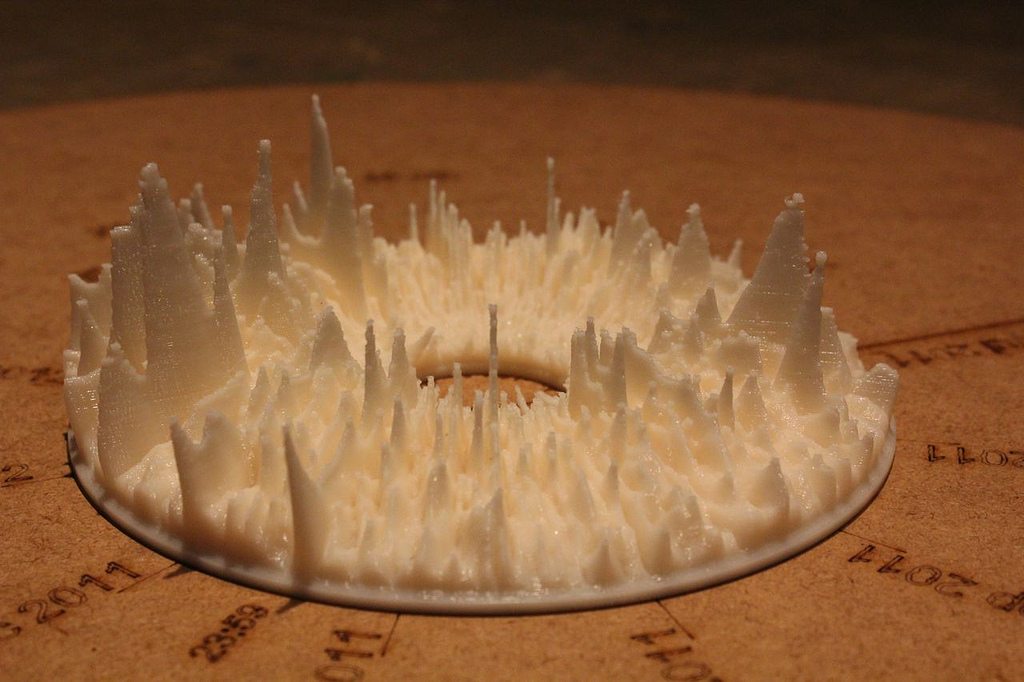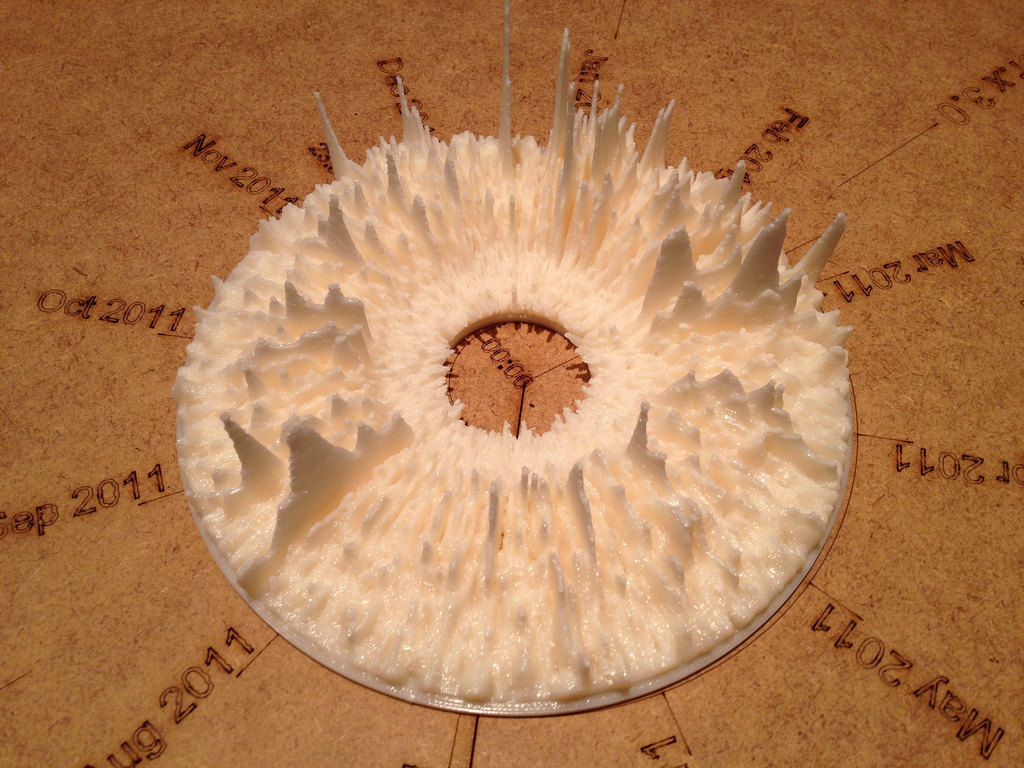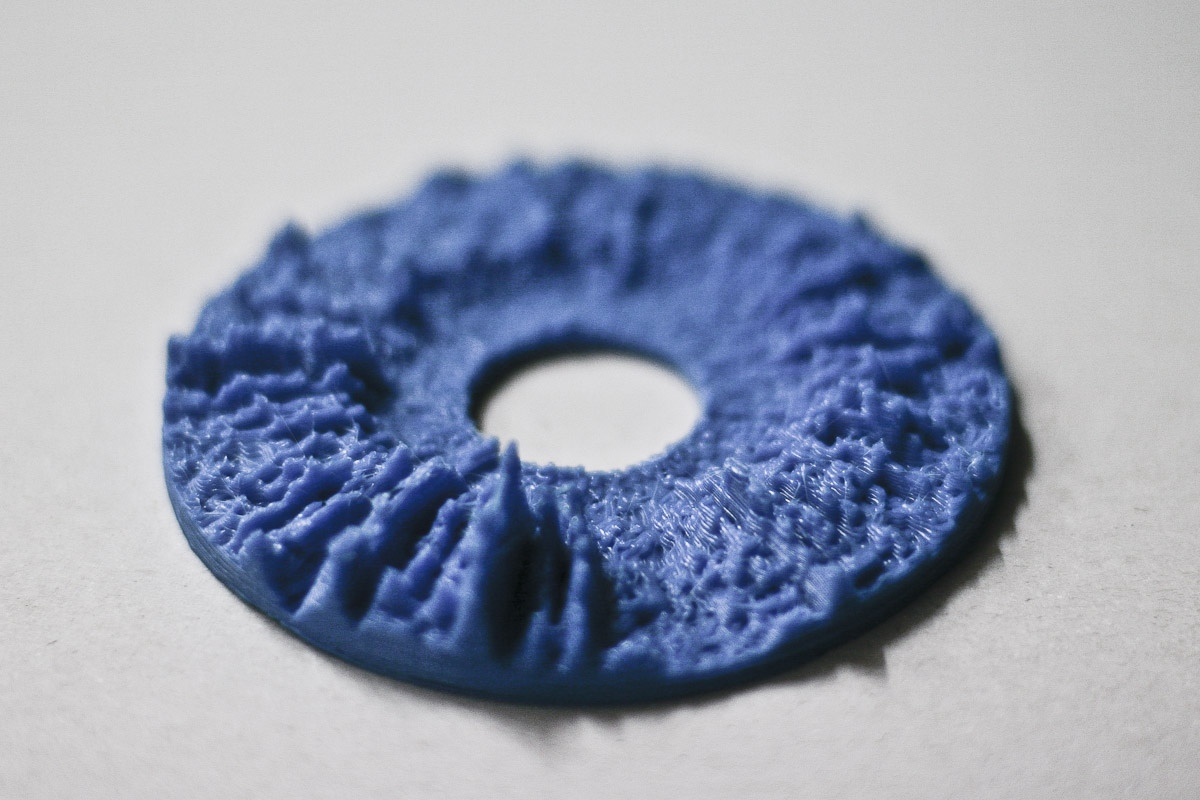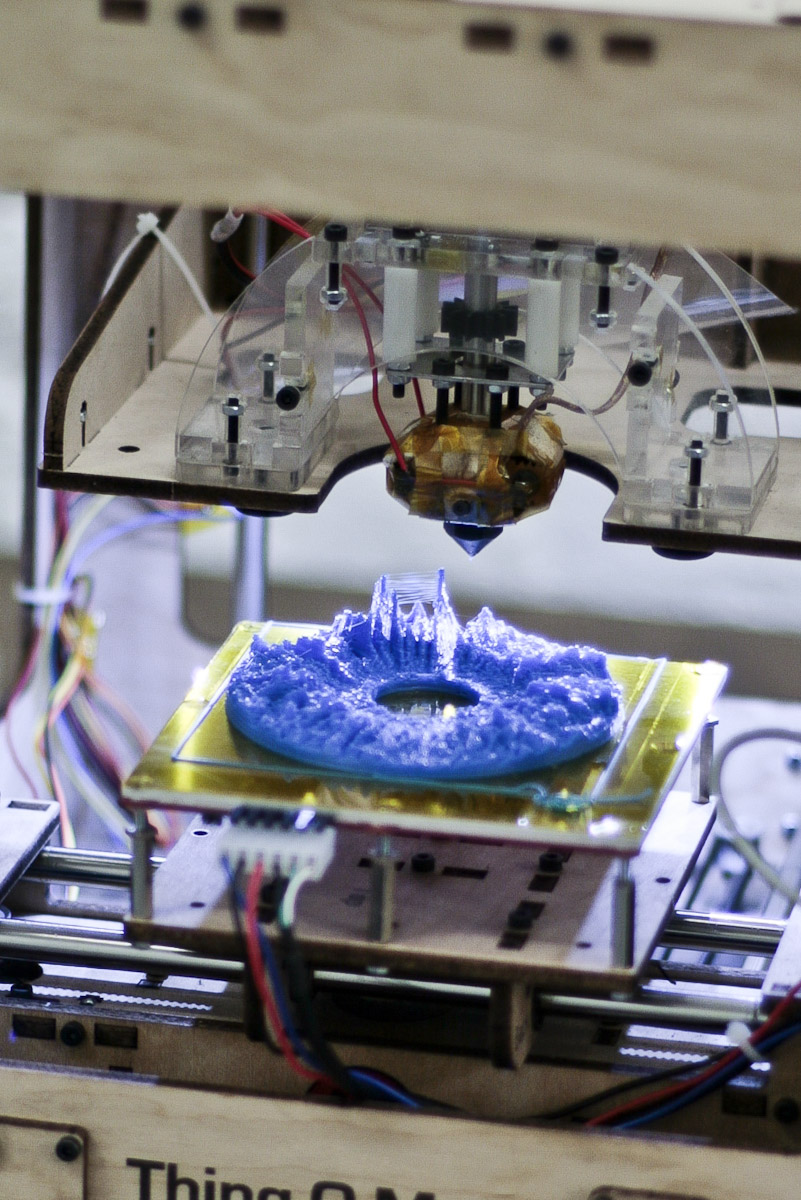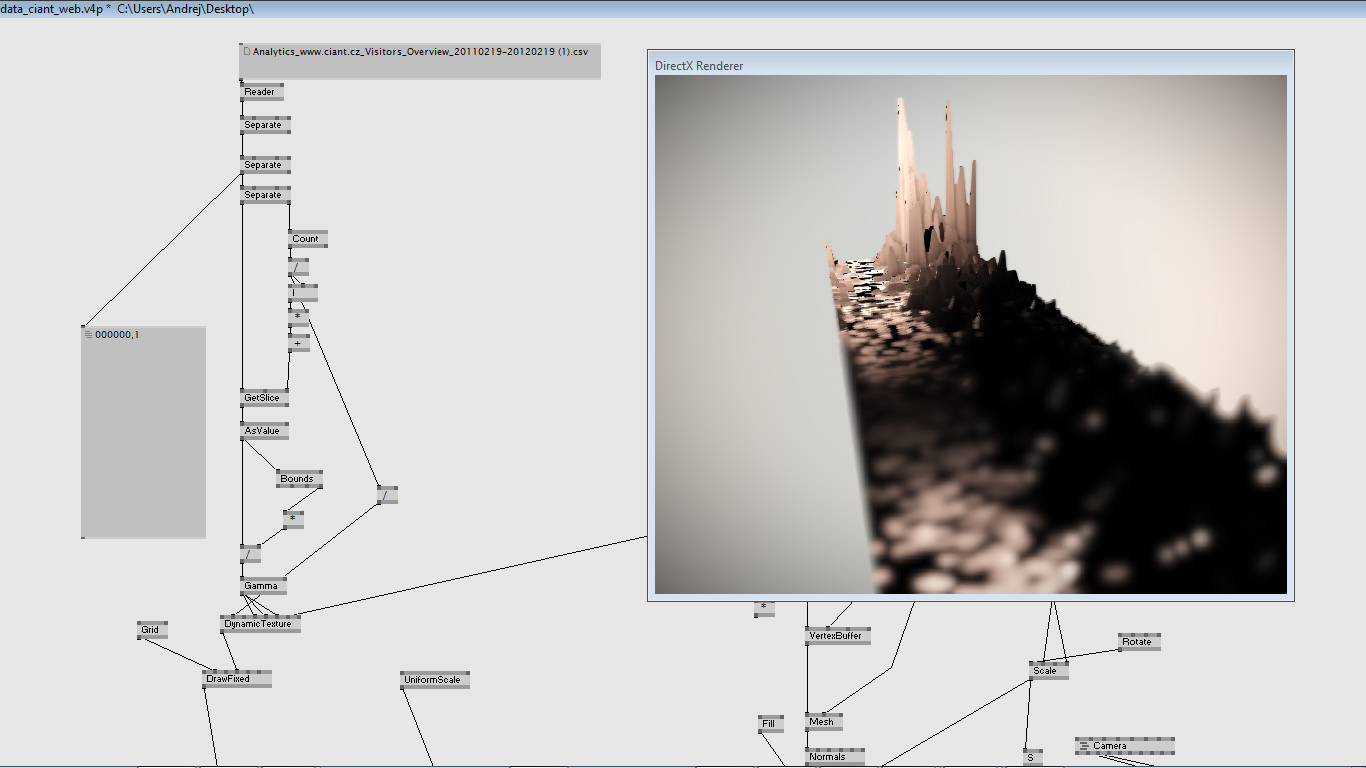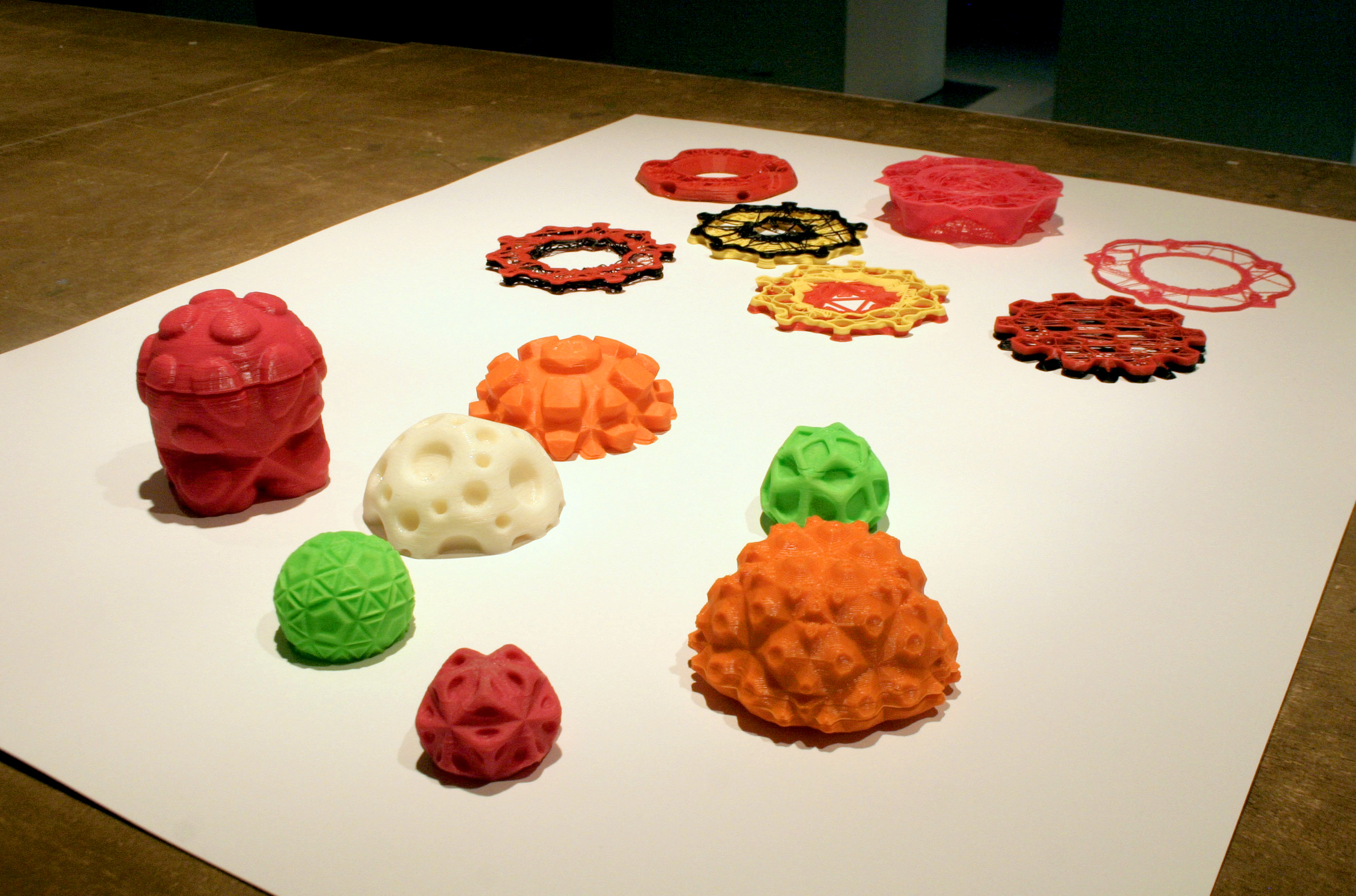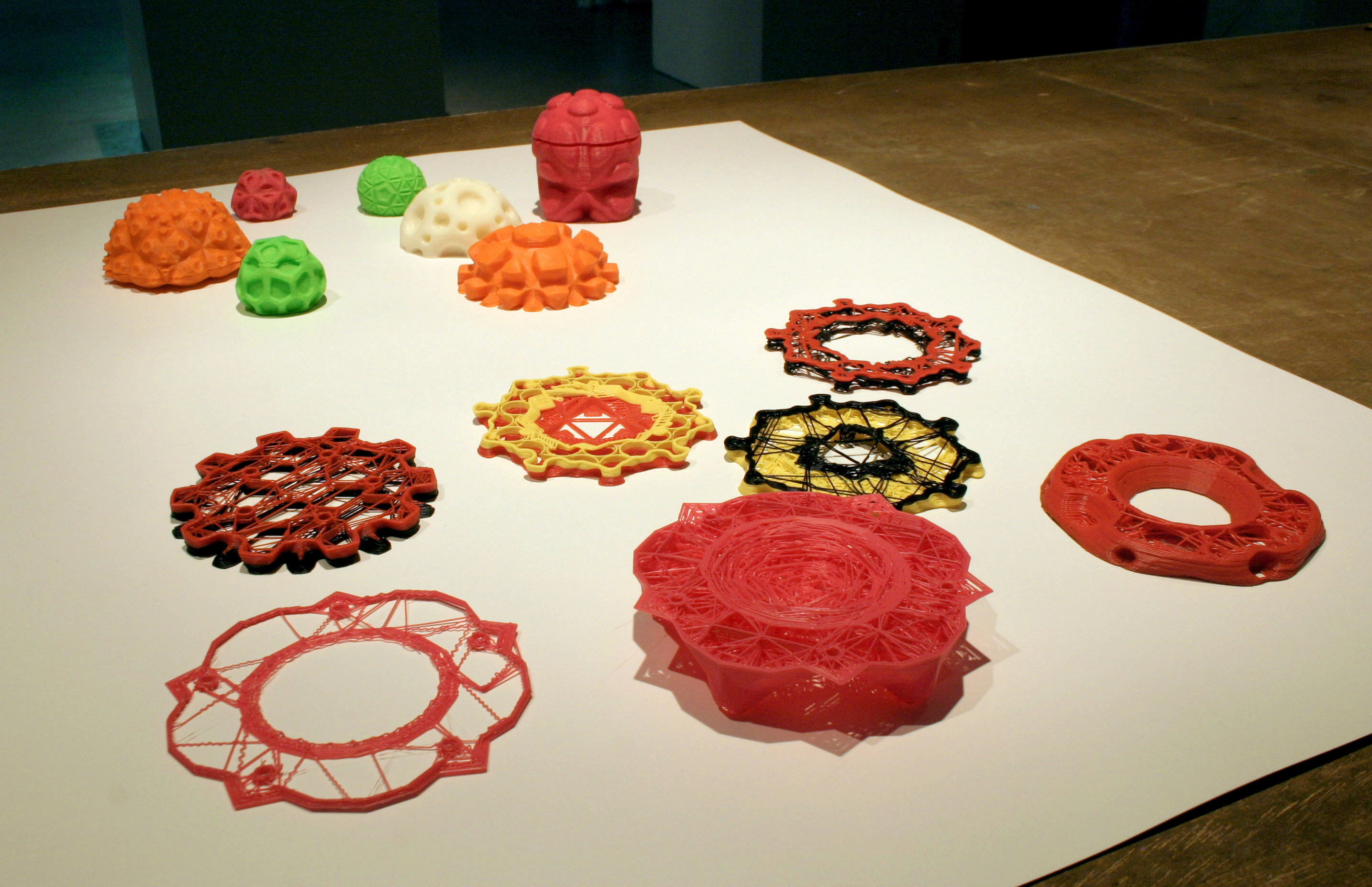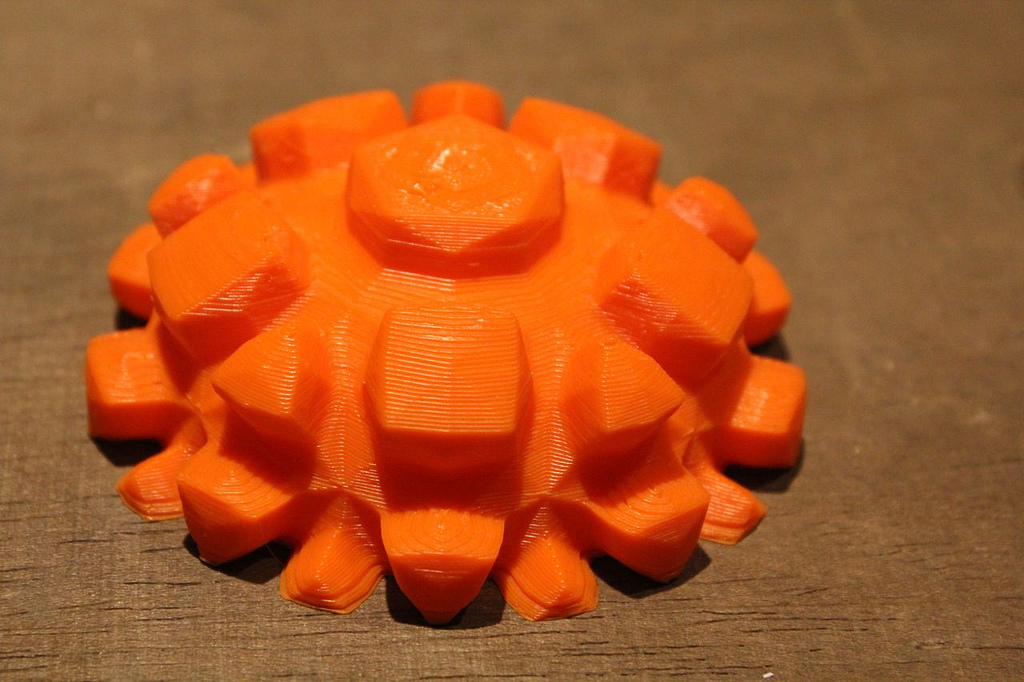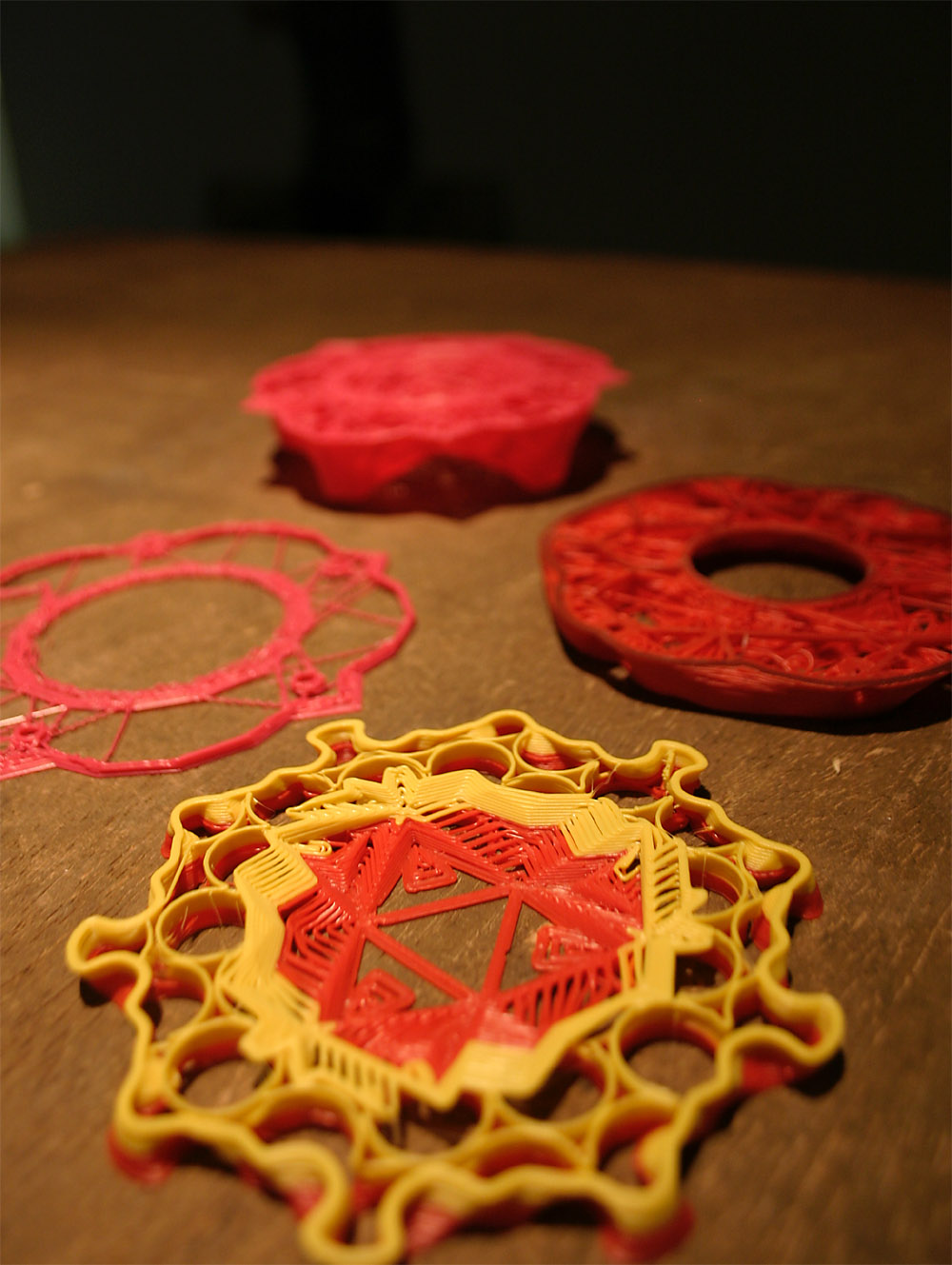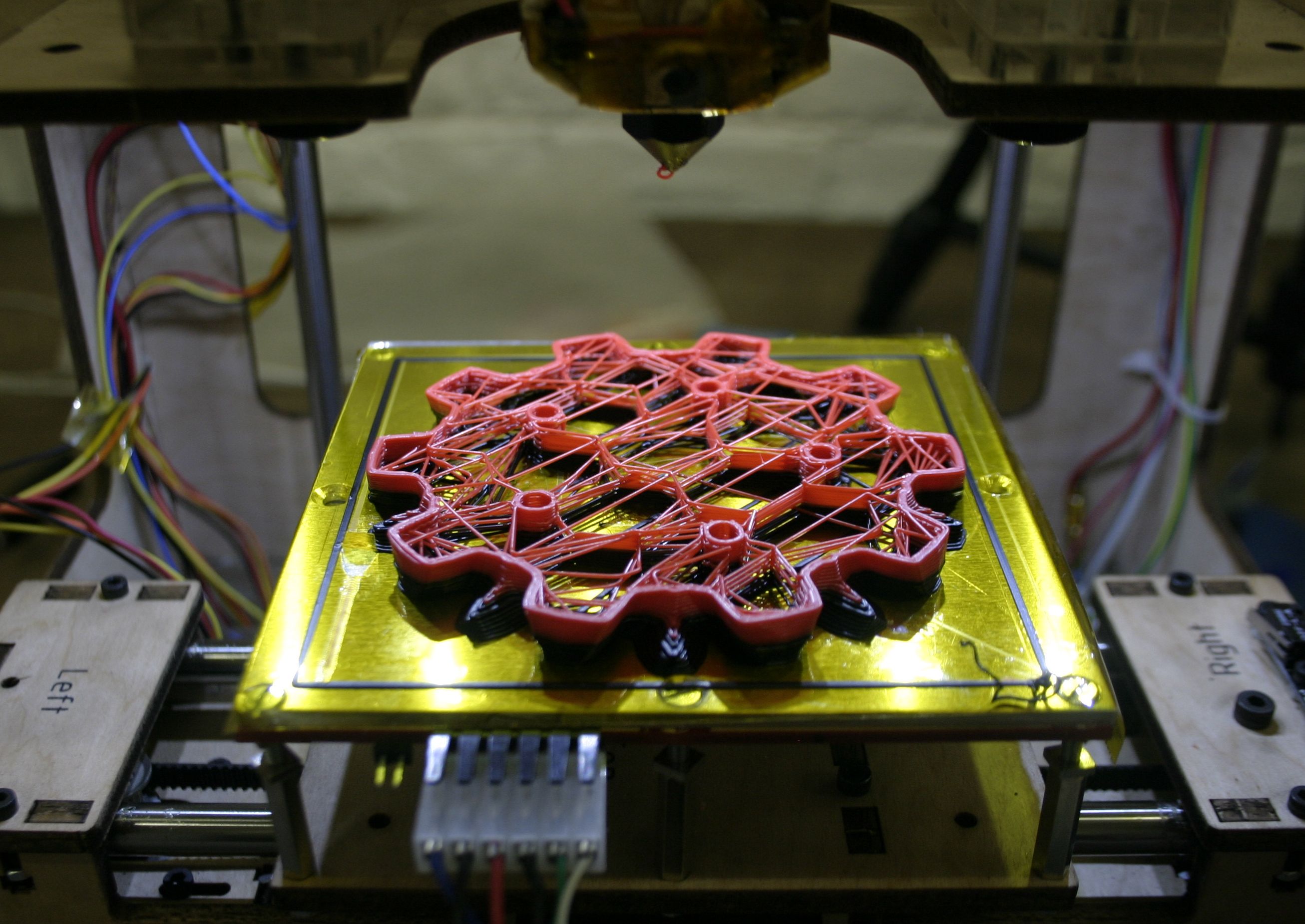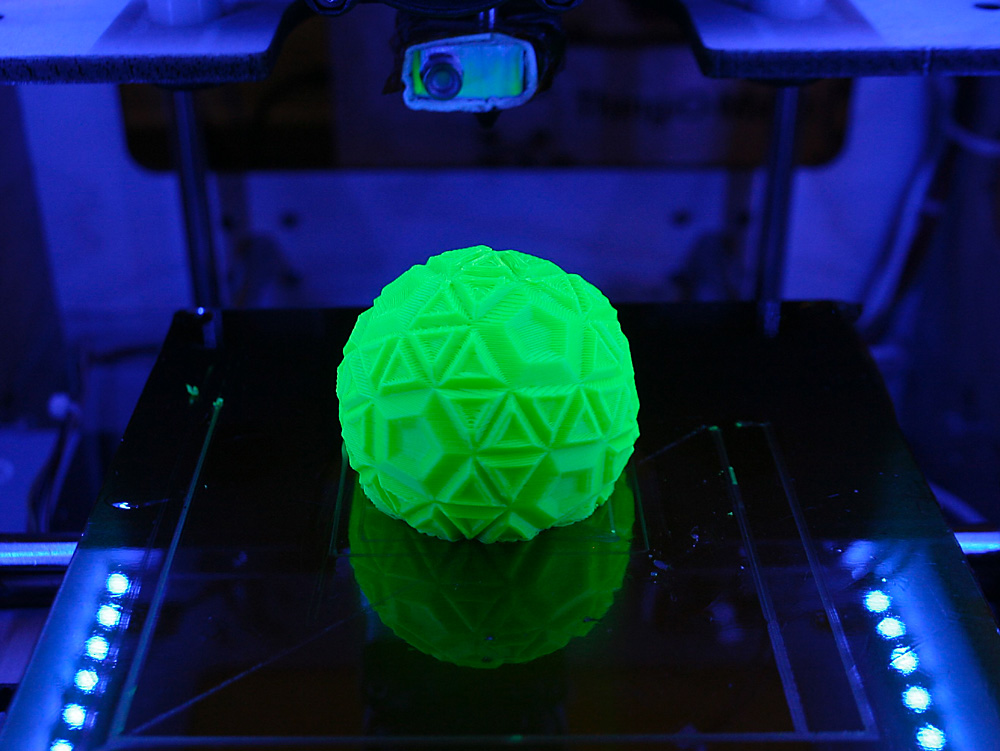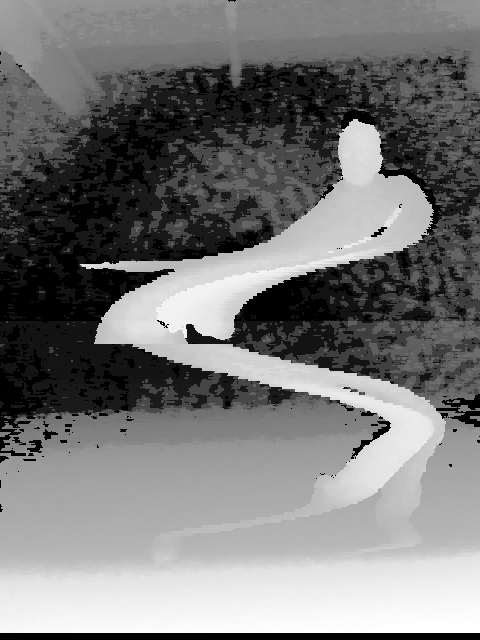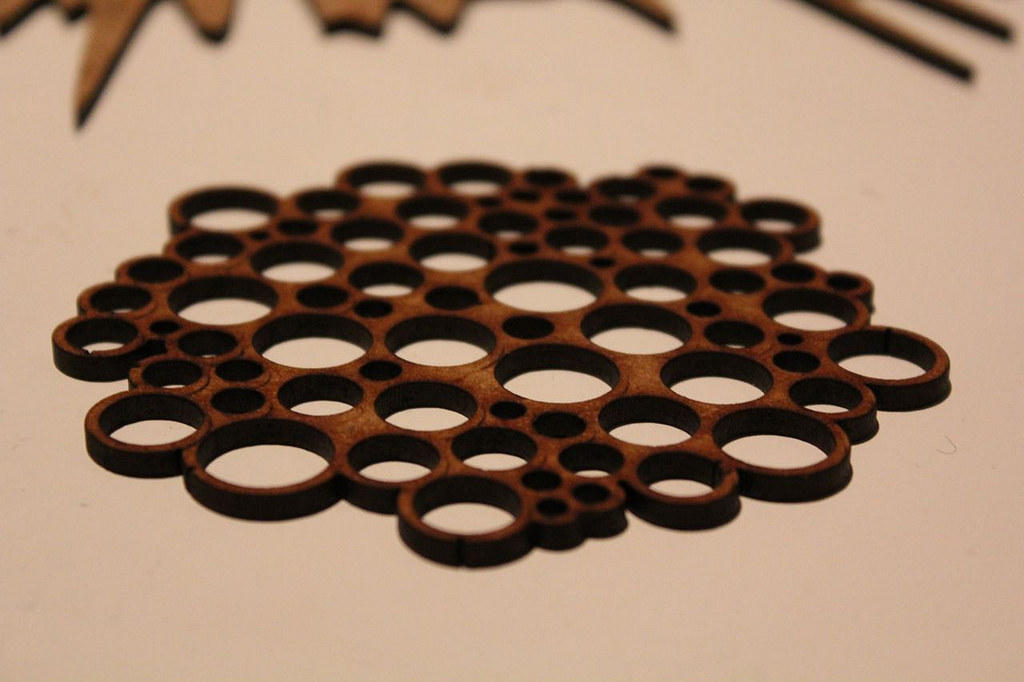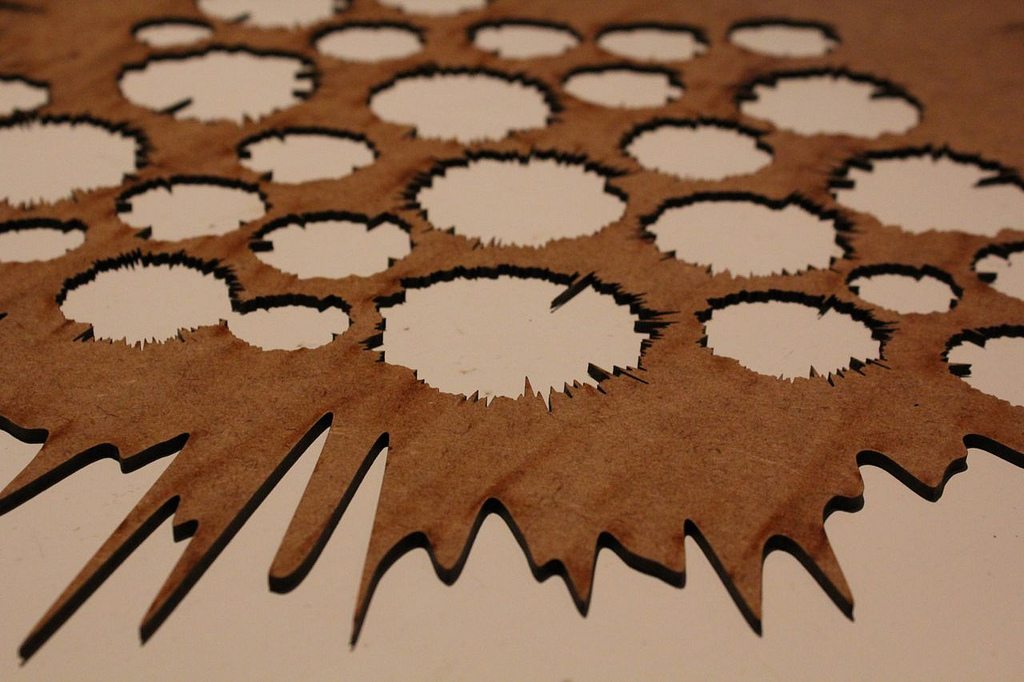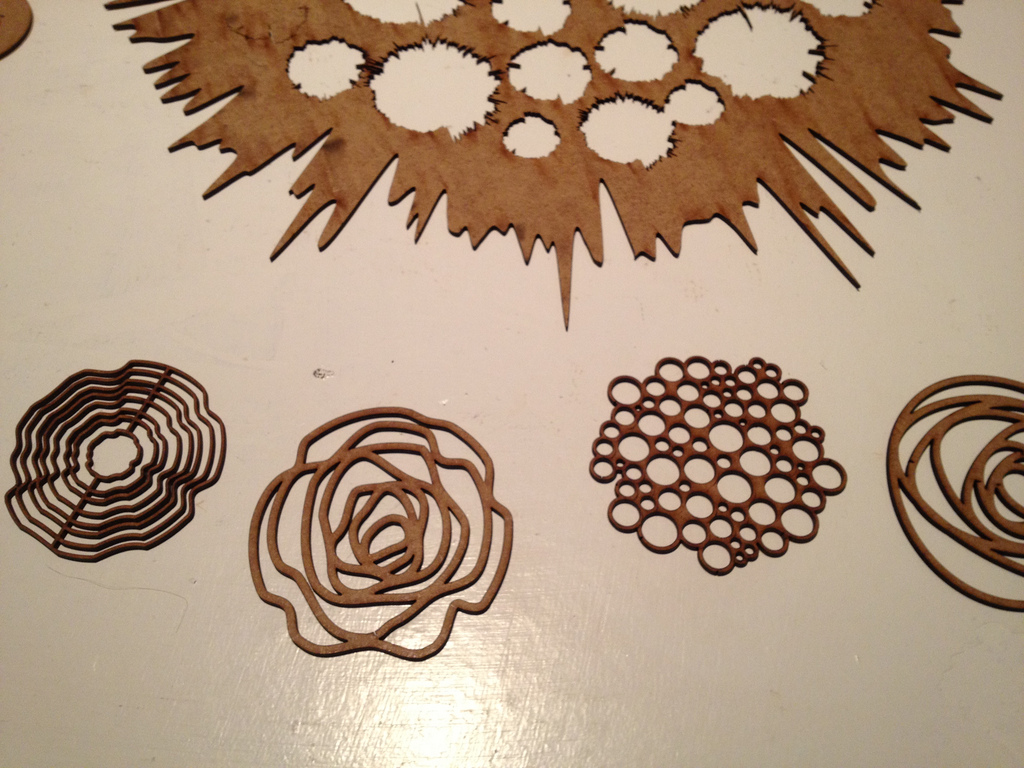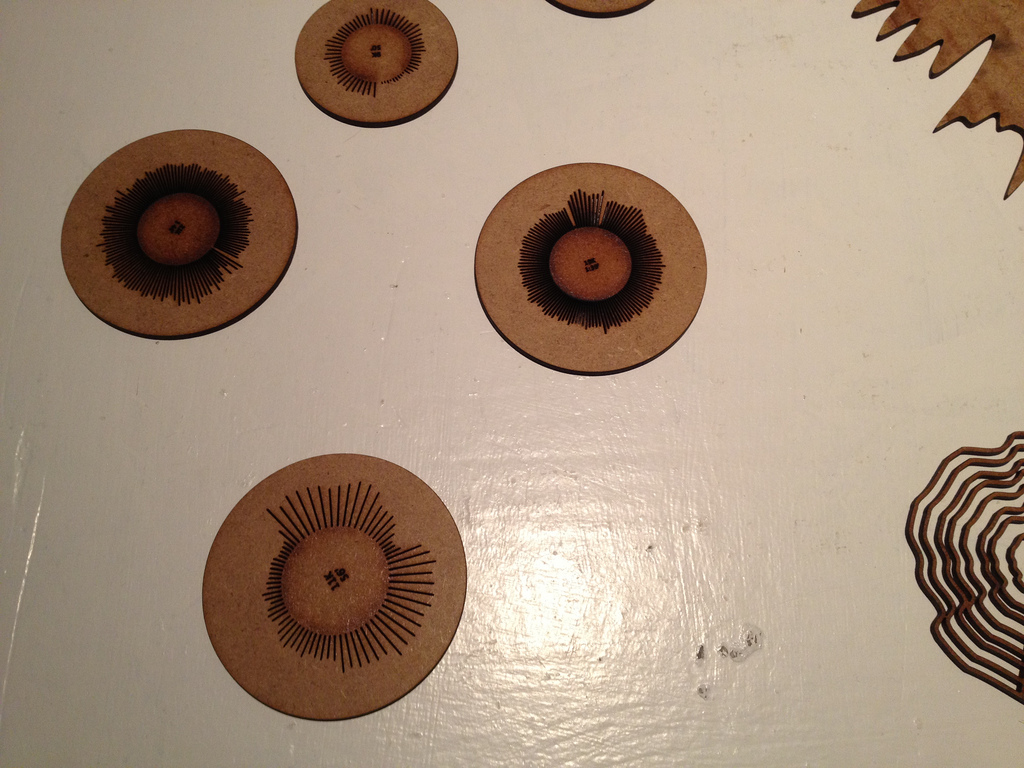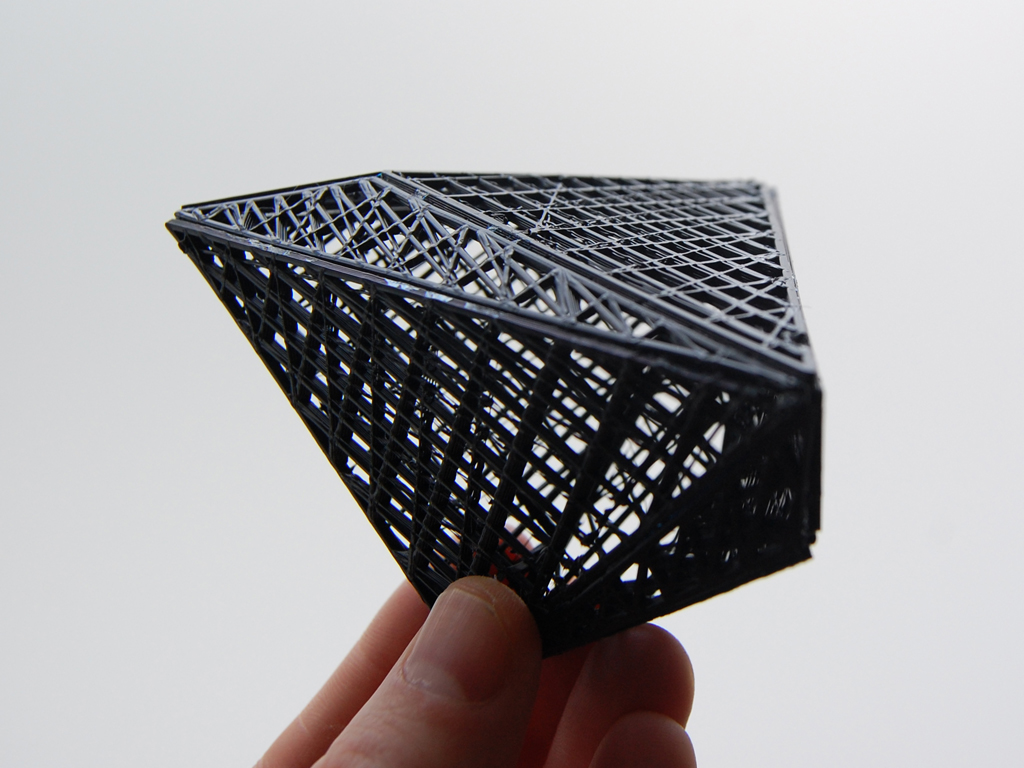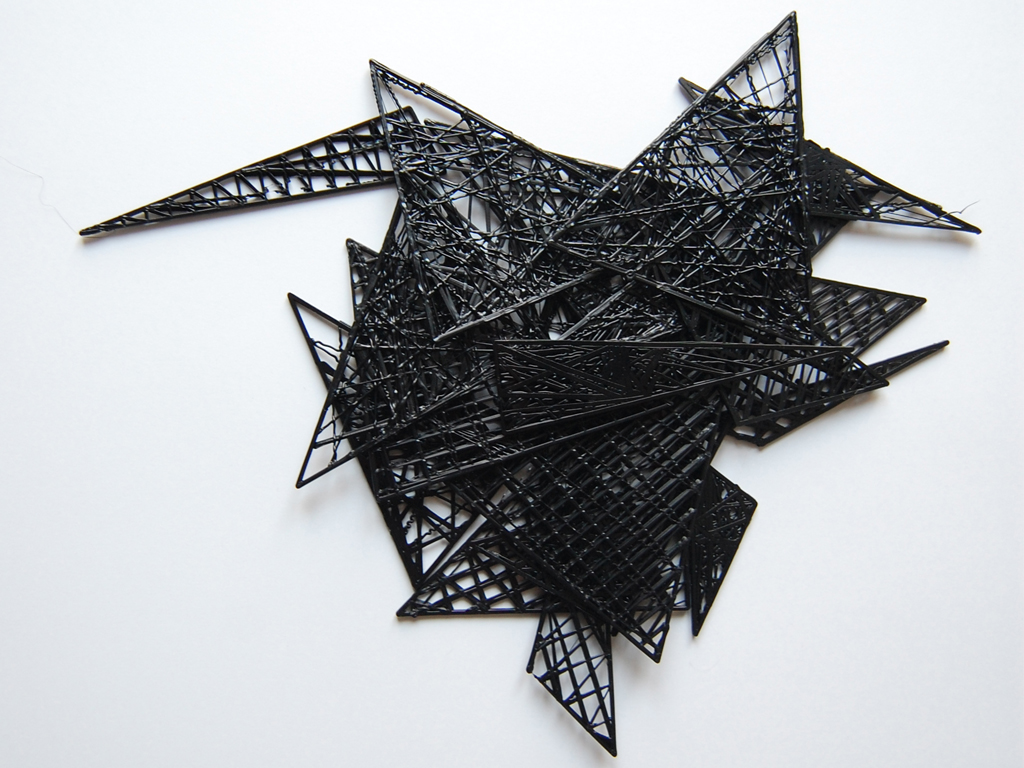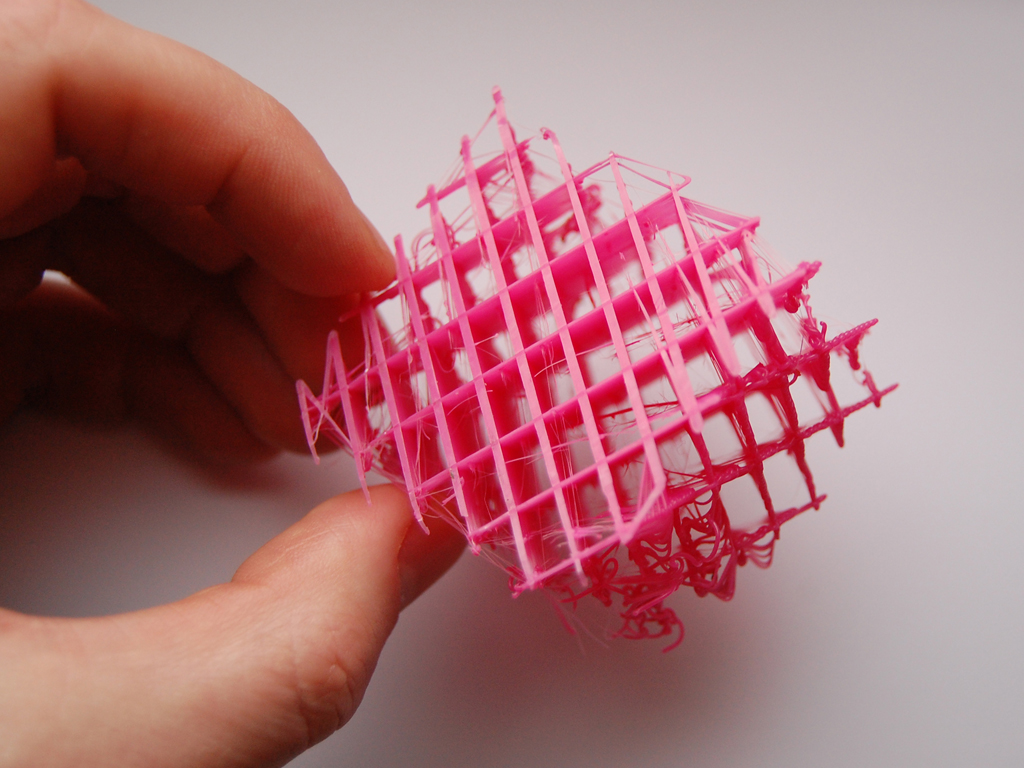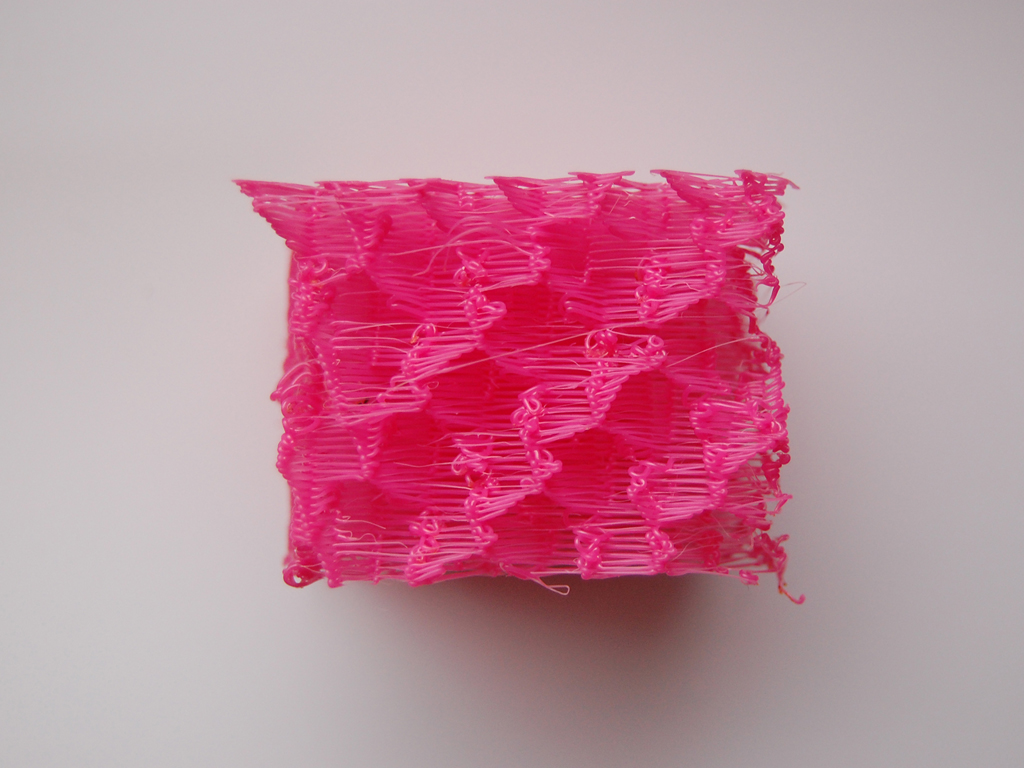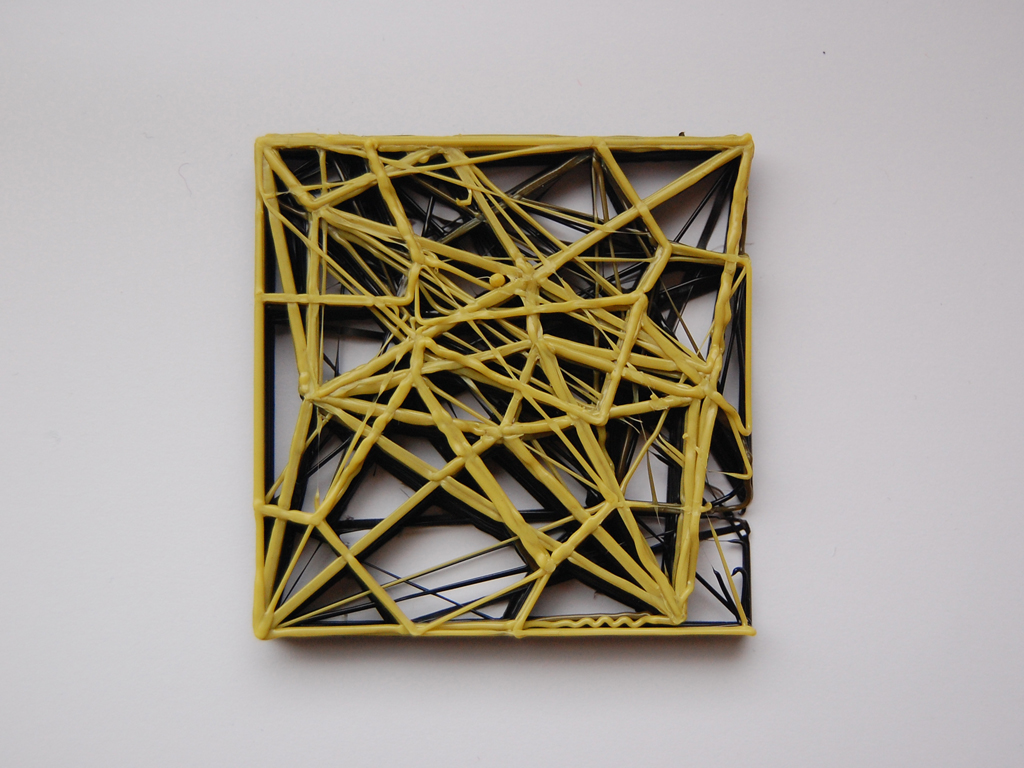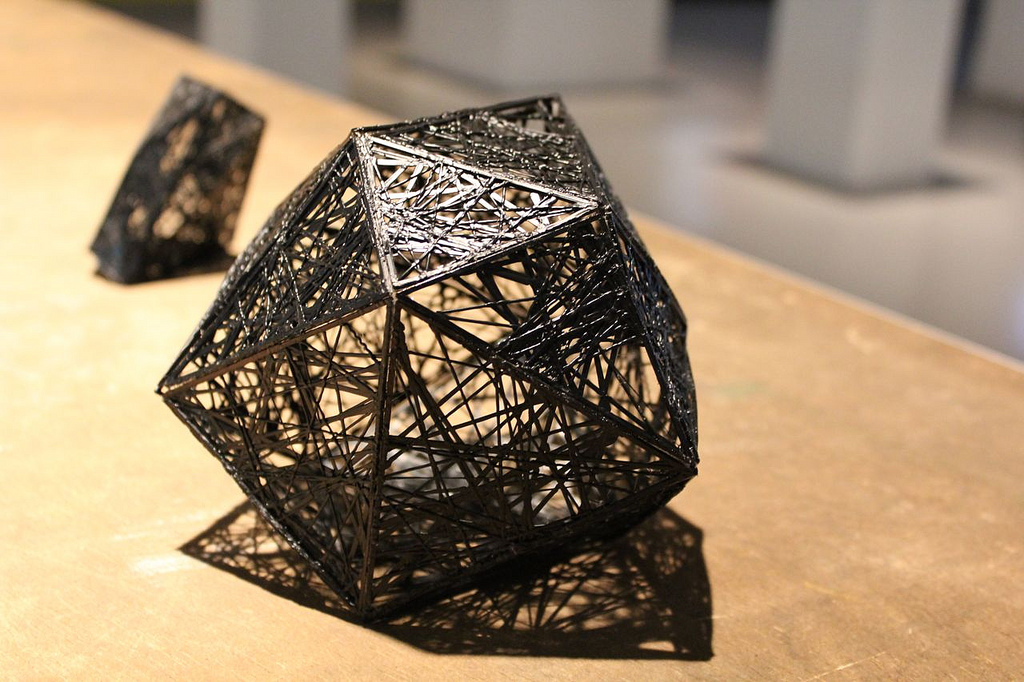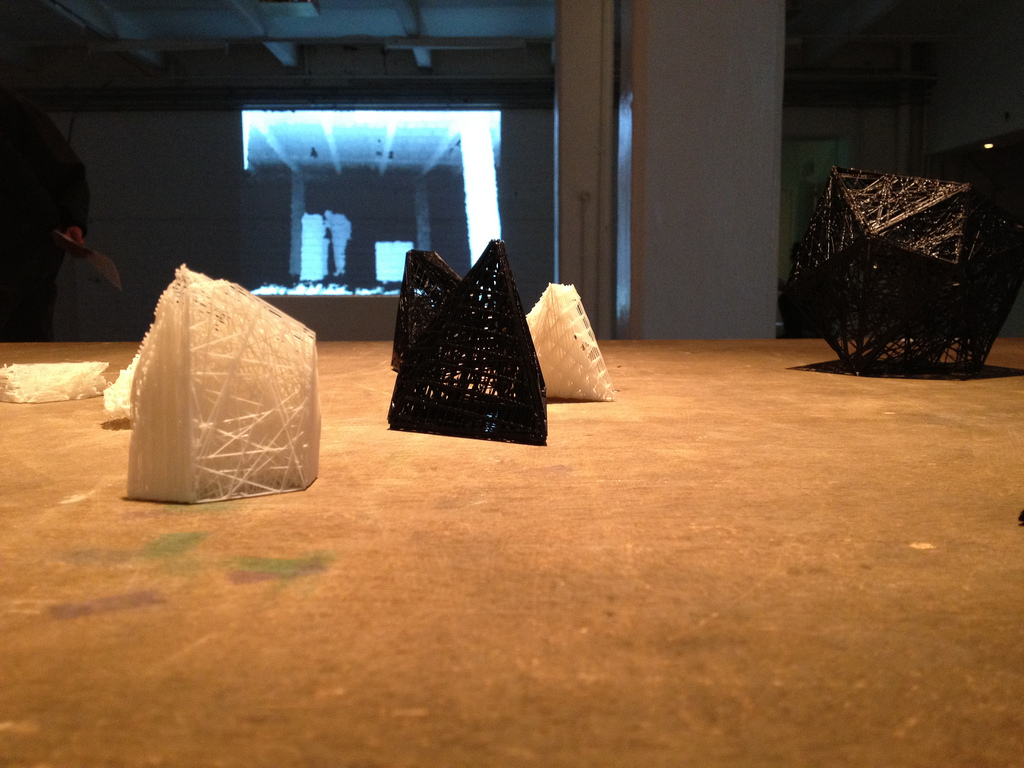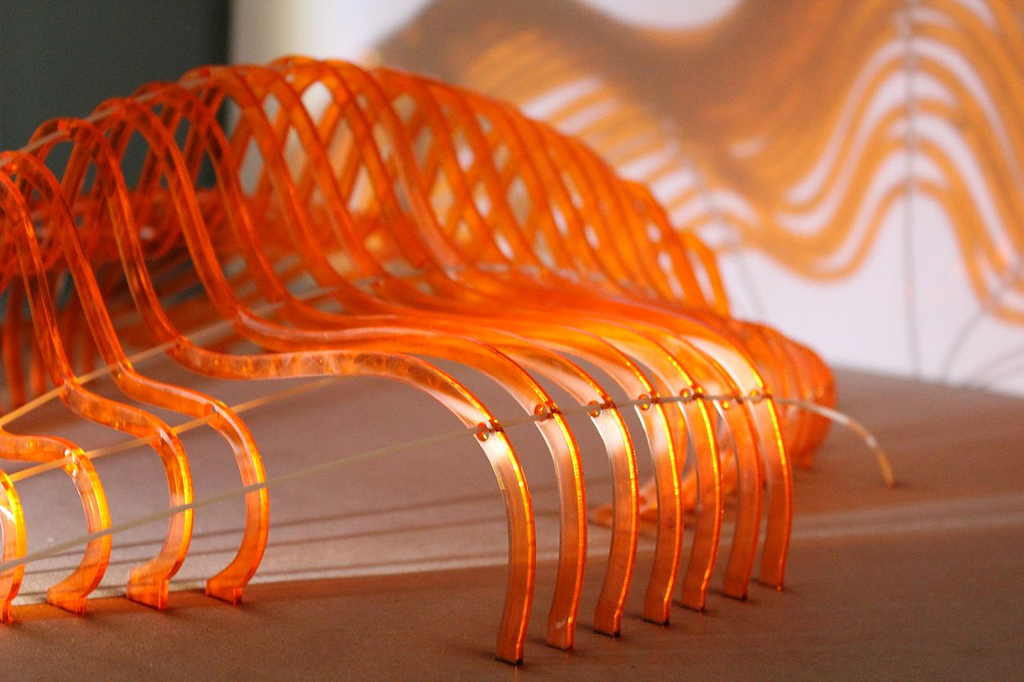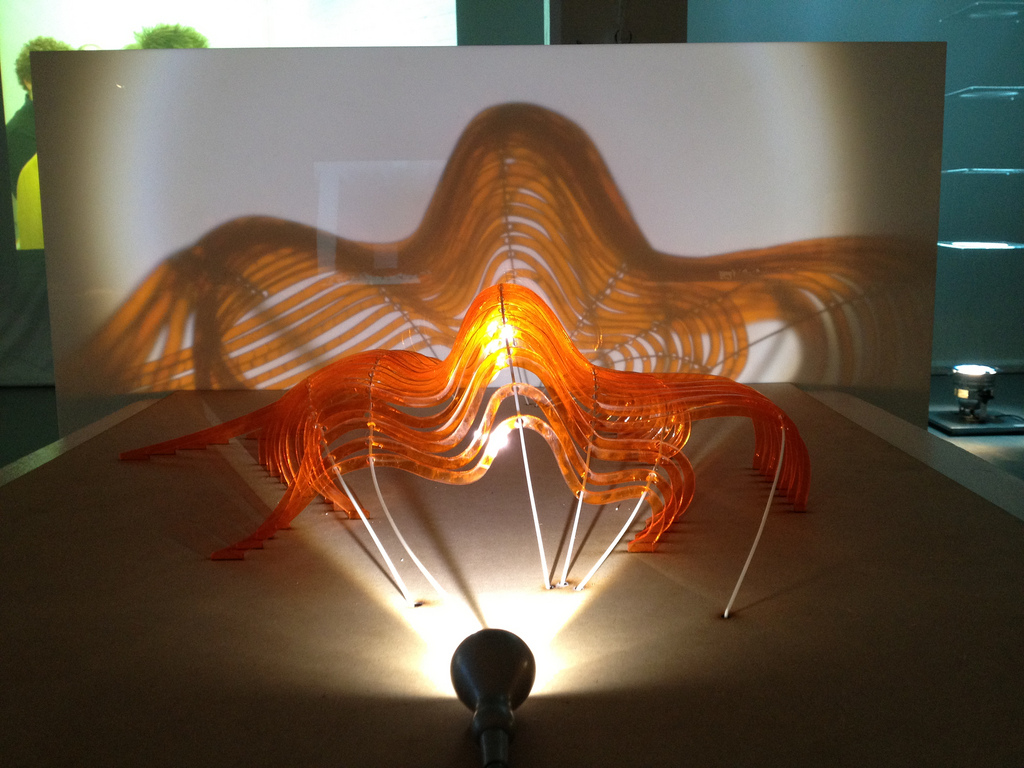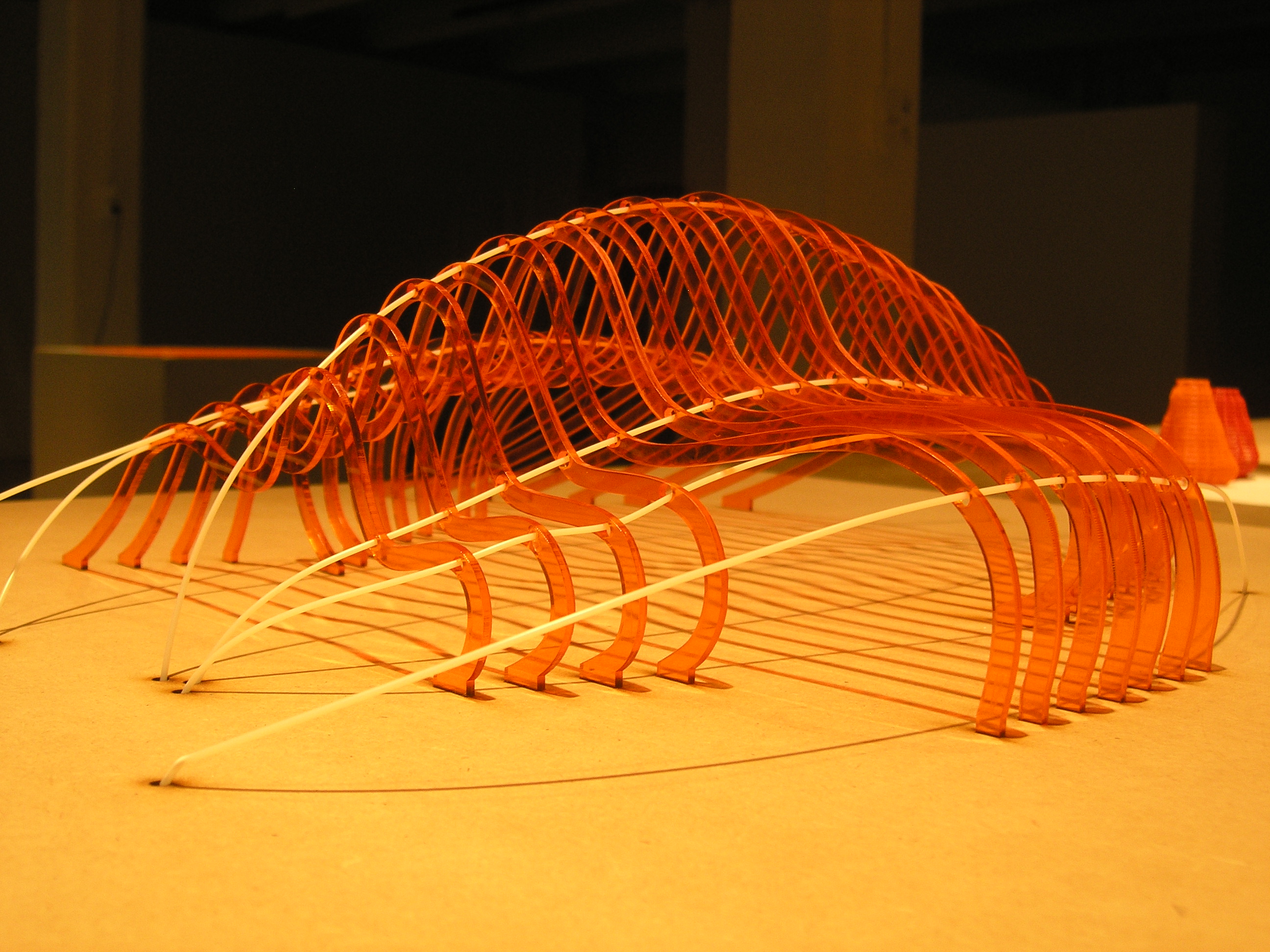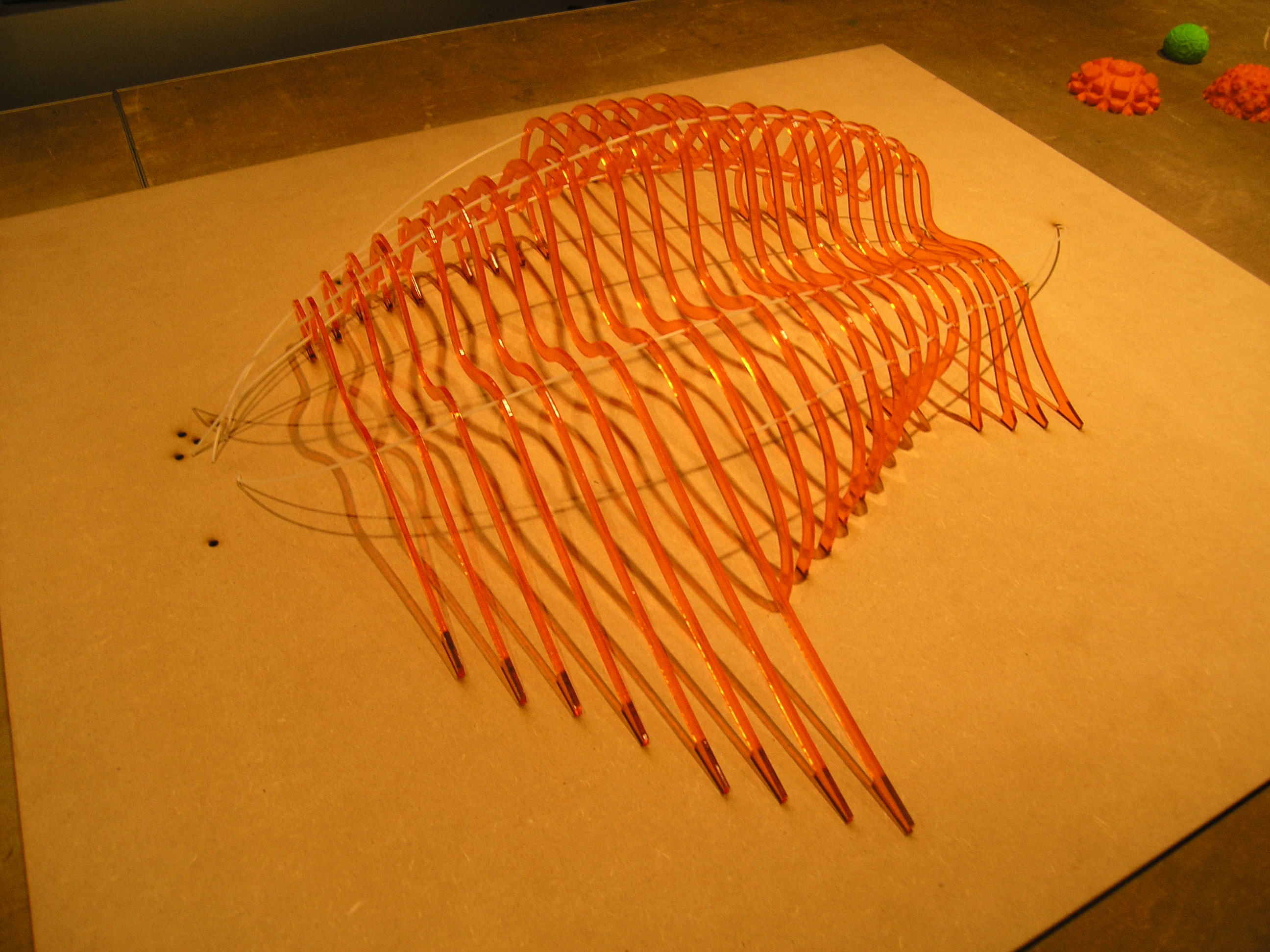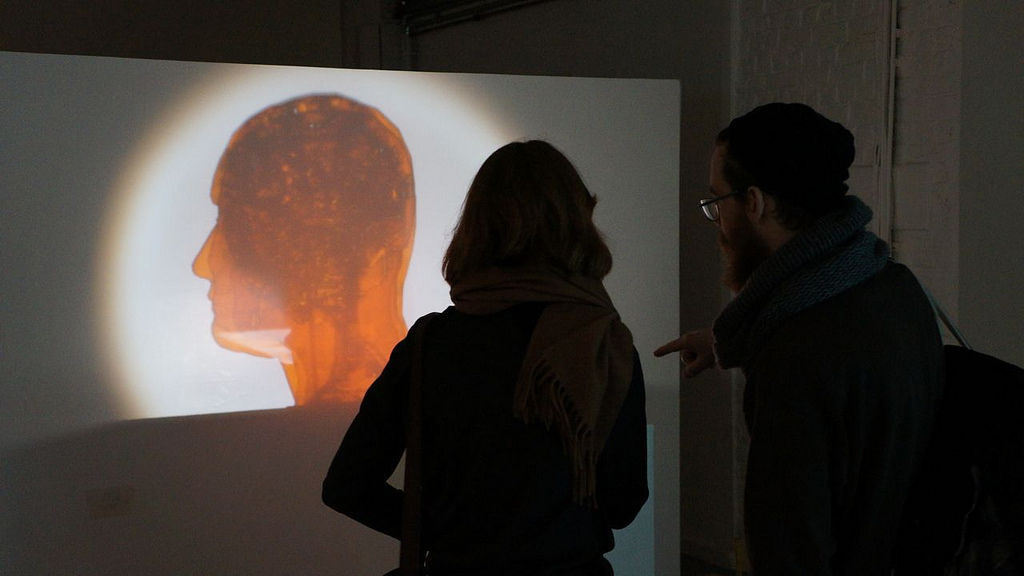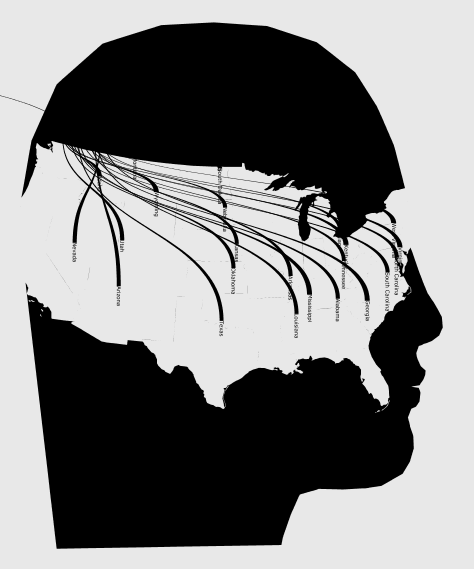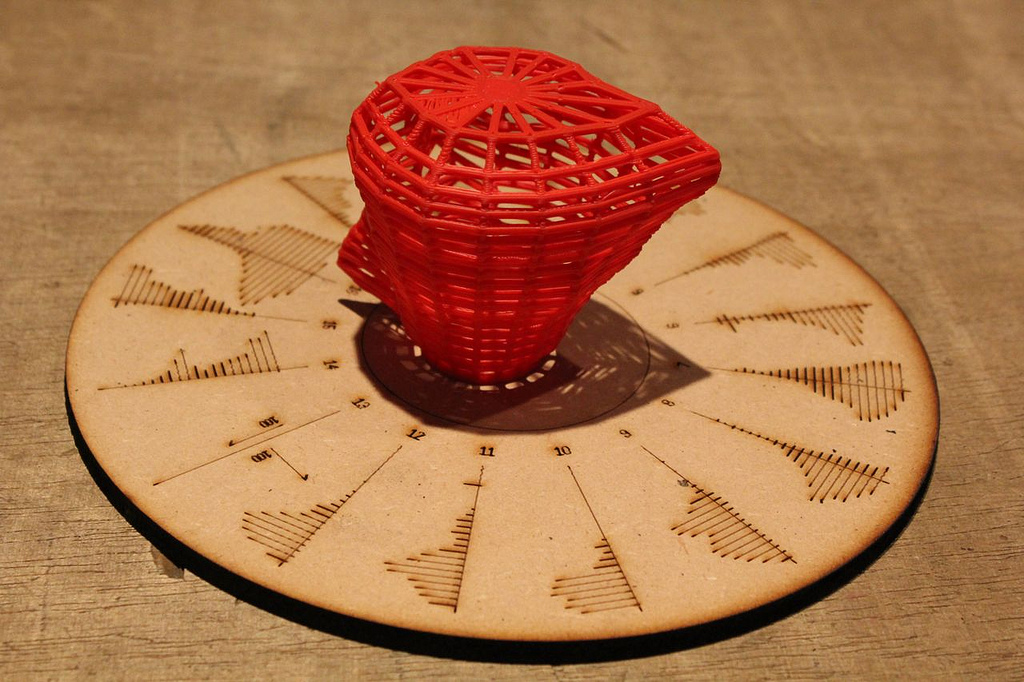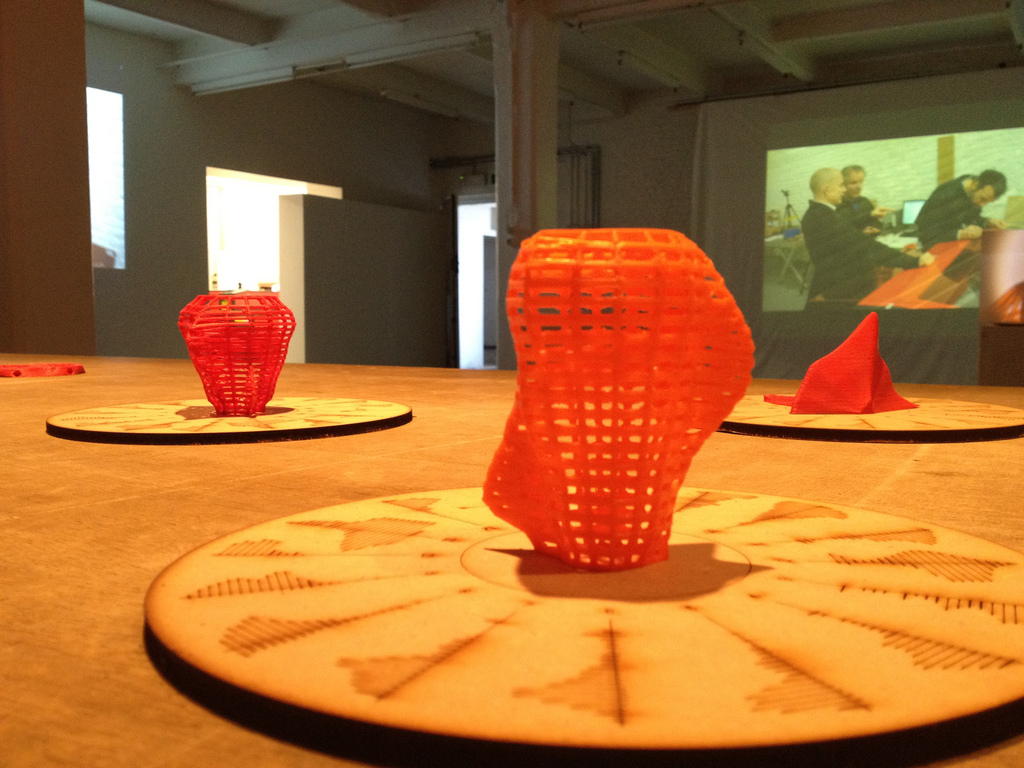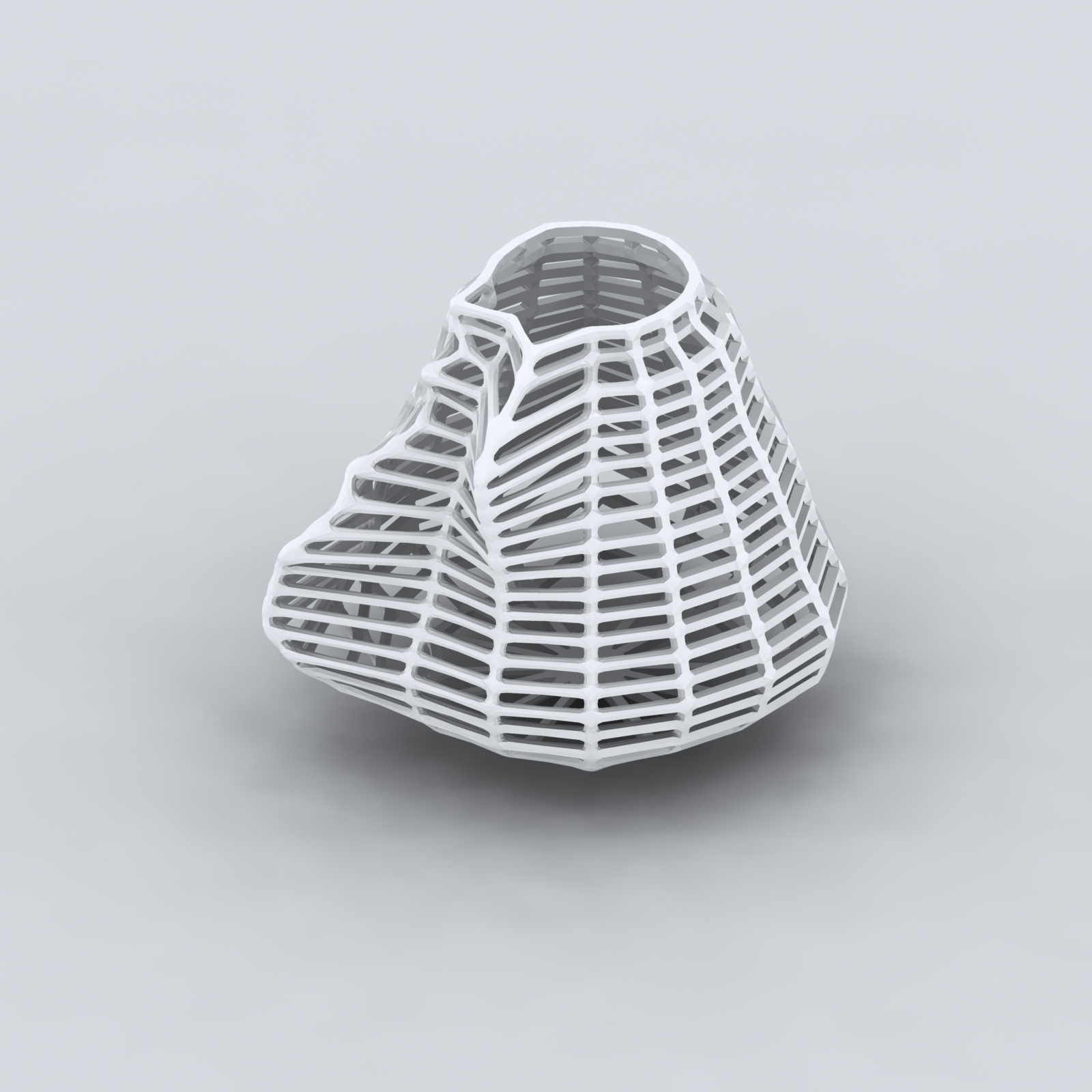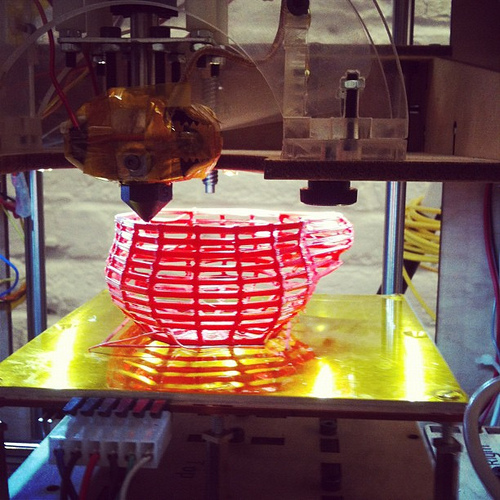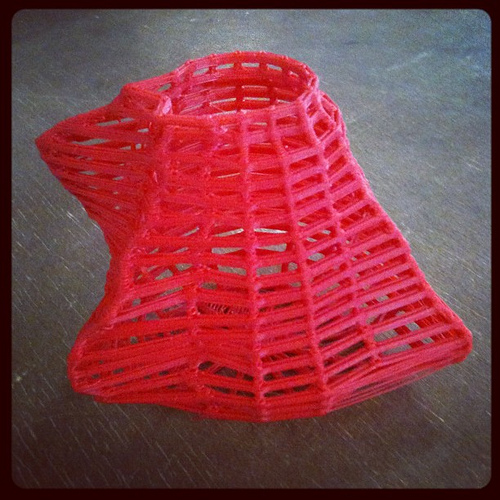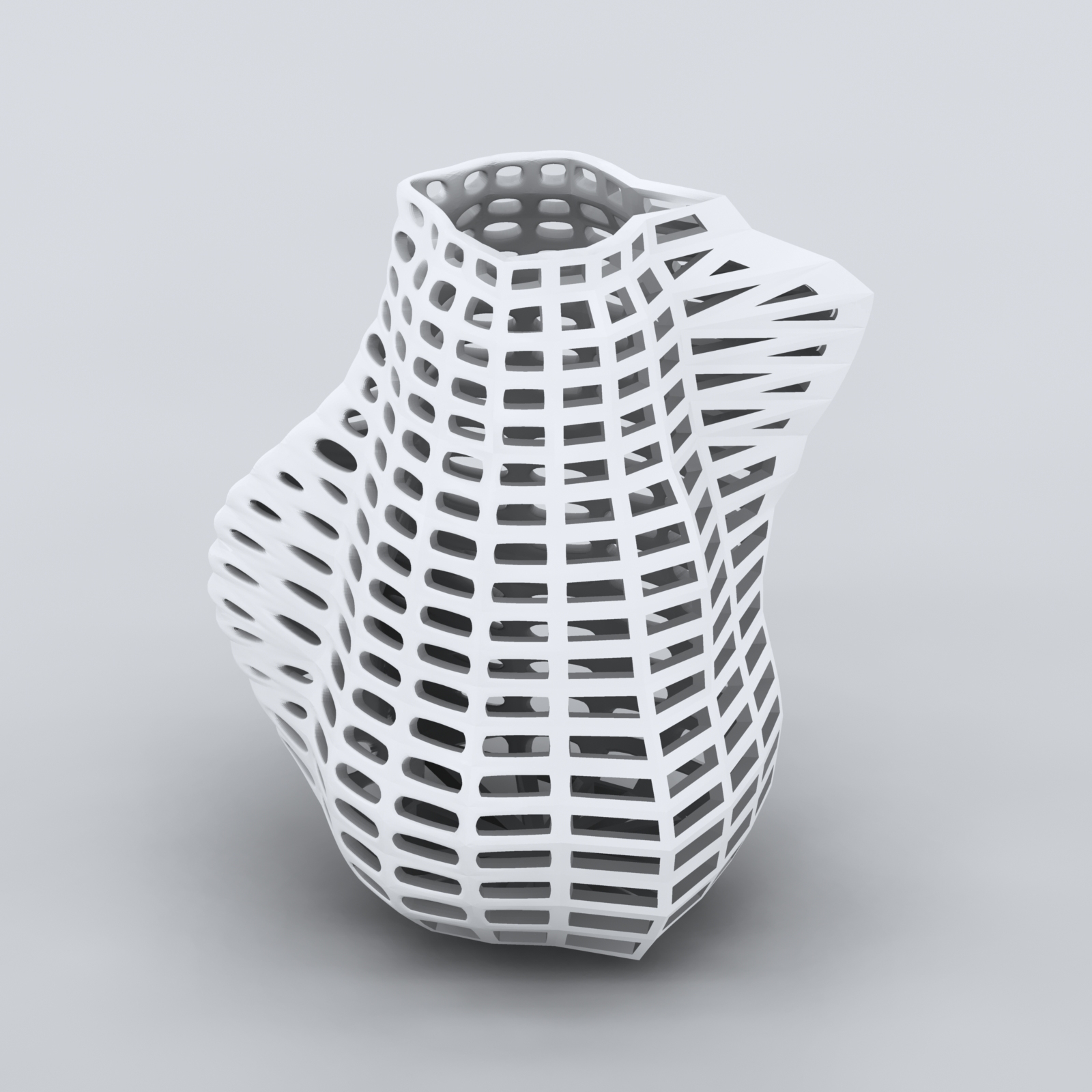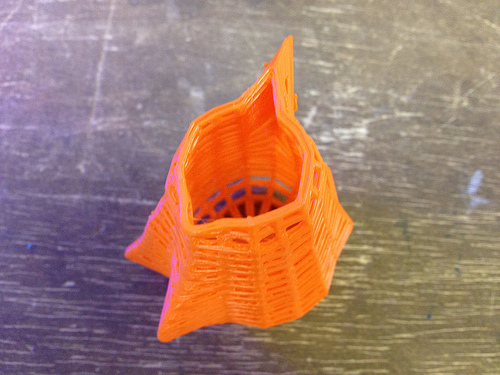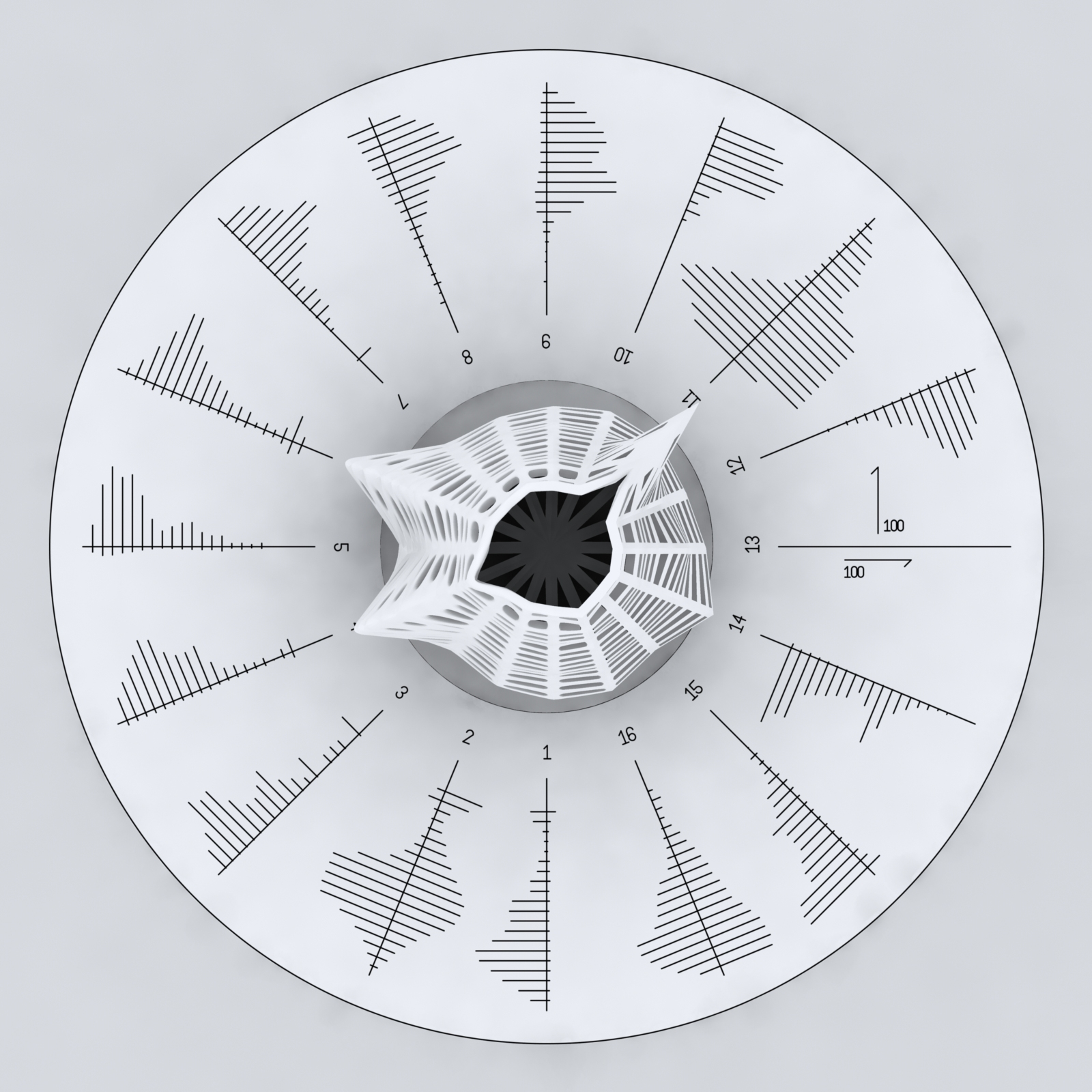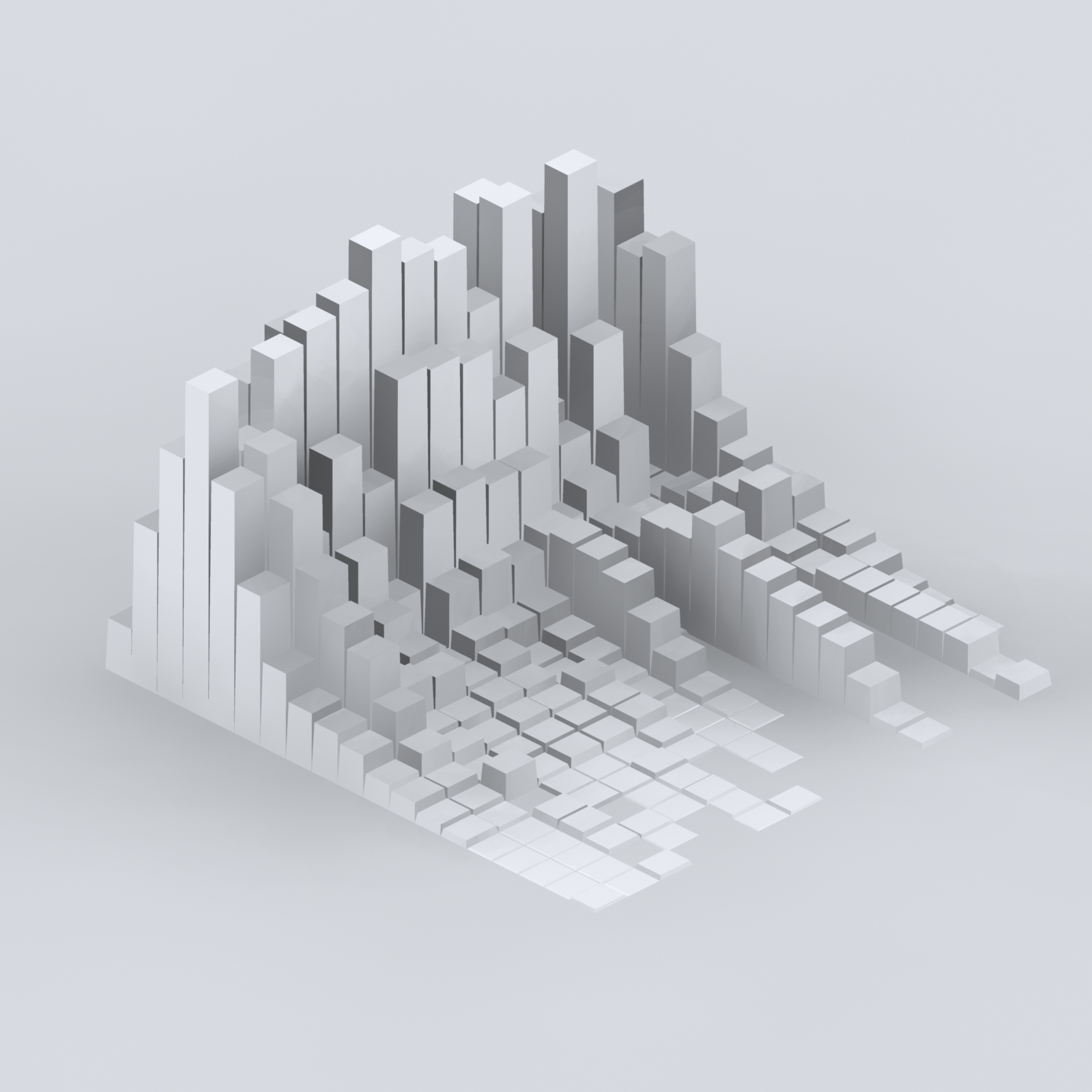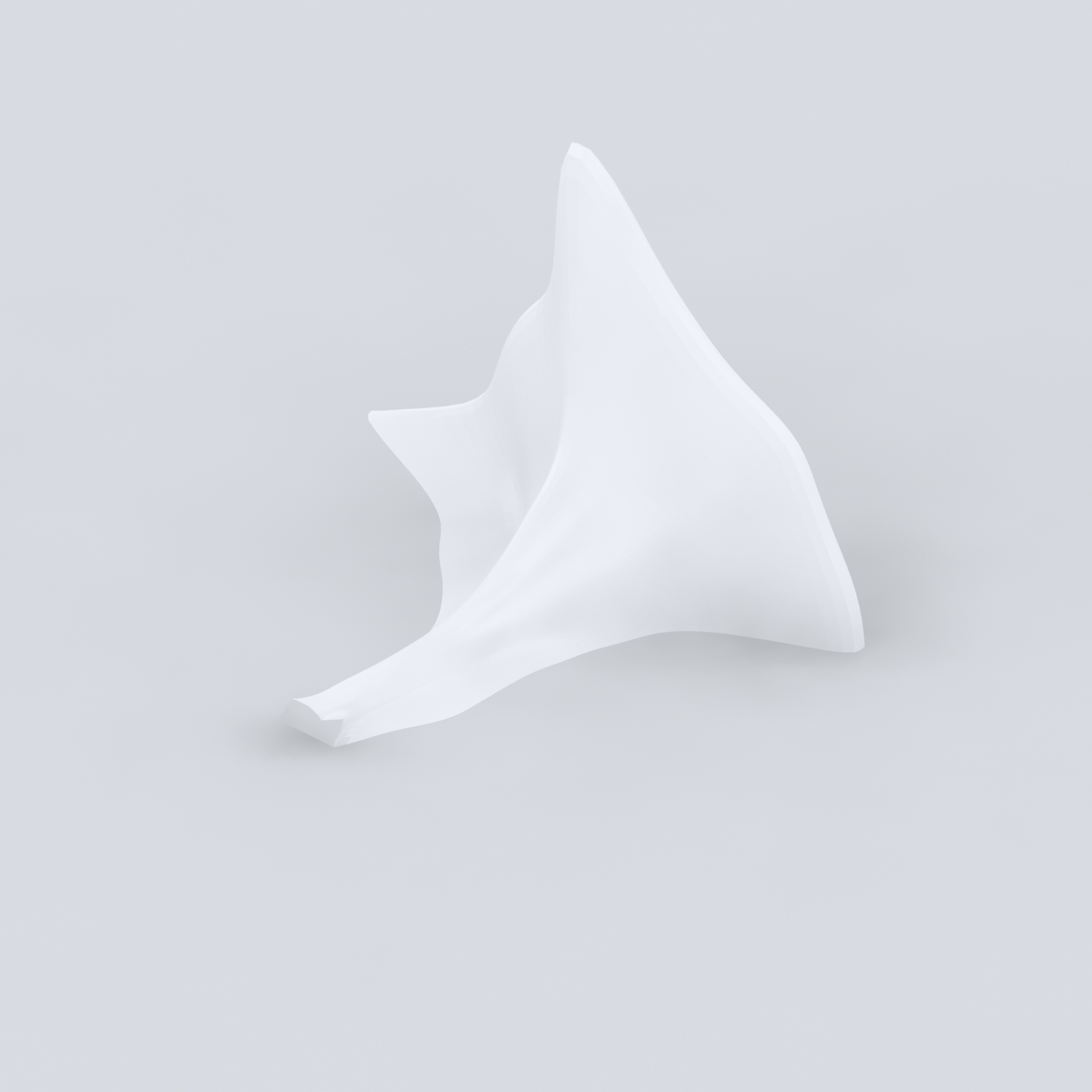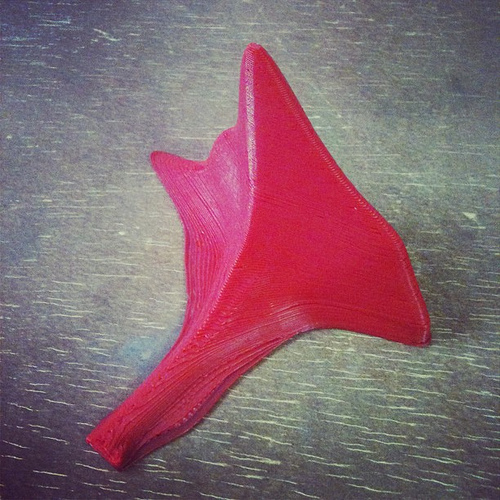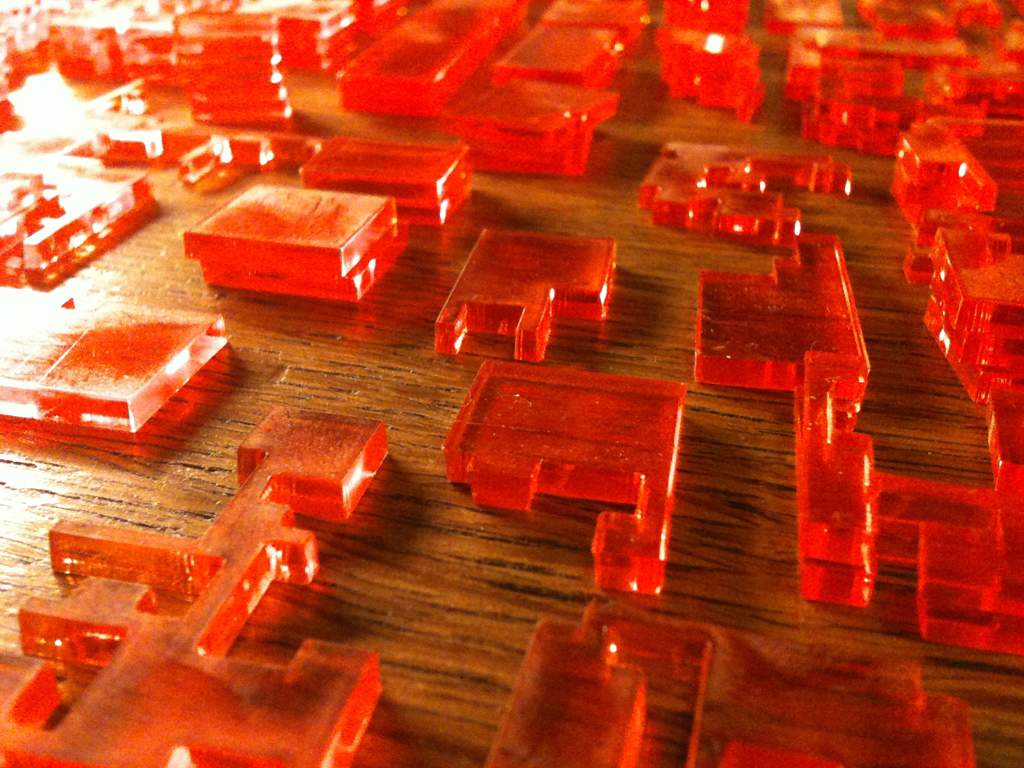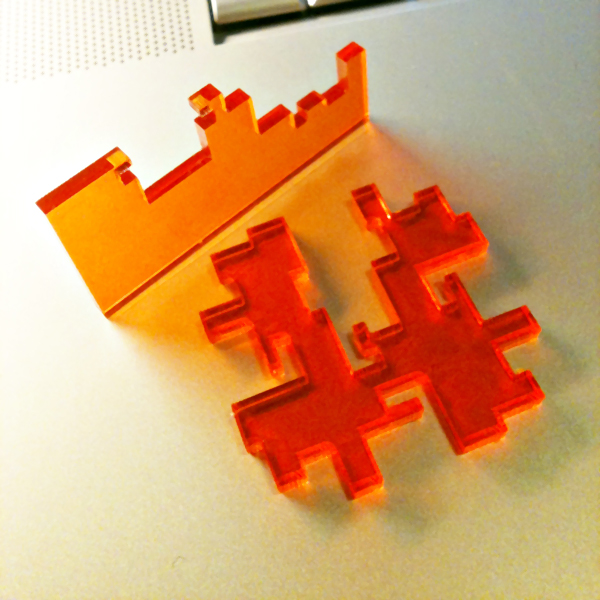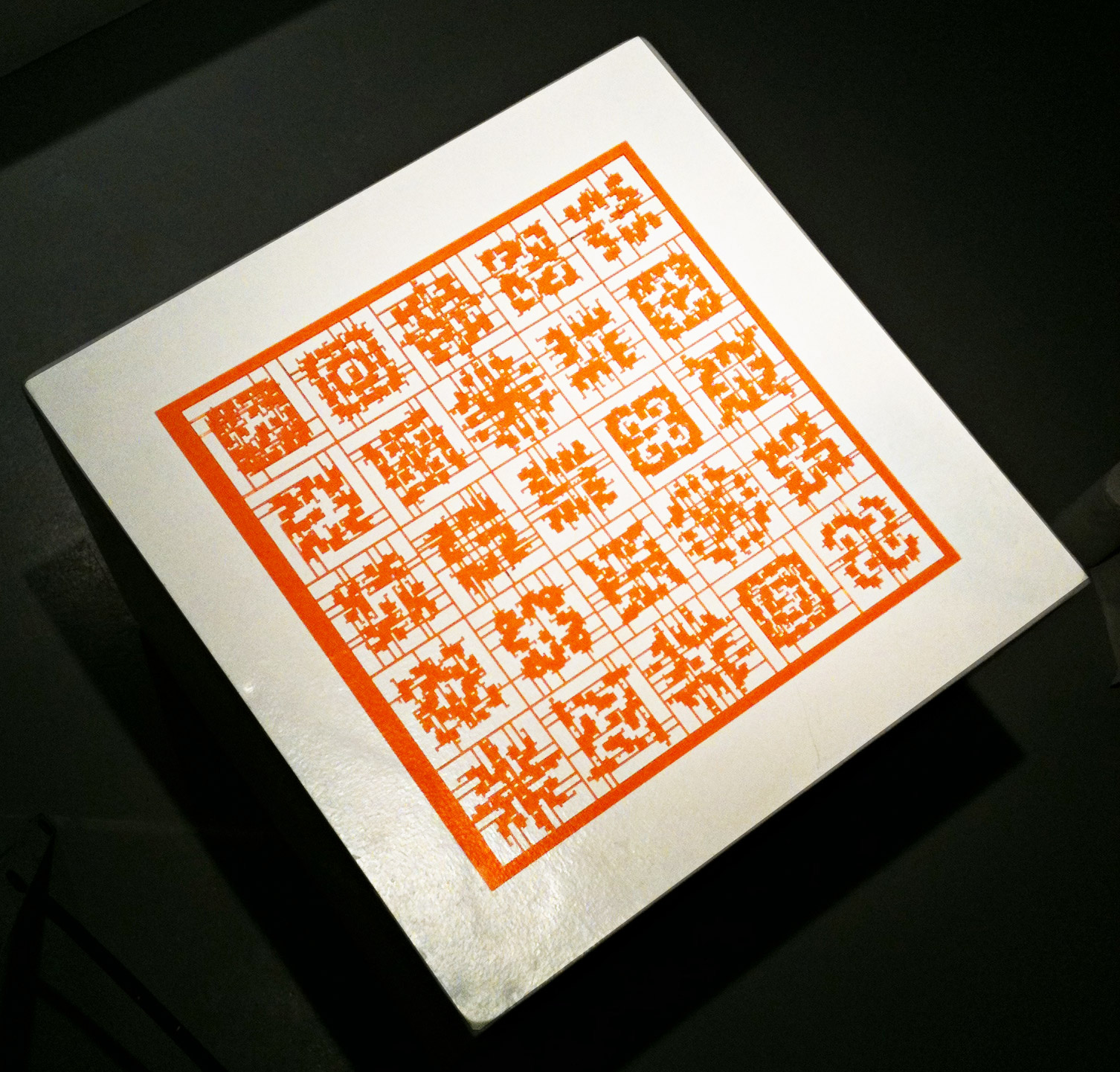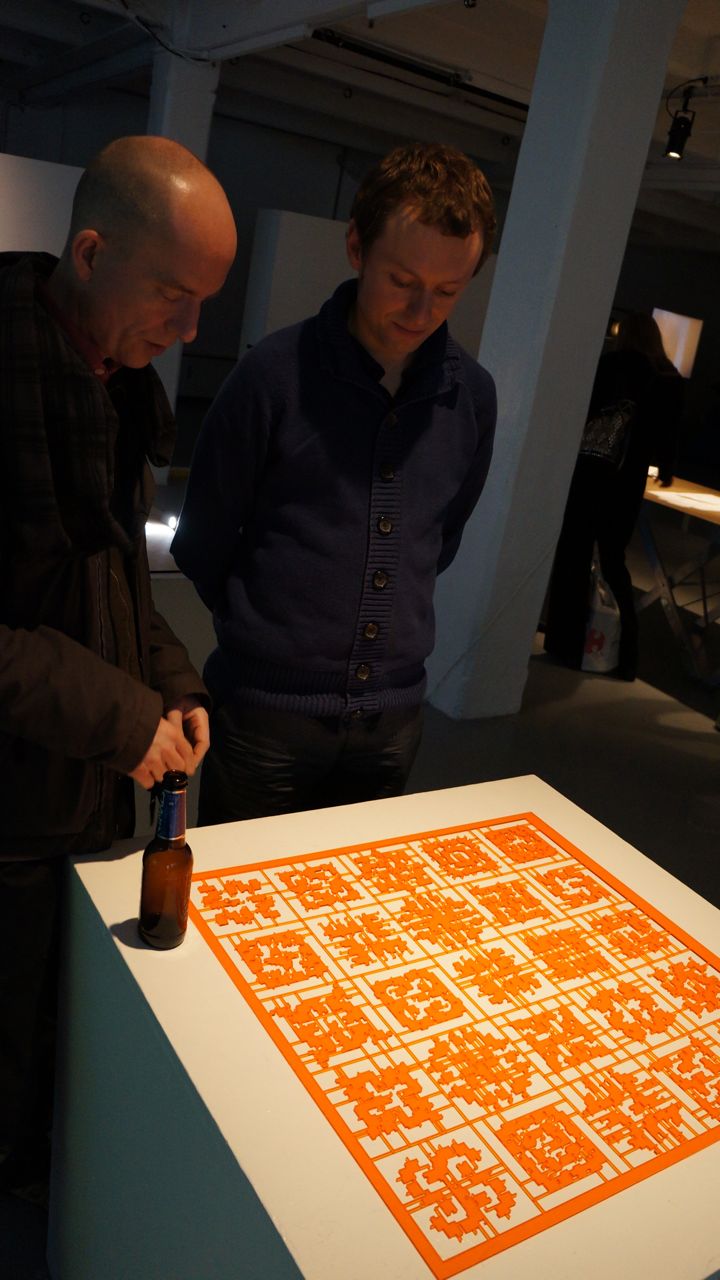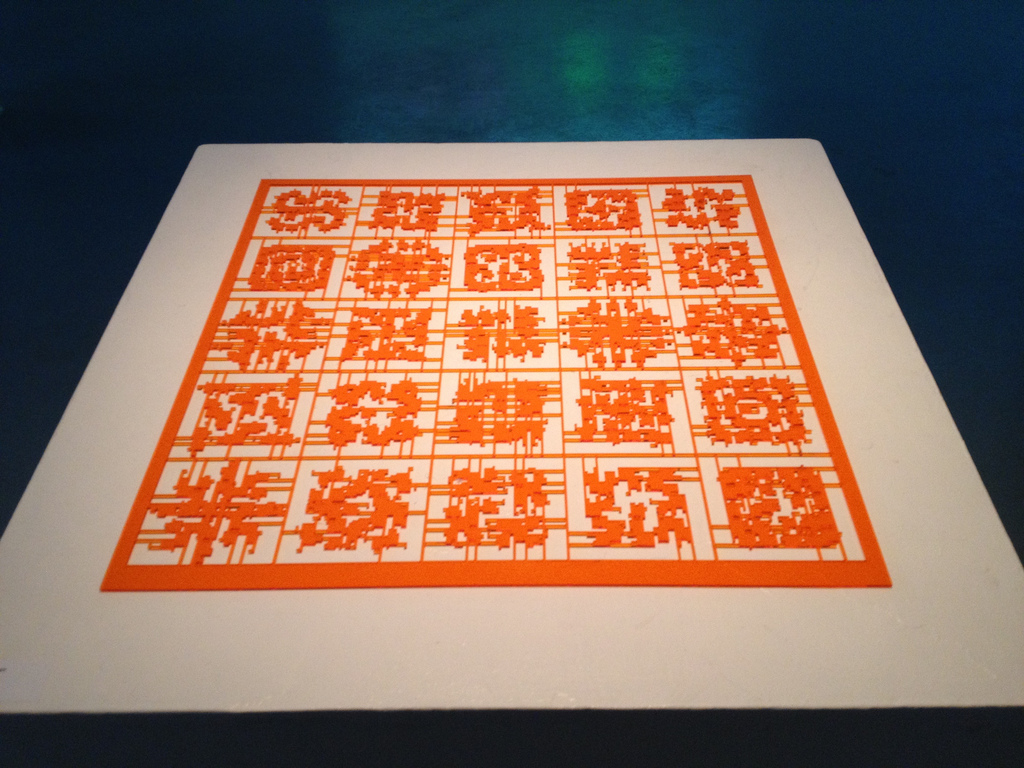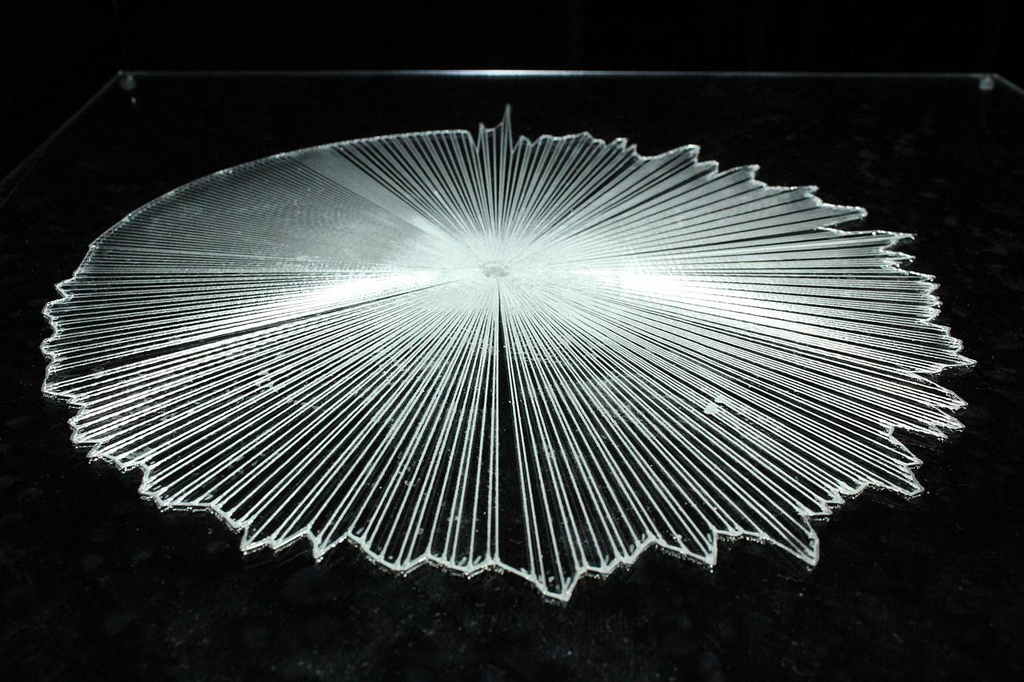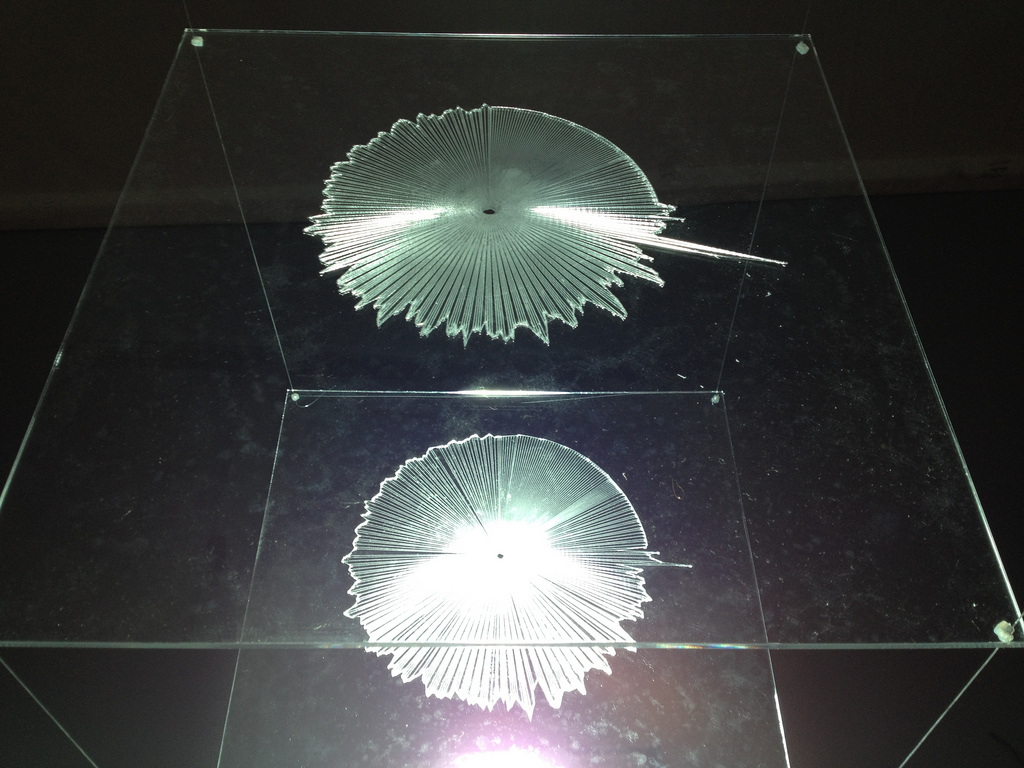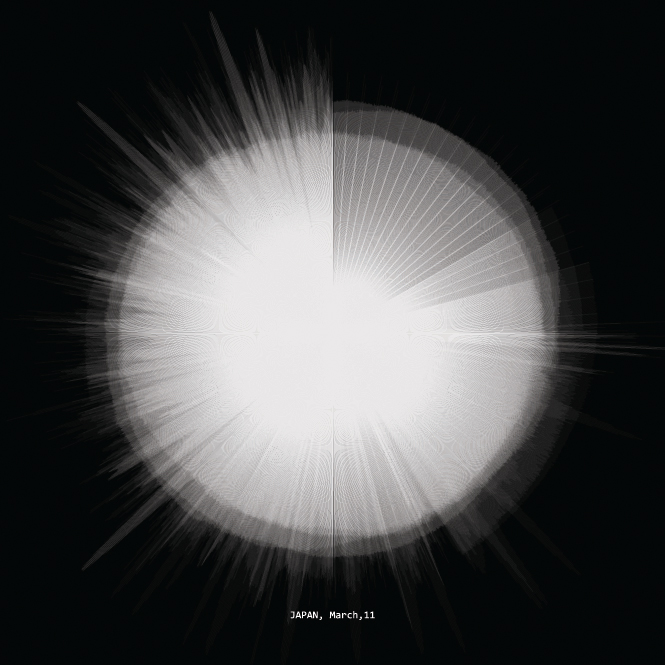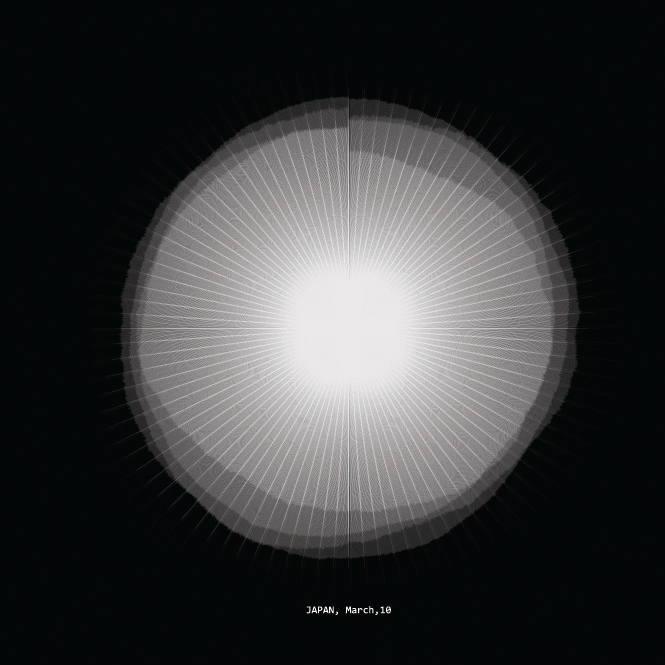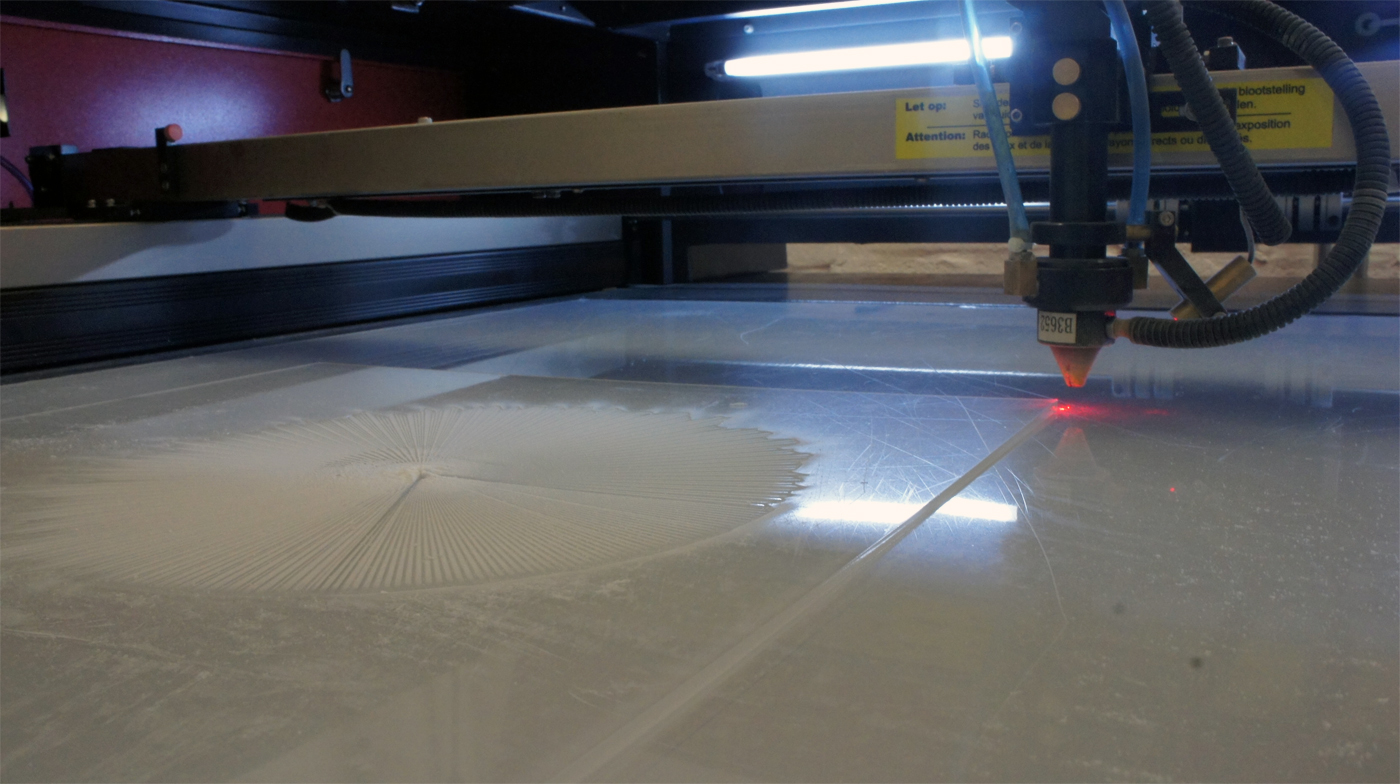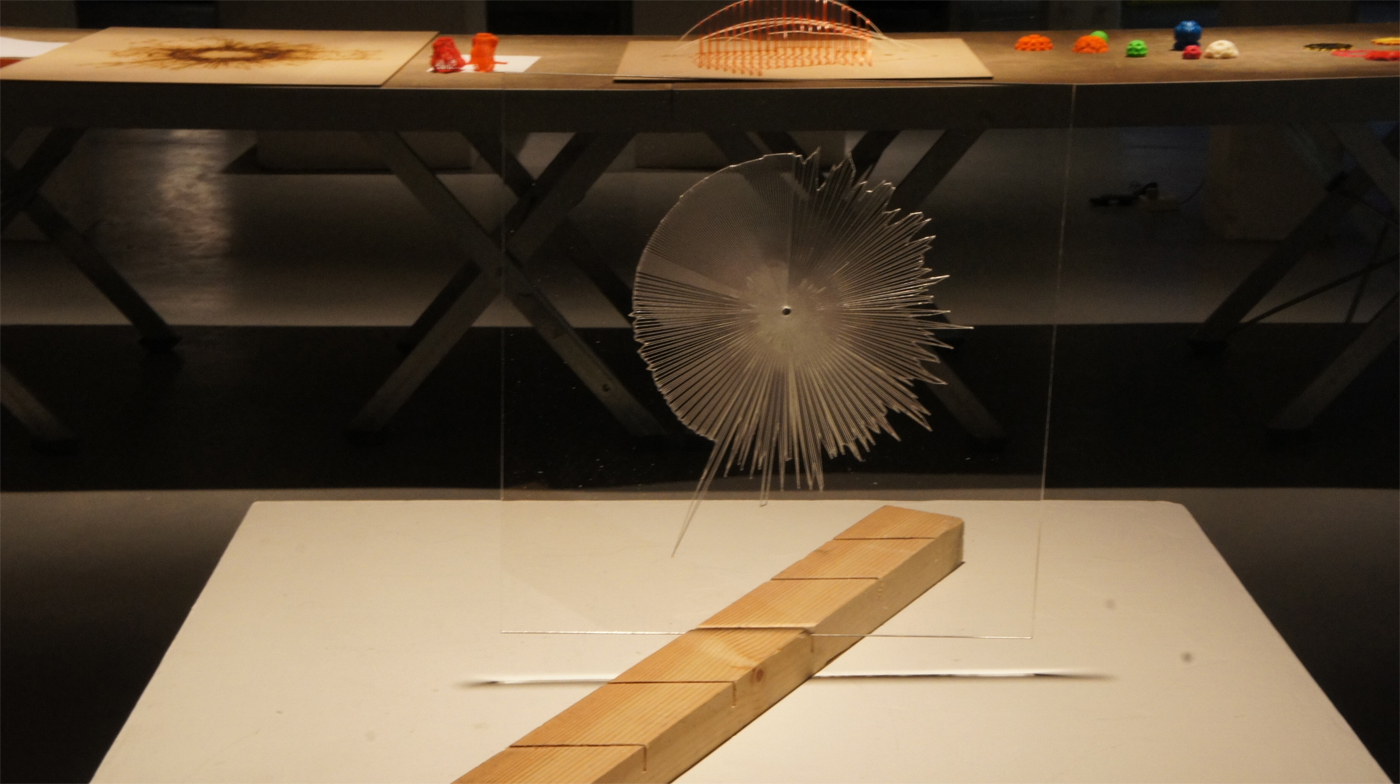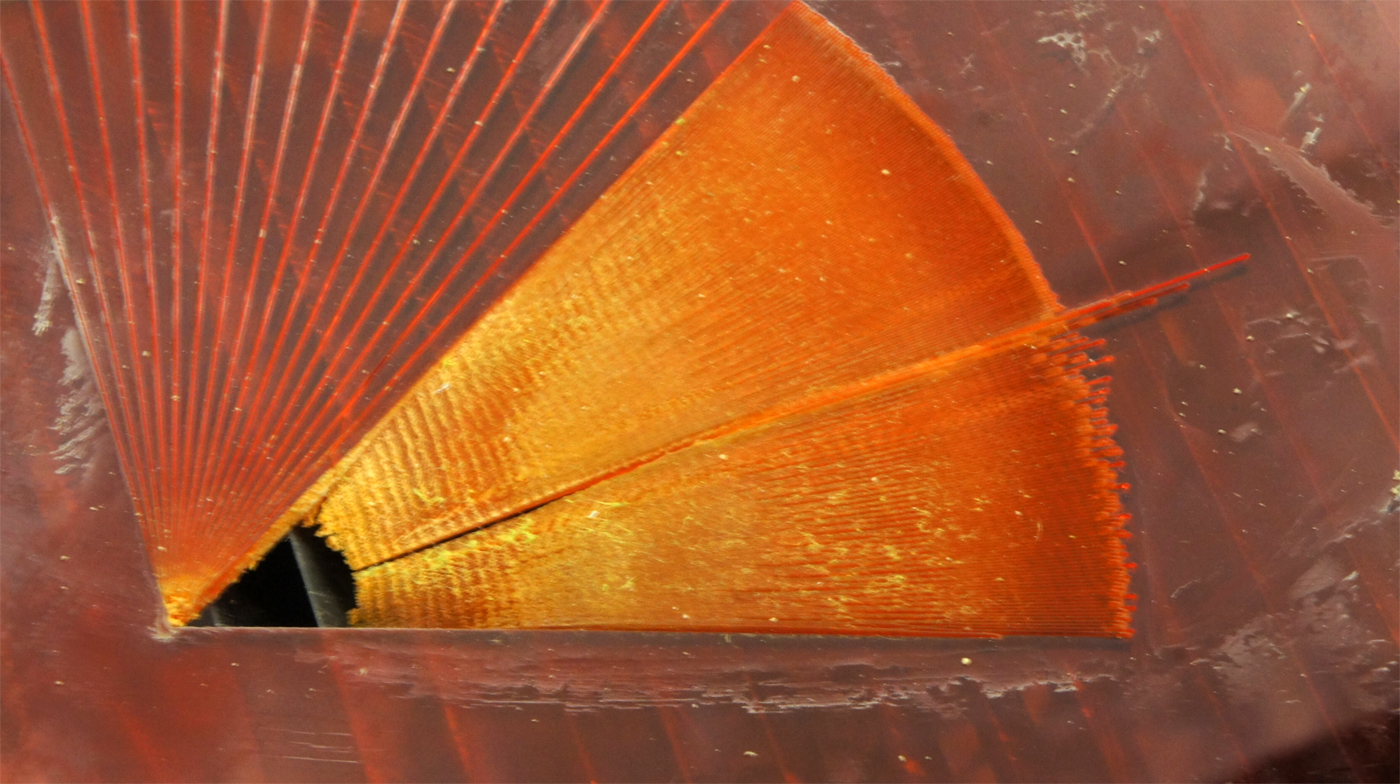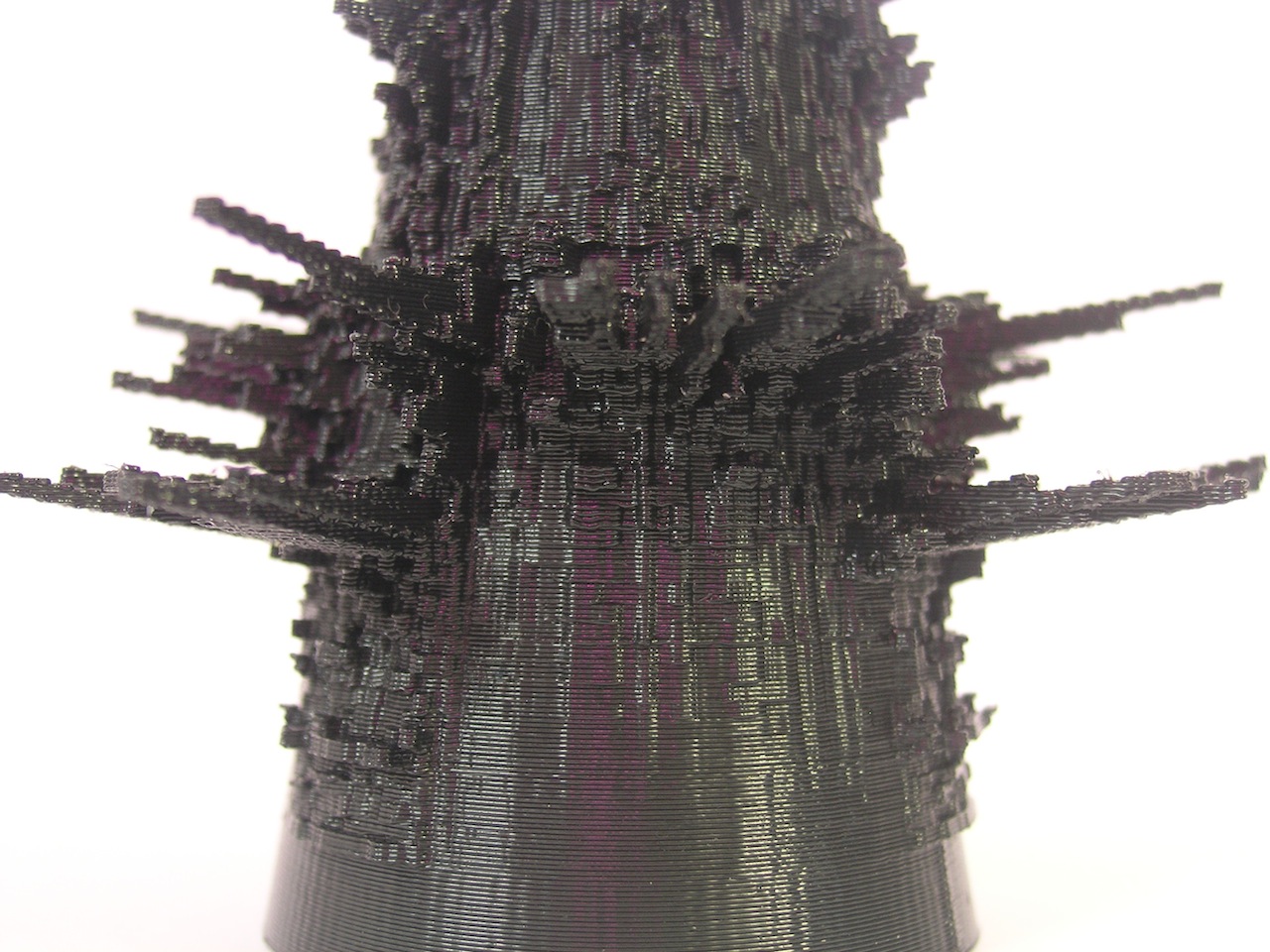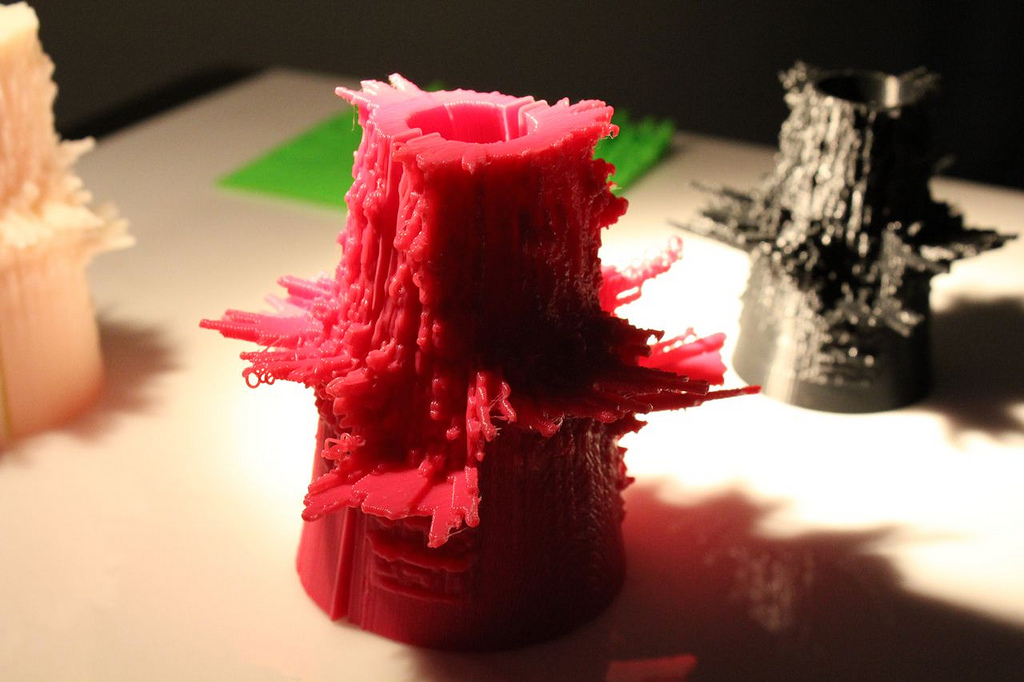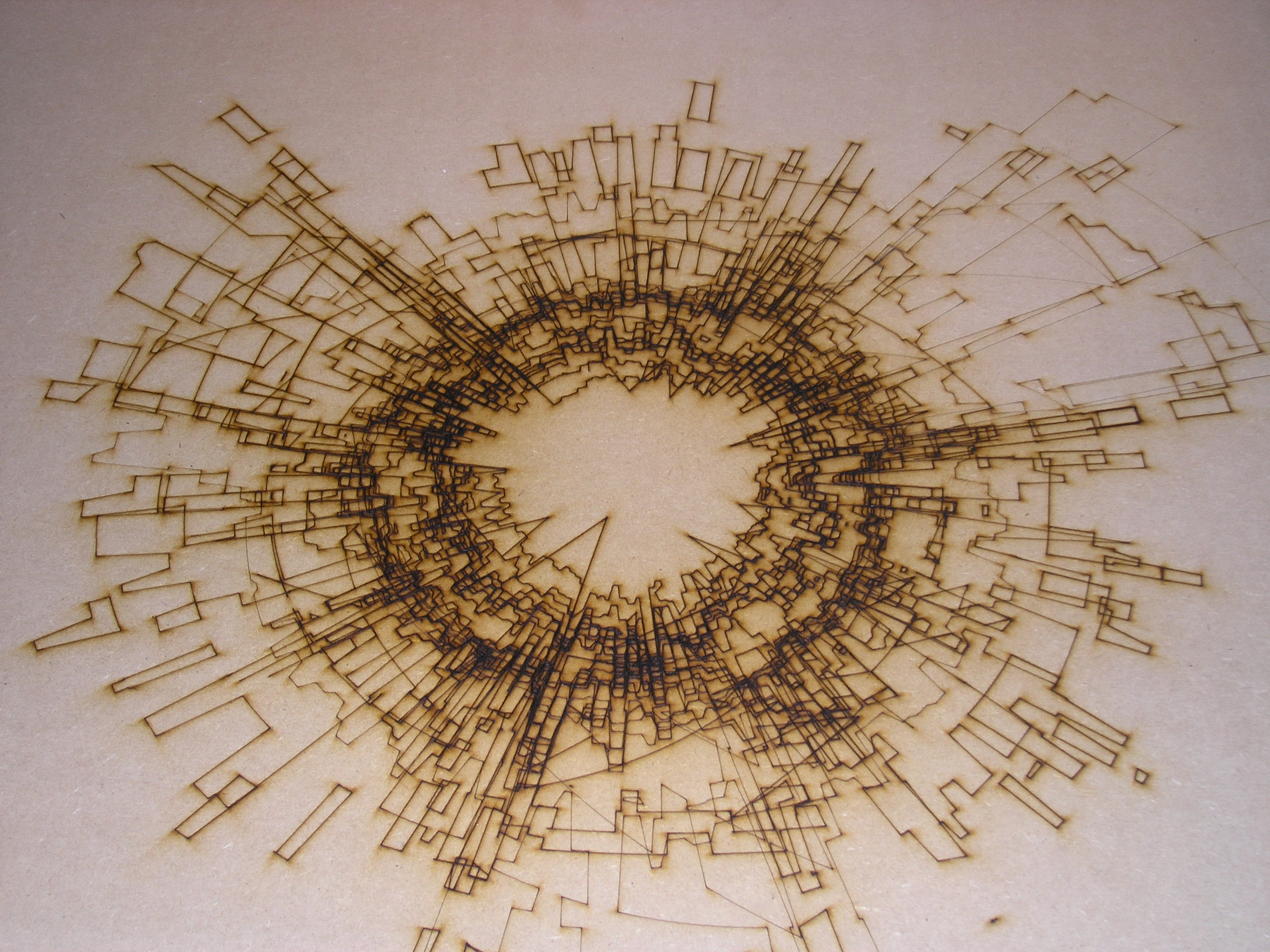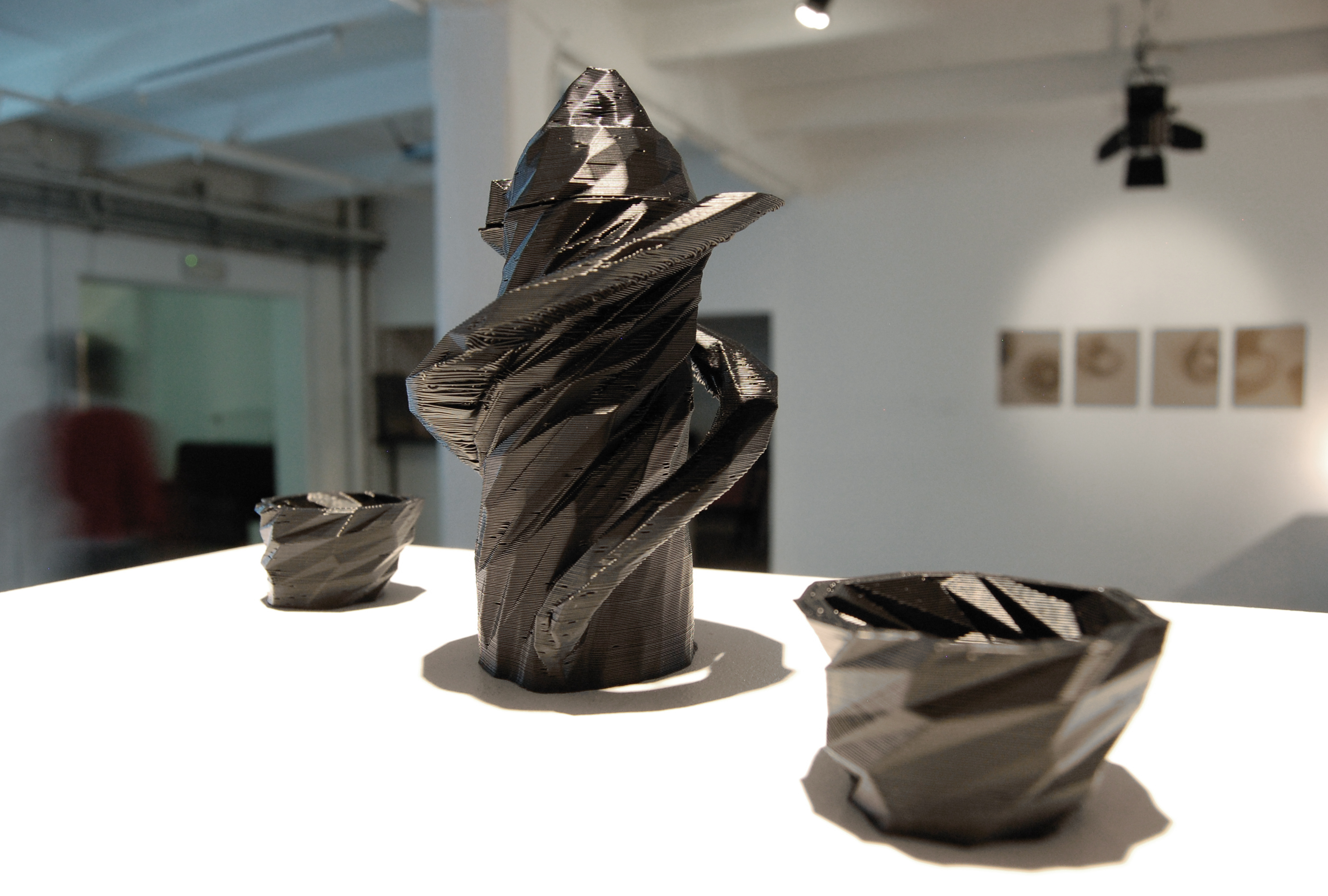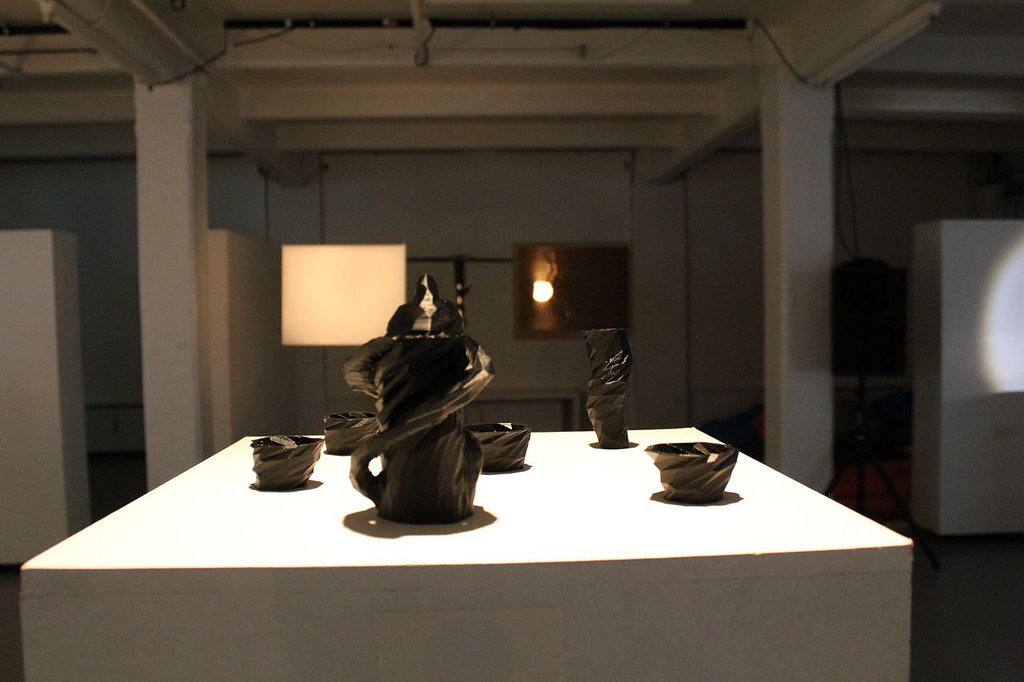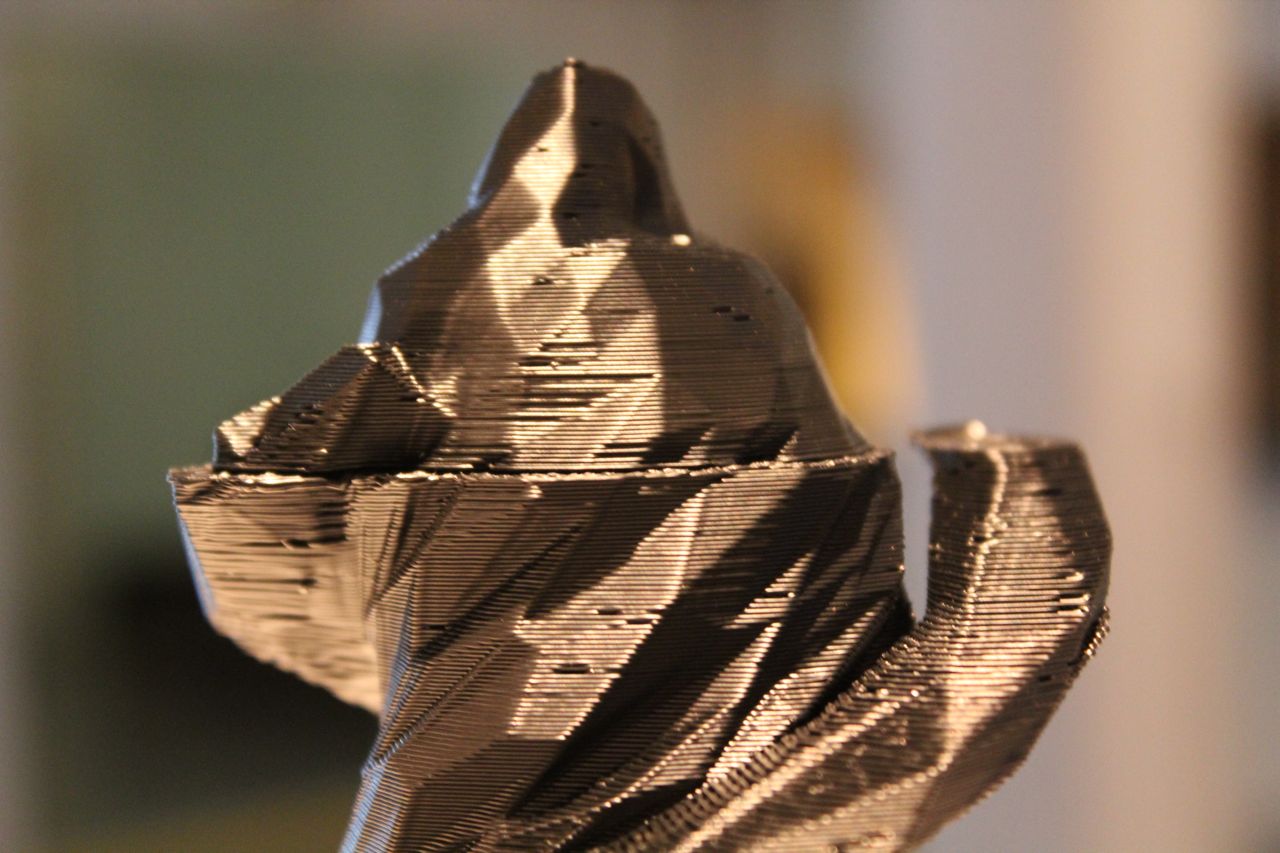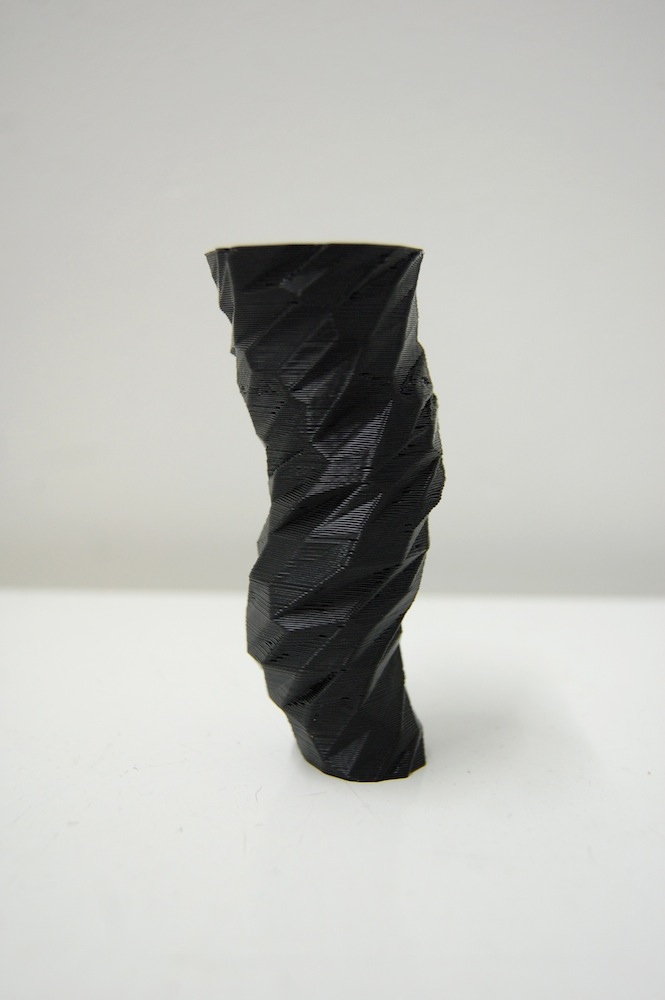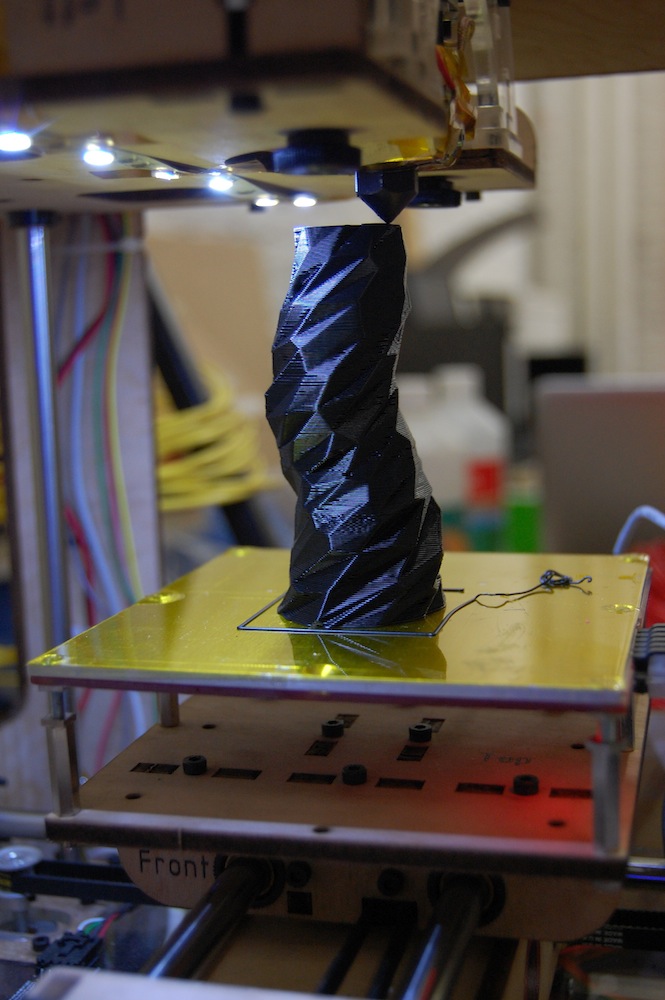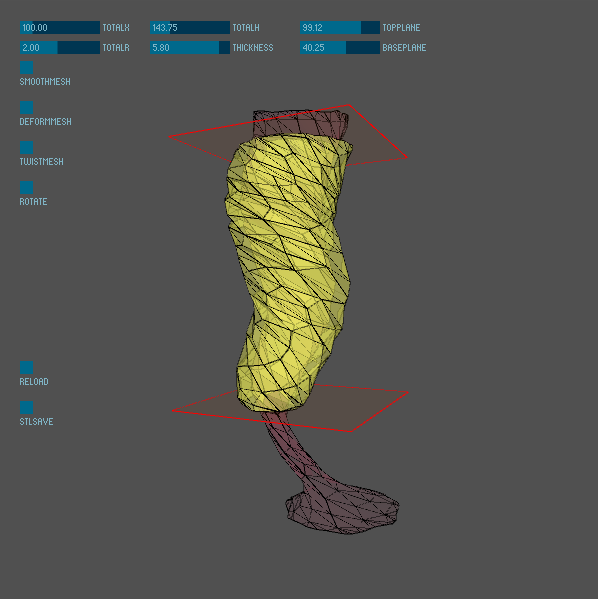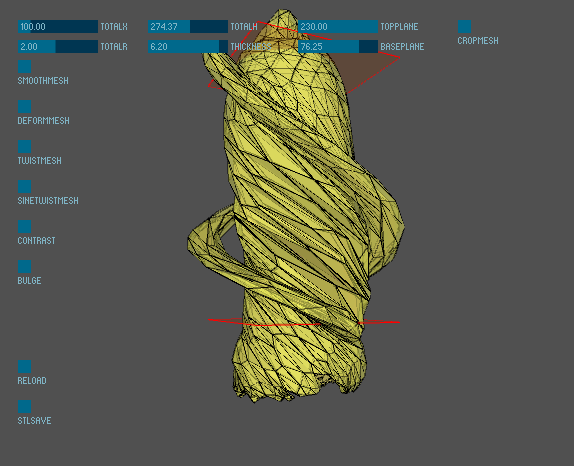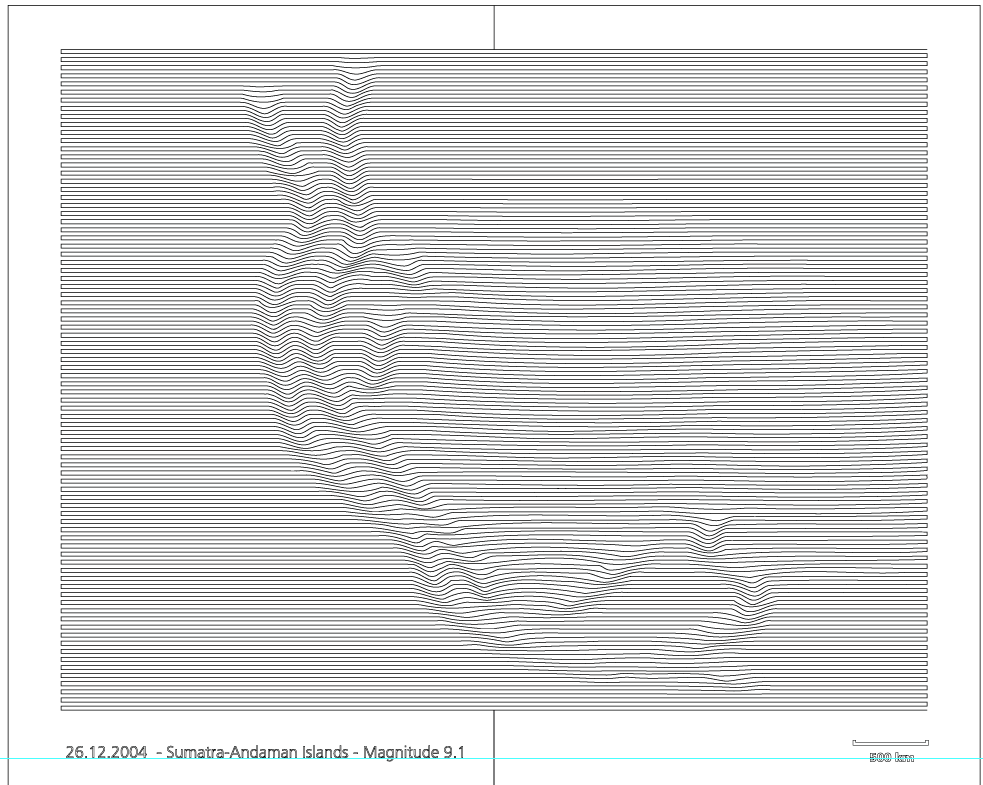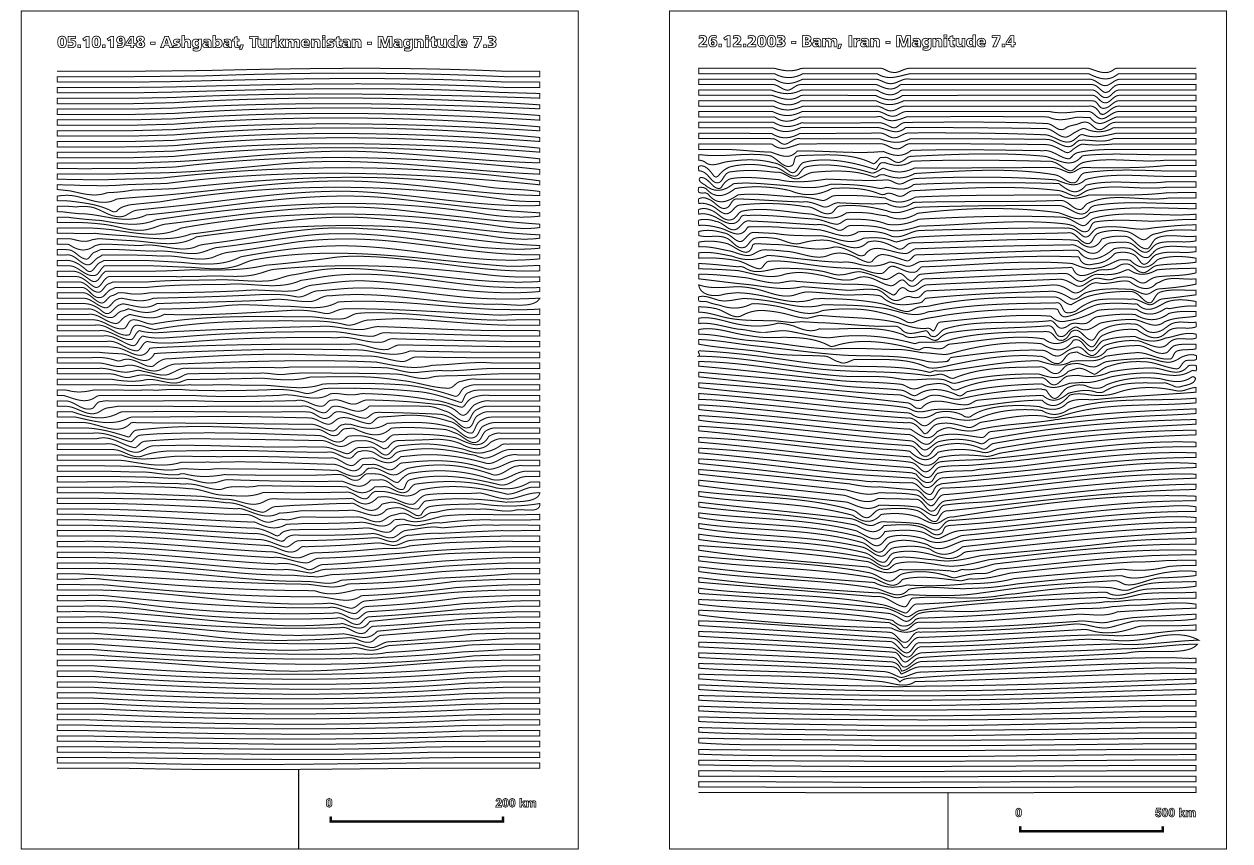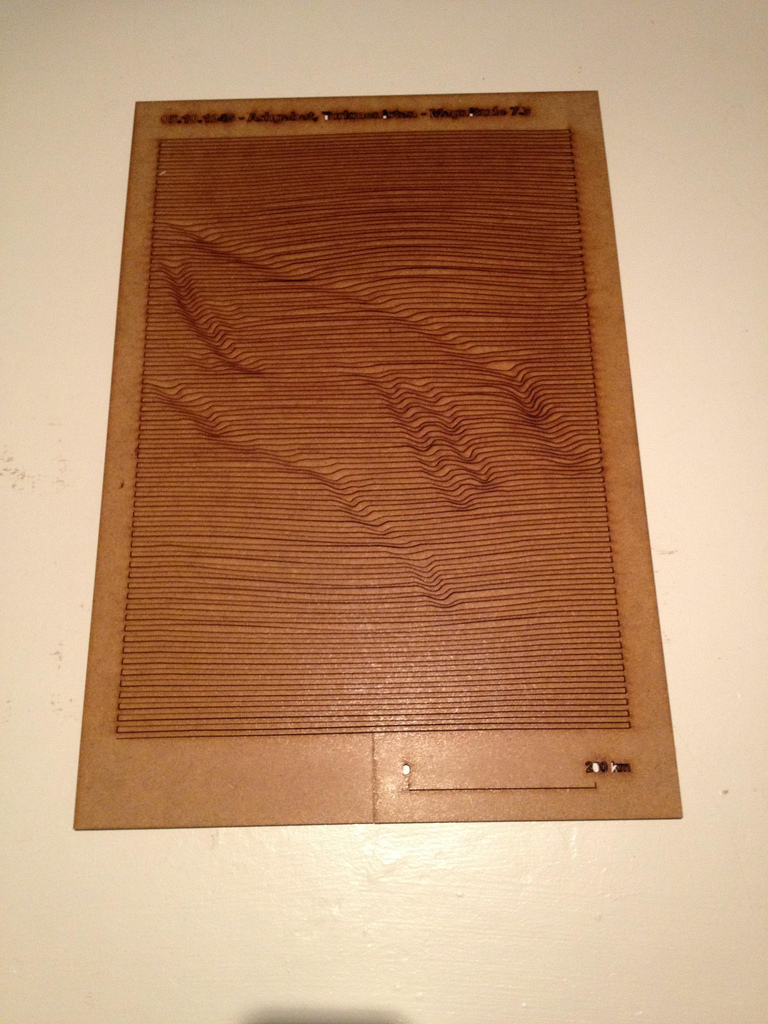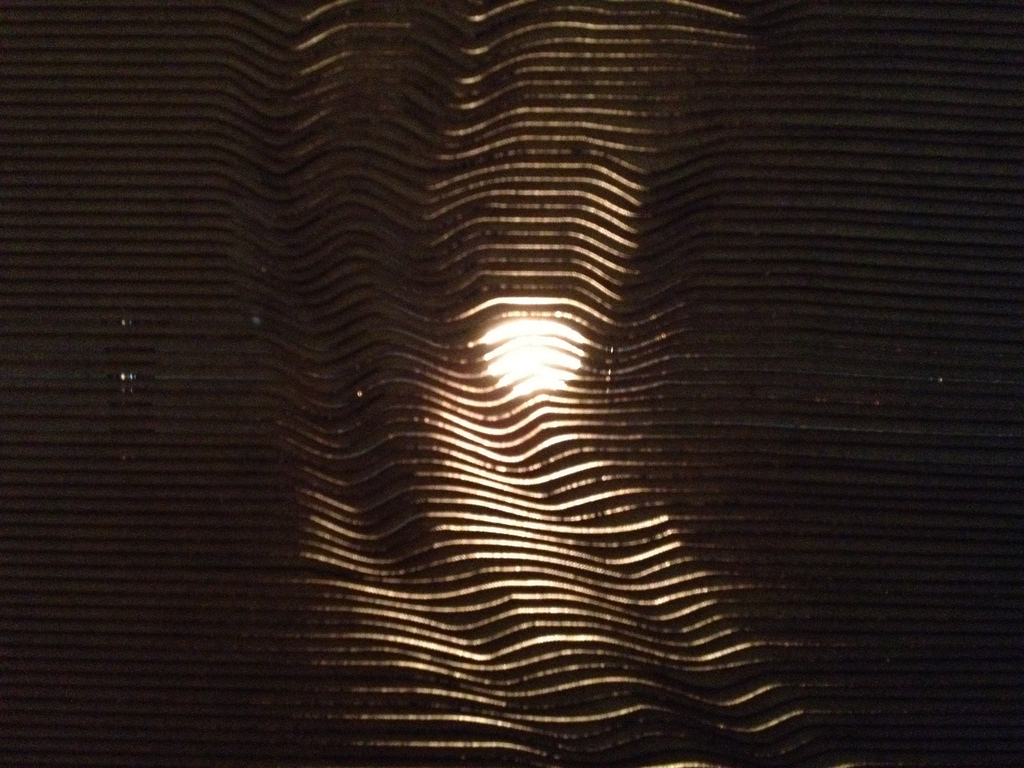Generator.x 3.0 : from code to atoms
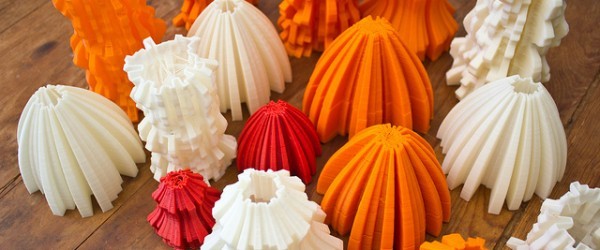
Generator.x 3.0 workshop results
"Google Eye" is a datasculpture visualizing Google Analytics data about visit of imal.org webpage. The data represents one year cycle with events being visualised as a peaks of falls. Significant events are visible, some of them caused by internal activity towards public, such as job offers, festival, some of the caused by external factors, such as summer holidays, Christmas.. We can even see weeks an day-night cycle and the significant drop of the activity during the night. VVVV visual programming tool was used to generate the model.
We can see 365 days on a circle - mapped clockwise and 24 hours of a day mapped outside of the center. Number of visitors is represented by the height.
“Google Eye” est une sculpture visualisant en trois dimensions l’activité sur le site d’imal.org.
Le disque représente le cycle d’une année; chaque “tranche”, 24h d’une journée. La hauteur correspond au nombre de visiteurs, rendant ainsi tangibles les “pics” de visites.
On peut observer l’influence de différentes annonces et activités d’iMAL, ainsi que d’occurences comme les fêtes de fin d’année, les weekends ou le cycle jour-nuit.
Experimenting with regular 3d geometry. Ingredients: Processing, Hemesh, Makerbots and a can of Pringles.
Expérimentations autour de formes géométriques tridimensionnelles.
"Hi Steina" is an attempt to remake video performance Warp by Steina Vasulka. Instead of using slitscan camera and monitor, I am trying to warp performers body in space and present it as a materialized object. To achieve this, Kinect depth sensor is used and the output is 3D printed or cut with an CNC machine.
"Hi Steina" fait référence à Steina Vasulka, pionnière de l'art vidéo, et sa performance Warp, où le corps de la performeuse semblait, grâce à un procédé de slit-camera, se tordre dans l'espace. Andrej tente ici de reproduire l'expérience, en présentant ce corps déformé par son déplacement sous la forme matérielle d'une impression tridimensionnelle. Il utilise pour cela une caméra 3D Kinect.
Running contests for amateurs have become enormously popular during the past 10 years. It is customary that every participant of such a race receives a medal after crossing the finish line. These medals are not very interesting. They all look the same. They lack emotional value. As a consequence they usually end up somewhere in the back of a closet.
Our goal was to create a more interesting medal. We wanted to give runners a personalized souvenir of their race. For this project we worked with data from Nike +, a system which tracks time, distance and speed. This information is fed into a Processing sketch that generates the medal's shape. The object is then ready to be fabricated by a laser cutter.
After experimenting with different algorithms, materials and settings we settled on a system that represents the run on a disc shape. This was important to us, because we wanted to have an object that would still be recognizable as a medal. The lines indicate speed, so the medal also becomes a visualization of the runner's story in the race. The medal is made from cheap MDF material, but the cut through lines and burn marks give a it shiny appearance.
Les compétitions amateurs de courses à pied sont devenues très populaires ces dernières années. Traditionnellement, chaque participant reçoit une médaille après avoir franchi la ligne d’arrivée. Ces médailles ne sont en général pas très intéressantes: impersonnelles, elles sont dépourvues de toute valeur affective et finissent souvent au fond d’une armoire.
L’objectif des artistes est de créer une médaille qui soit pour le participant un souvenir personnalisé de sa course. Ils utilisent à cette fin le senseur Nike+, qui permet d’enregistrer vitesse et progression d’un coureur. Avec ces informations, un logiciel écrit par Bert & Ingrid génère la forme de la médaille, qui peut ensuite être fabriquée grâce à une découpeuse laser.
La ligne gravée sur la médaille représente la variation de vitesse du coureur au long de sa course. Bien que réalisée dans un matériau bon marché, la découpe et ses marques de brûlure donnent un aspect presque brillant à la médaille.
"Even though the constant search for complete transparency brings newer, ‘better’ media, every one of these new and improved technologies will always have their own fingerprints of imperfection. While most people experience these fingerprints as negative (and sometimes even as accidents) I emphasize the positive consequences of these imperfections by showing the new opportunities they facilitate." *
This projects explores traits - or fingerprints - introduced by low-cost 3D printing driven by computation. Writing code and digital fabrication are not neutral design media - i.e. they facilitate modes of thinking and making and introduce a form and degree of mediation.
For this project I generated G-code directly from processing instead of using a mesh and replicator G or another program to do the translation. Talking directly to the machine allows you to not only control the overall geometry or form of an object but also the toolpaths and process of making an object.
A first series of tests explored different algorithms for generating G-code and the resulting material structures within a simple cube. In a second series of objects these were used to build panels, assembled into objects derived from low polygon meshes.
* Rosa Menkman in Glitch Studies Manifesto
Ce projet explore l’esthétique particulière de l’impression 3D à bas prix et des processus informatiques qui y sont liés. En général, l’artiste ou le designer crée d’abord un modèle 3D de l’objet à imprimer. Un logiciel dédié va ensuite le transformer en une série d’instructions compréhensibles par la machine - un langage appelé G-code.
Pour son projet Encoded Matter, Corneel Cannaerts a décidé de se passer de cette étape de conversion. Ainsi, il s'adresse directement à la machine, contrôlant non seulement la forme finale, mais également le processus de création.
Premièrement, l’artiste a testé différentes structures matérielles pour un objet simple: un cube. Dans une seconde série, il a créé différentes surfaces géométriques qu’il a assemblées en forme polygonales tridimensionnelles.
This is an architectural project on digital design, digital documentation, and information management for the construction of a pavilion. It's a parametrically designed structure, based on peoples circulation and on the spatial needs of hosting temporary exhibitions and installations.
Parametric Spacing est un projet architectural mêlant design et documentation numériques, ainsi que la gestion de l'information. C'est un pavillon à structure variable, en fonction de certains paramètres tels que la circulation du public ou le besoin en espace (pour des expositions temporaires ou installations).
This project visualizes what goes on inside of the heads of the political candidates in the 2012 American elections.
It maps candidates using a variety of layers:
- Keywords layers: containing keywords from quotes of political candidates on important issues.
- Campaign contributions: amount of contributions from various sectors.
- Regional popularity: a map of the states linked to a certain party.
Ce projet propose une visualisation de ce qui se passe dans la tête des candidats à l’élection présidentielle américaine de 2012.
Ces derniers sont cartographiés sur trois niveaux différents
- Mots-clés: mots-clés extraits de citations des candidats autour de problématiques importantes
- Financement: montants des contributions de différents secteurs à leur campagne
- Popularité régionale: une carte des états liés à un parti en particulier
Chacune de ces couches est visualisée à l’intérieur d’un profil de visage découpé au laser dans du plexiglas coloré. Un spot de lumière placé en face de l’ensemble des couches permet d’observer le résultat de leur superposition.
In Belgium 1% of people alive today will die in the coming year. Each death is a heavily localized social trauma, its repercussions seldomly spreading out and quickly fading into the general background of day-to-day life. In the end nothing remains but a statistic, a point defect in the lives of a few people.
"A Single Tear" ties to reclaim some of the grief. The data of all causes of death in 2006 is collected from the FPS Economy, a cynical reminder of what death means in our society... 21 age groups are represented in 16 categories of causes. During the workshop various strategies are explored to visualize this data in a 3d sculpture.
1% des personnes vivant aujourd’hui décéderont dans l’année à venir. Chaque décès est un traumatisme très localisé, avec peu de répercussions au-delà d’un certain cercle social. Au final, il ne reste qu’une statistique.
"A Single Tear" tente de se réapproprier une part de deuil. Les données concernant les causes de décès en 2006 sont collectée par le SPF Économie, un rappel cynique de ce que la mort signifie dans notre société. 21 groupes d'âge sont représentés parmi 16 types de causes de décès. L’artiste a exploré différentes stratégies de visualisation de ces données sous forme de sculptures 3D.
'Laser people' is inspired by Deus Digitalis (2009), a Flash animation with dancing human figures symmetrically arranged in 81 groups of 25.
The original Actionscript was translated to Processing, the animation and the colors were removed and a frame was added to keep all figures connected. The generated design was slightly cleaned up in Illustrator and exported to a dxf file ready to be printed on the Cyborg laser cutter.
The result is a puzzling grid of 25 abstract patterns formed by the 25 rotated human figures reminiscent of plastic model kits. Dancing people are trapped in transparent orange plexi glass.
“Laser people” s’inspire de Deus Digitalis (2009), une animation Flash de 81 groupes de 25 personnages dansant, arrangés symétriquement.
Le programme original a été entièrement réécrit, cette fois sans animation, mais en ajoutant un cadre qui garde tous les personnages connectés, afin de pouvoir découper l’ensemble à la découpeuse laser.
Le résultat? Une déconcertante grille de motifs abstraits constitués de 25 personnages, rappelant les kits de construction de maquettes. Des danseurs, capturés dans une cage de plexiglas orange.
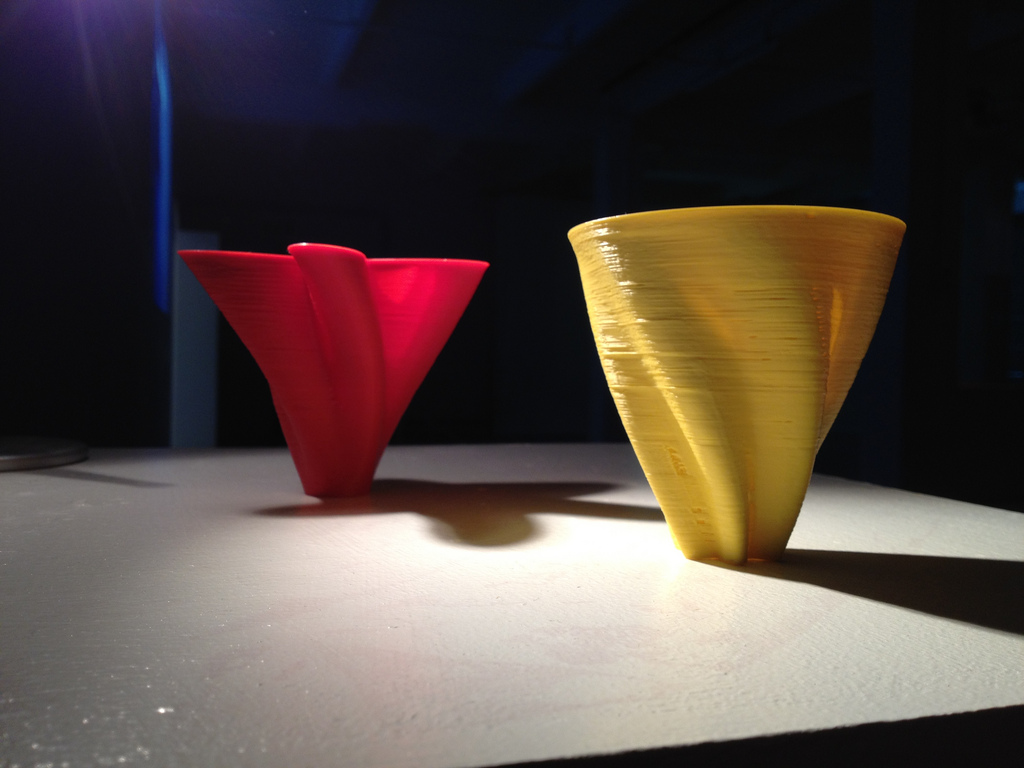
Picture by vormplus / All rights reserved — Enlarge 
Beyond Resonance, Yellow Object and Red Object — Enlarge 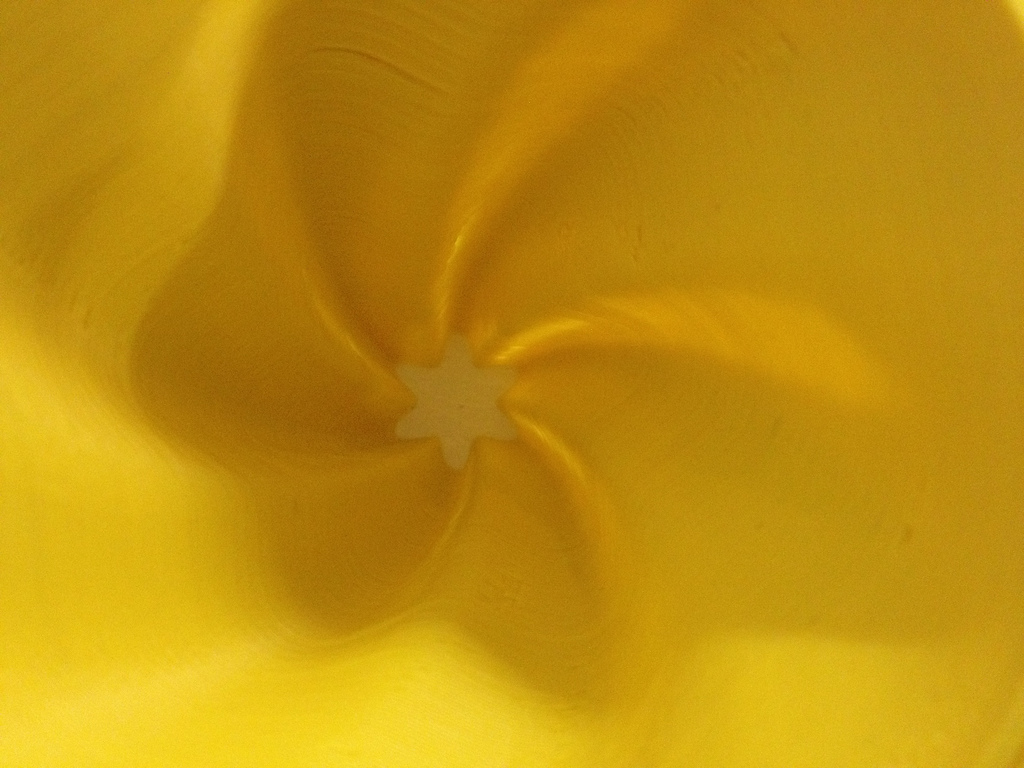
Beyond Resonance, Yellow Object — Enlarge 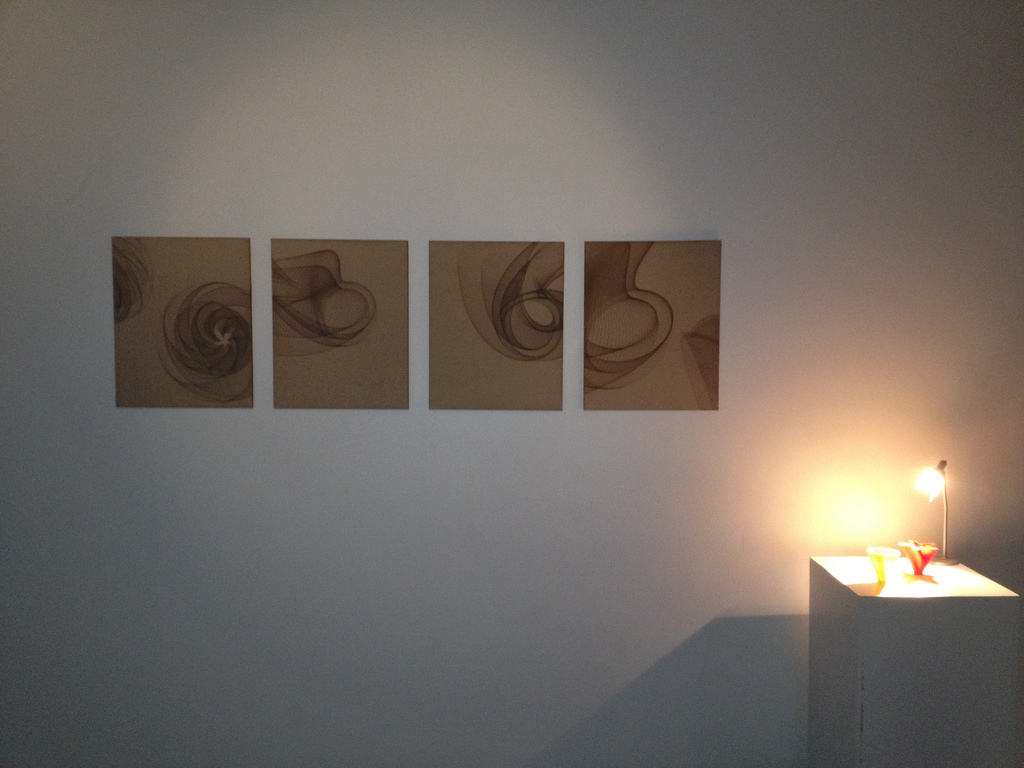
Picture by vormplus / All rights reserved — Enlarge 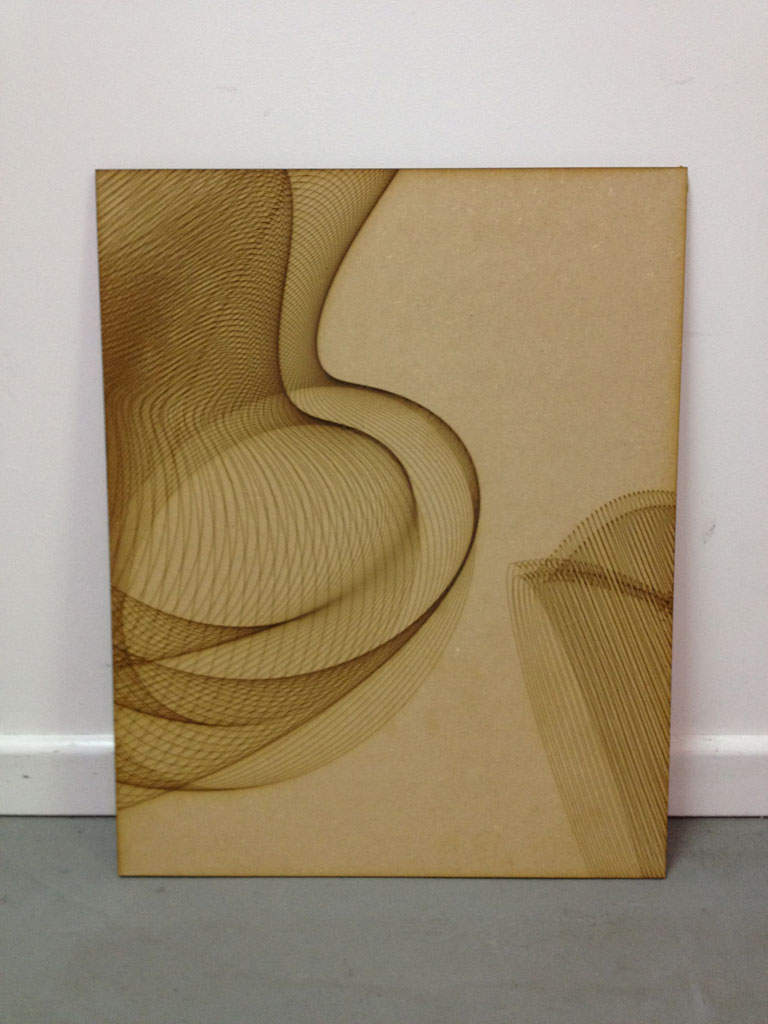
Beyond Resonance, Drawing 1 — Enlarge 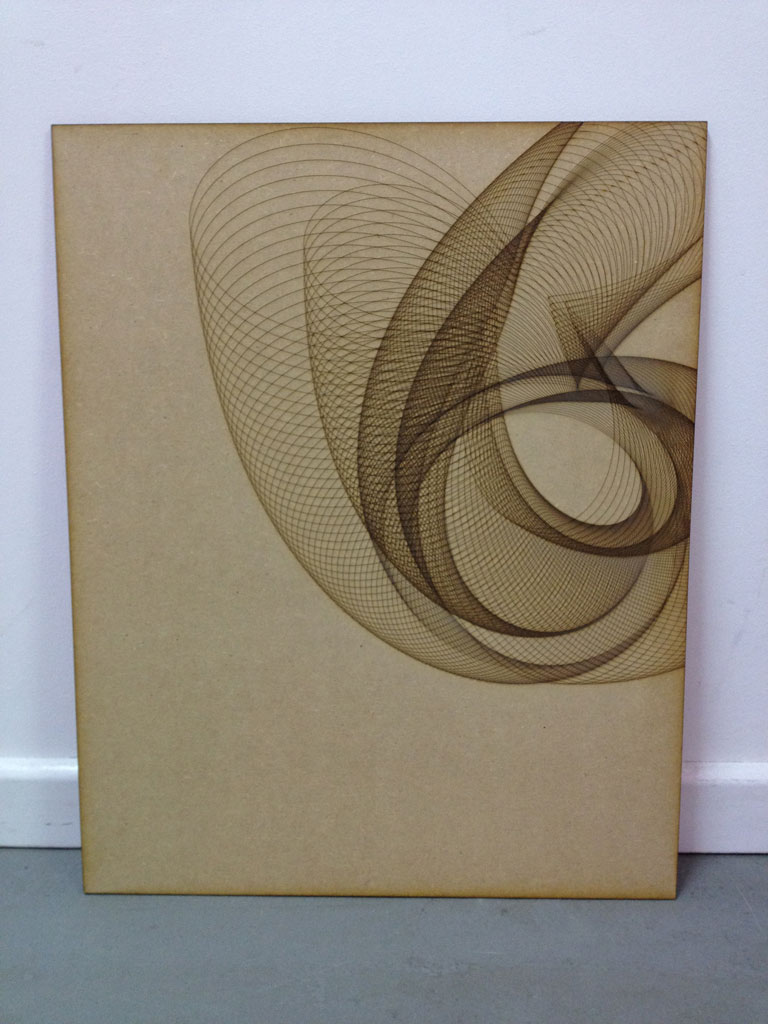
Beyond Resonance, Drawing 2 — Enlarge 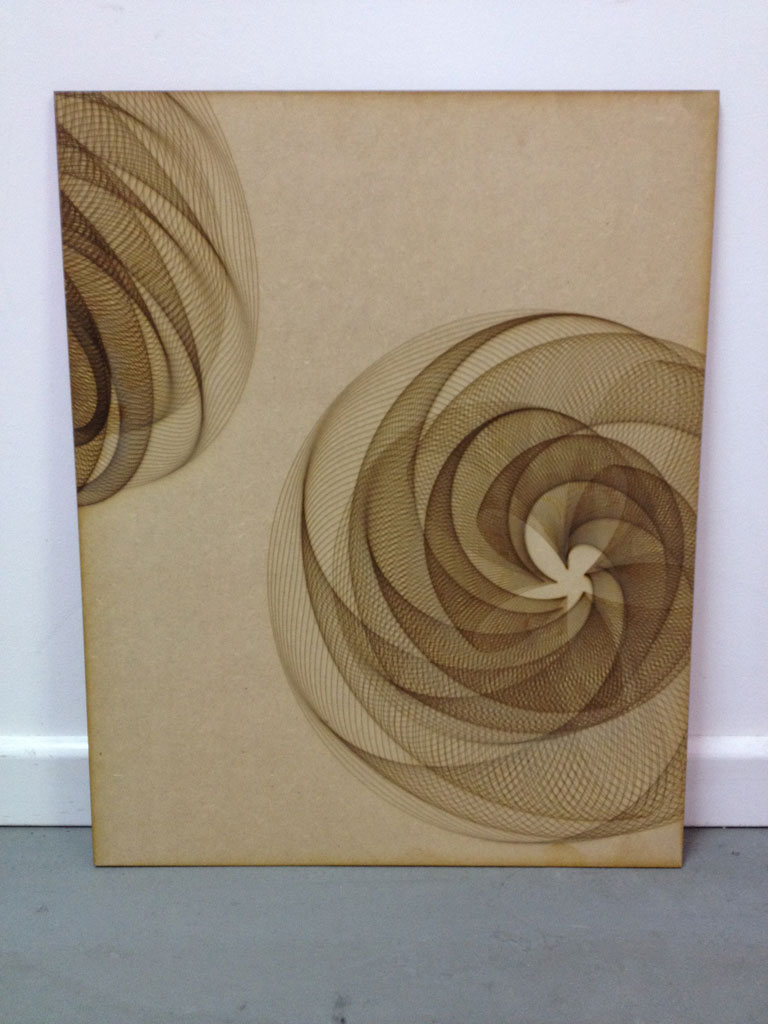
Beyond Resonance, Drawing 3 — Enlarge 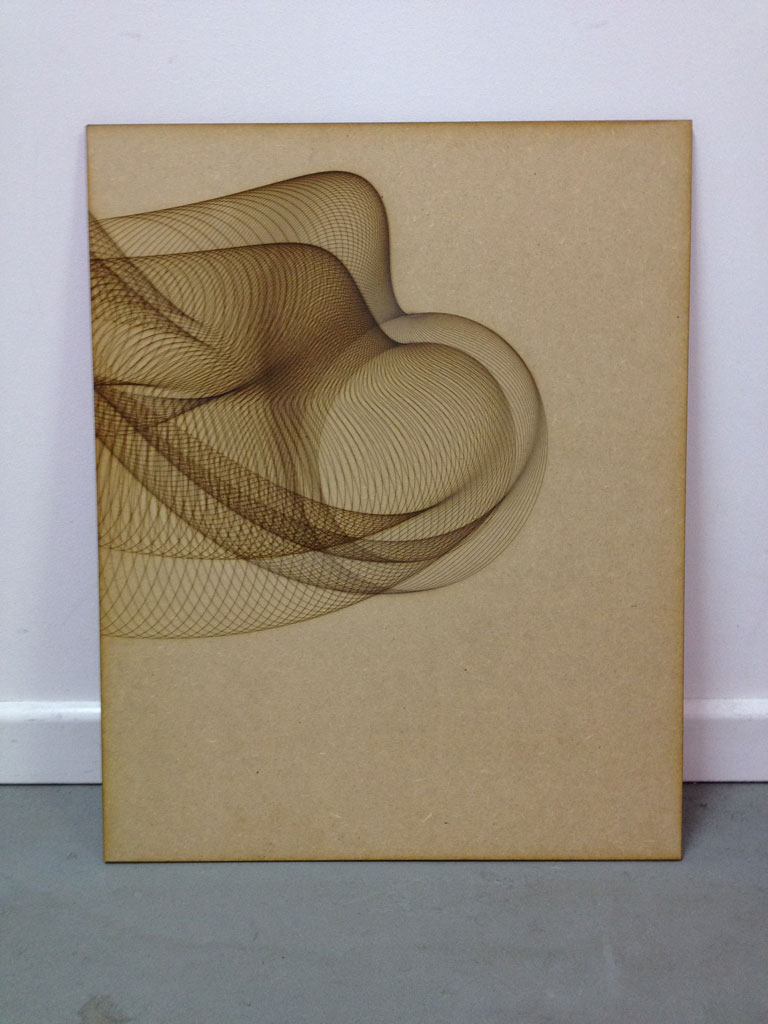
Beyond Resonance, Drawing 4 — Enlarge
Beyond Resonance explores how a circle transforms when it's distorted by a wave. Different waves are used to manipulate the perimeter of a circle into a more organic looking shape. The machines, with their imperfections, added some glitches to the otherwise perfect geometric shapes. Their mechanical resonance make the work unique, as it can't be reproduced in the exact same way.
The pieces made by Jan during this lab are 3D printed objects and engraved boards of MDF (made with the lasercutter).
“Beyond Resonance” explore la transformation d’une forme régulière - un cercle - par une onde, ce qui lui donne un aspect plus organique. Les imperfections apportées par les machines utilisées pour produire ces objets contribuent elles-même à la déformation de ce cercle parfait. Défauts de fabrications qui, difficiles à reproduire à l’identique, rendent ces pièces uniques.
This project consists in creating a visualization of unusual natural phenomena like tsunami, tornadoes, earthquakes, floods, etc. It employs real data (e.g. satellite images, tide measurements) from hazardous events that cannot be experienced normally. People normally remember these events only by images, video or text from the mass media, and have preconceptions in mind about them: sadness, fear, pain, and so forth. What if we see these events from a different point of view? It could be meaningful to perceive these occurrences as special and unique manifestations of natural processes, which we could regard as beautiful or marvelous moments that people wish to experience in some way. This project investigates different interpretations of those events by creating new physical forms directly from the real data, with the help of digital fabrication technologies.
During the Generator.x 3.0 workshop, I explored recent DART monitoring data (Deep-ocean Assessment and Reporting of Tsunamis, from NOAA) obtained from tsunamis that occurred across the Pacific Ocean. In the work for the iMal exhibition, I especially visualize and compare the data before, during and after the Tōhoku earthquake and tsunami off the coast of Japan in March 11, 2011.
Avec ce projet, l’artiste propose, à l’aide de données réelles (images satellite, mesure des vagues), une visualisation de phénomènes naturels inhabituels, tels que tsunamis, tornades, tremblements de terre et inondations. De ces catastrophes, on garde souvent en mémoire images, vidéos et textes issus des médias de masse, ainsi qu’une série de sentiments préconçus: tristesse, peur, douleur, etc.
Ce projet propose d’aborder ces événements sous un tout autre angle, comme des manifestations spéciales et uniques de processus naturels, dans lesquelles on pourrait percevoir une certaine forme de beauté?
Grâce aux techniques de fabrication numérique, Jihyun Kim propose différentes interprétations de ces événements, créant de nouvelles formes tangibles à partir de données réelles.
Dans l’œuvre présentée ici, l’artiste a en particulier exploité les données du DART (Deep-ocean Assessment and Reporting of Tsunamis) pour visualiser et comparer les données précédant et ayant suivi le tremblement de terre et tsunami qui ont touché le Japon en mars 2011.
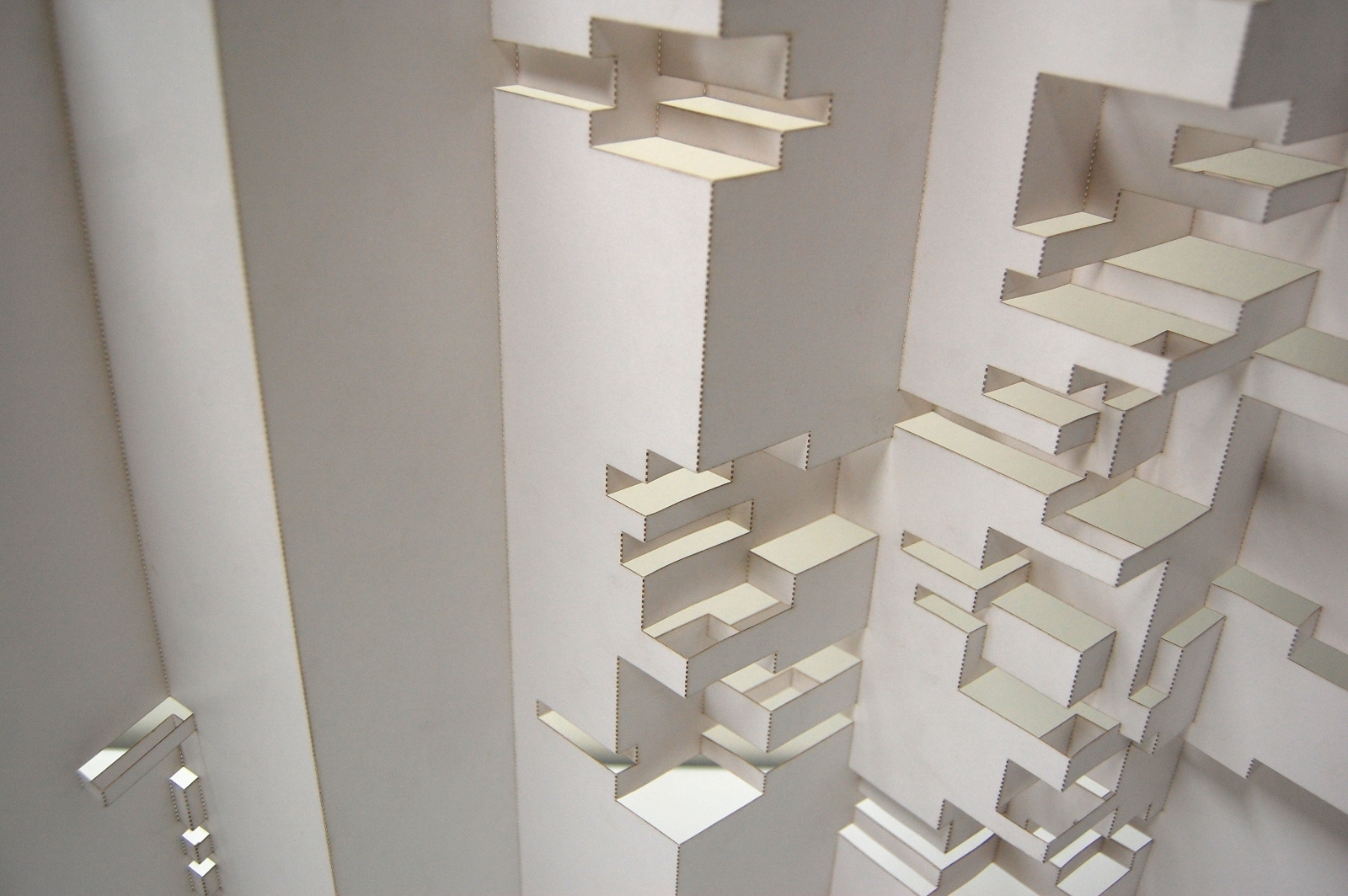
Detail — Enlarge 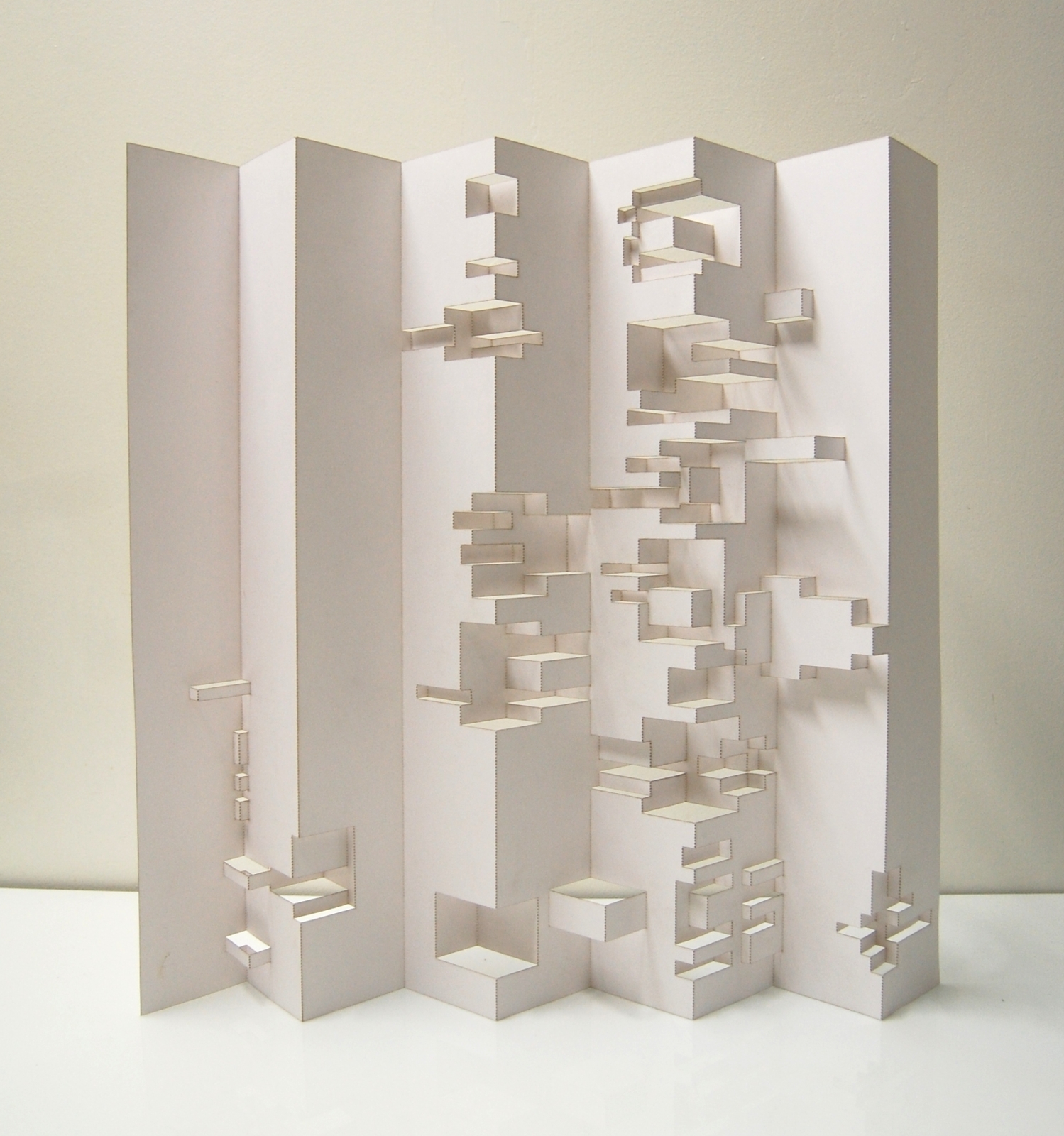
One of the last pieces (Size A1) — Enlarge 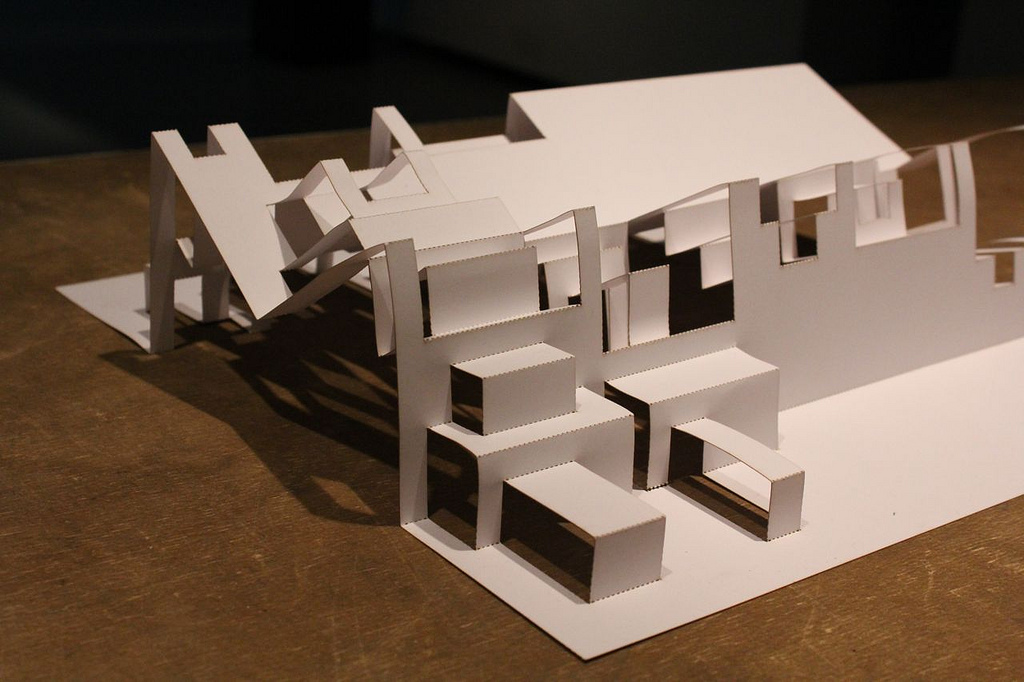
Enlarge 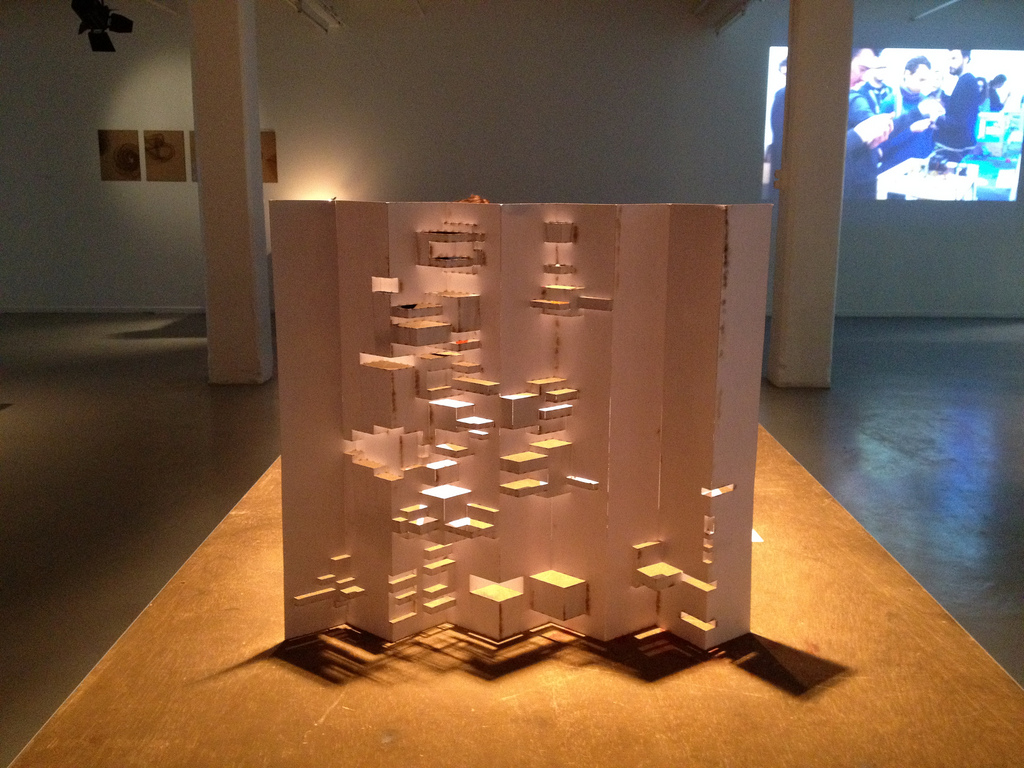
Picture by vormplus / All rights reserved — Enlarge 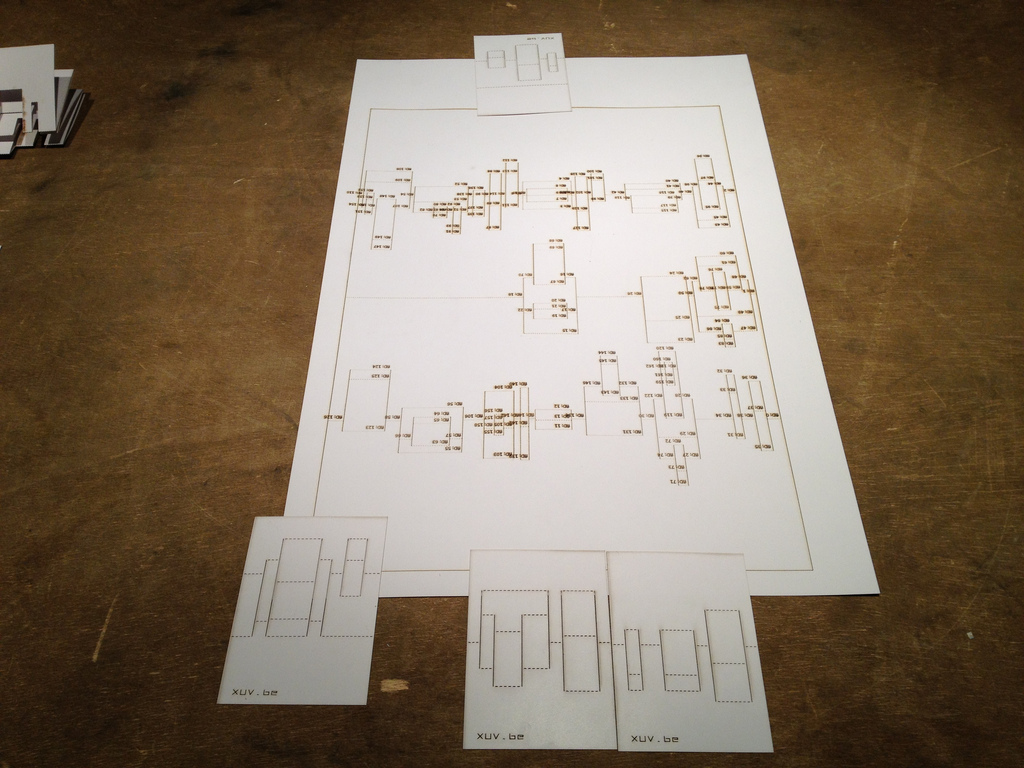
Picture by vormplus / All rights reserved — Enlarge 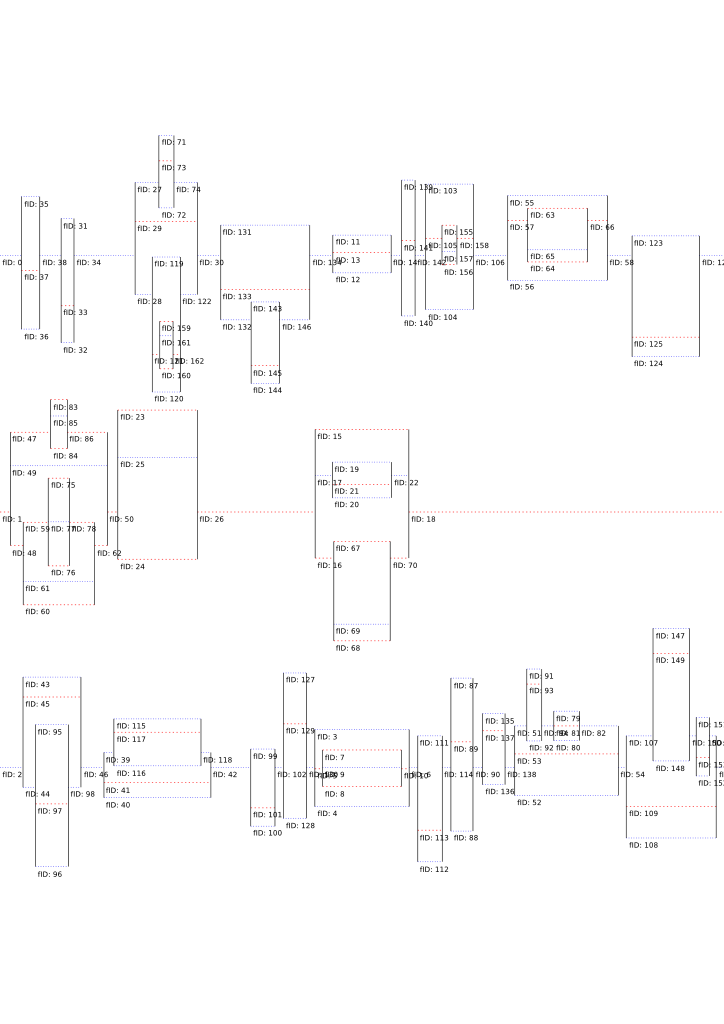
Generative pop-up (random output) — Enlarge 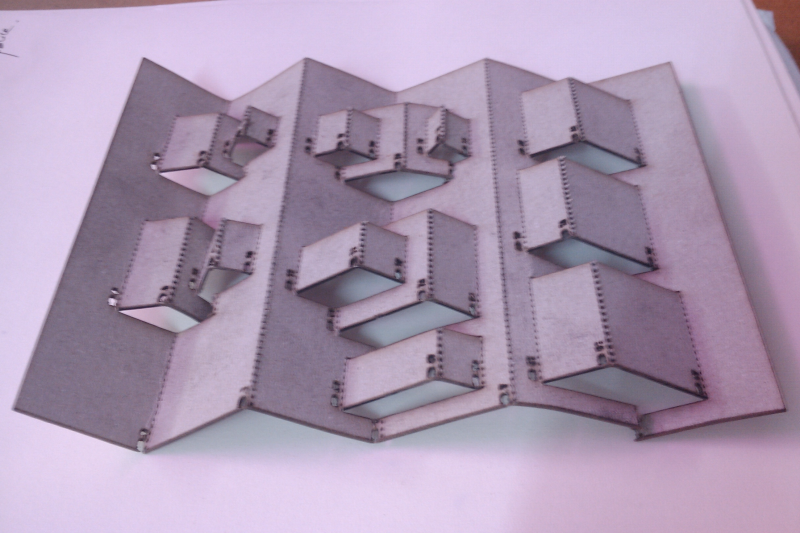
First laser cut on cardboard (size A5) — Enlarge 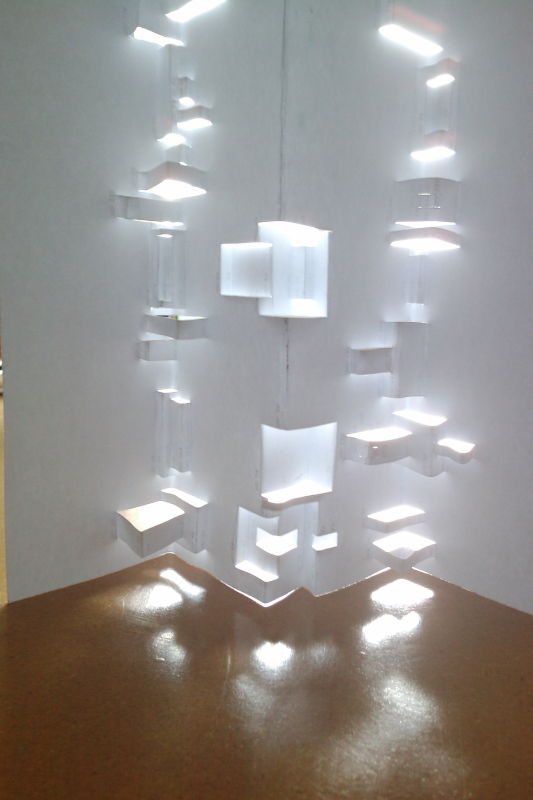
Random output on paper cut by hand — Enlarge
Building generative pop-ups with code, laser cut in paper or cardboard, folded by hand.
The origin of this idea came from the will to extend the project I did for the Writtenimages book and turn it into 3D. Since the original project is a 2D based drawing, I thought I might keep these as a starting point and not build a 3D model of it. The other parameter I wanted to keep is it's simplicity and the fact that the output would be on paper. Pop-ups and origamis are the oldest techniques to turn a 2D sheet of paper into a 3D sculpture.
After looking at pictures of Elod Beregszaszi (Popupology), Ingrid Siliakus (Paper Architect), and others (see "inspiration" links on the side), I started to build a simple mathematical model of how these pop-ups behave and what are their limitations. The code was written in Processing and constantly updated as my understanding of pop-up logic grew.
The program was then mainly used to create random pop-ups at different sizes (from A5 to A1).
The last three days of the workshop were mainly focusing on finding the right settings and material for the laser cutter, creating more complex random pop-ups and spending more and more time folding them as the complexity increased.
D’un précédent projet de génération de dessins 2D, Julien Deswaef conserve la simplicité et le support papier. Il y ajoute la troisième dimension grâce à des techniques issues de l’origami et des livres à système (pop-up books). S’inspirant des œuvre d’Elod Beregszaszi (Popupology) et Ingrid Siliakus (Paper Architect), il a construit un modèle mathématique simple qui décrit le fonctionnement et les limitations de ces pop-ups.
Grâce à un programme qu’il a conçu, et expérimentant avec ses paramètres, l’artiste a créé une série de pop-ups aléatoires de tailles diverses et de plus en plus complexes. Les découpes et traits de plis sont réalisés à la coupeuse laser.
Using data from sound, we generated physical representations of a girl's scream.
The variables that define the shape of the sound are amplitude, frequency and time. The fear and anxiousness of the girl can be read on the 3D topological map of her voice. Intonation and loudness are translated into geometry in order to vizualise the noise.
Les artistes ont créé une série de représentations 3D d'un cri féminin à partir de données d'analyse du son (amplitude, fréquence, durée).
La peur et l'anxiété peuvent se lire sur la carte topographique de sa voix. L'intonation et le volume sont traduits en géométrie afin de visualiser ce bruit.
I'm using 3D scanning as a starting point to create new iterations of objects. The objects undergo transformations using parametric tools written in processing.
tPot(); & tCup();
A tea set is created by sampling and remixing existing objects using 3D scanning from photographs (via hypr3D.com) and a custom made processing sketch that works as an interface to manipulate meshes and create ready-to-print files.
Vase Iterations.
A vase is presented as several 3D printed iterations that were used to test the development of the software written during the generator.x 3.0 workshop.
L'artiste utilise un procédé de scanning 3D pour créer des objets tridimensionnels qu'il transforme par la suite via des programmes paramétrables qu'il a conçu.
tPot(); & tCup();
Un set de thé est créé en échantillonnant et remixant différents objets grâce au scan 3D. Un programme permet ensuite d'en manipuler la forme et de créer des fichiers prêts pour l'impression 3D.
Vase Iterations
Impressions 3D de plusieurs itérations d'un vase qui fut utilisé pour tester le développement du logiciel créé durant l'atelier Generator.x 3.0.
I'm working on several kind of special drawing about earth flat and earthquake. The name of the project is "Lignes de Faille or Falt".
"Falt project" is a number of drawing made out of paper, gold and electronics. In this workshop I discovered other material that I wanted to explore in the same way.The idea is to represent the falt in a geological situation. The Line carved or shown by gold are the height of the surface on earth, the flat is represented with light.
This project is in between two kind of drawing, average lines like we could find in a common drawing and electronic circuit lines that bring electricity to the component.
I m trying to make volumetric electronic circuit with wood for instance or plexiglas. The idea is to focus on special lines on earth that kills.
Ce travail s’inscrit dans un projet en cours autour des tremblements de terre et des plis géologiques (“falt”, en allemand). “Lignes de Faille”, ou “Falt” est une série de dessins, faits de papier, d’or et d’électronique. L’artiste a profité de Generator.x 3.0 pour expérimenter autour de ce projet avec d’autres matériaux.
L’idée est de représenter le pli dans une situation géologique, et de se concentrer sur les lignes qui, sur terre, tuent. Des lignes gravées, ou mises en évidence par l’or, qui représentent la hauteur à la surface; la lumière quant à elle représente le pli.
On se situe entre la ligne du dessin classique, et celle des circuits imprimés. Avec du bois ou du plexiglas, coupé ou gravé au laser, l’artiste tente de créer des sortes de circuits imprimés volumétriques.
Pour Generator.X, une version en cours de travail est présentée.
Galerie Média <>
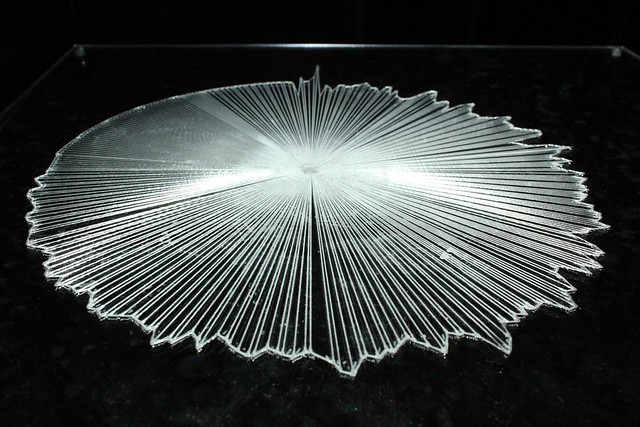
Generator.x 3.0. View on Flickr 
Generator.x 3.0. View on Flickr 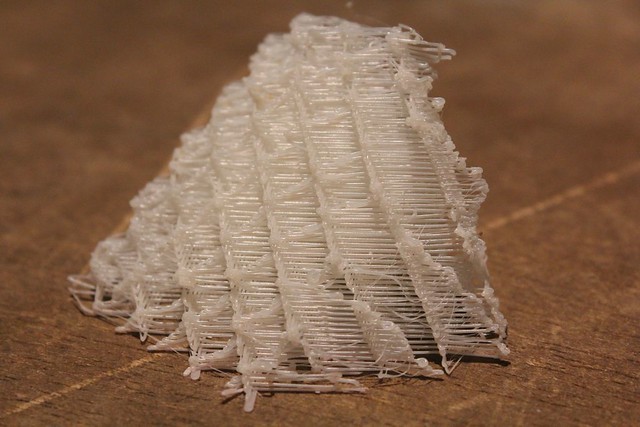
Generator.x 3.0. View on Flickr 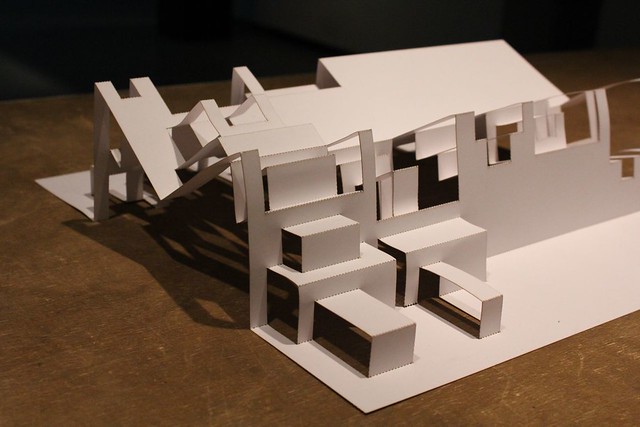
Generator.x 3.0. View on Flickr 
Generator.x 3.0. View on Flickr 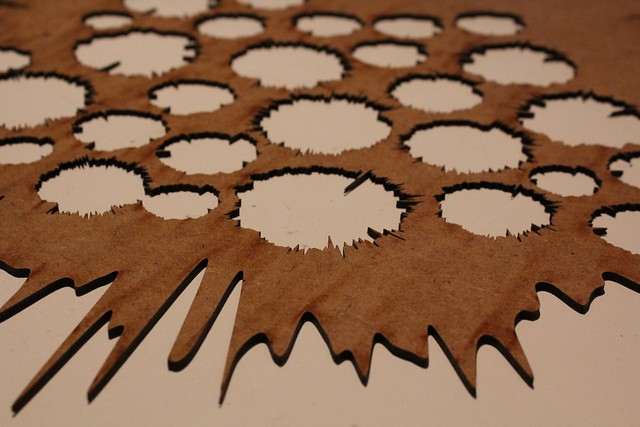
Generator.x 3.0. View on Flickr 
Generator.x 3.0. View on Flickr 
Generator.x 3.0. View on Flickr 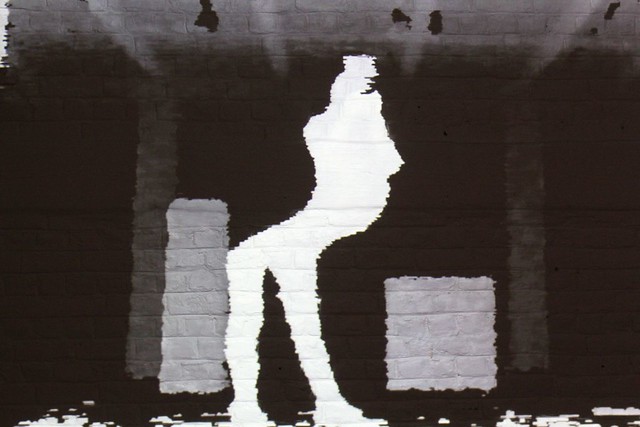
Generator.x 3.0. View on Flickr 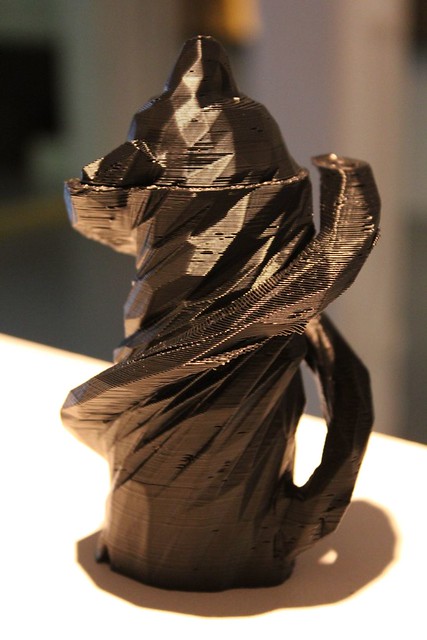
Generator.x 3.0. View on Flickr 
Generator.x 3.0. View on Flickr 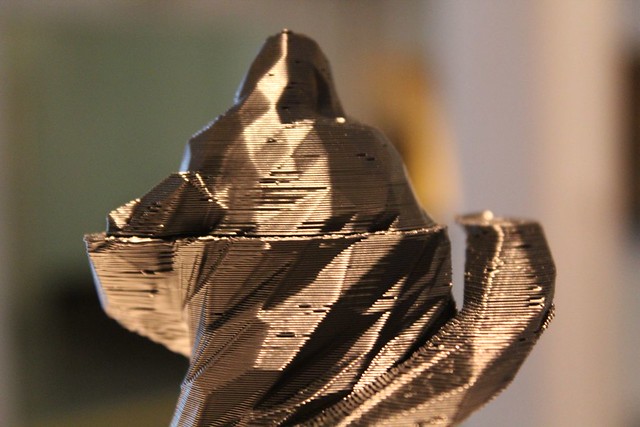
Generator.x 3.0. View on Flickr 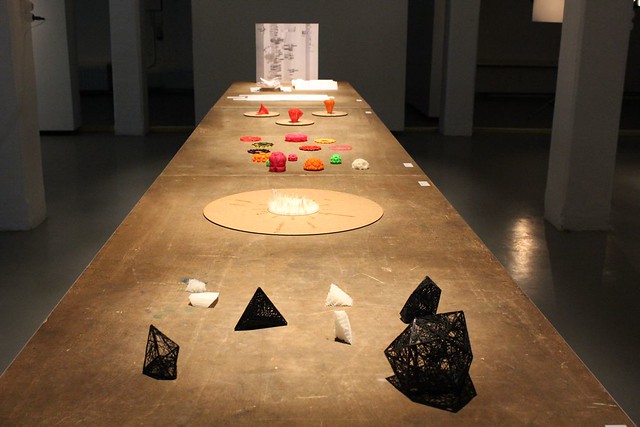
Generator.x 3.0. View on Flickr 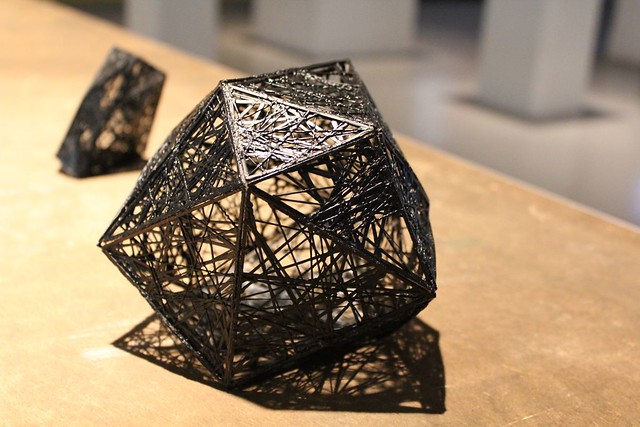
Generator.x 3.0. View on Flickr 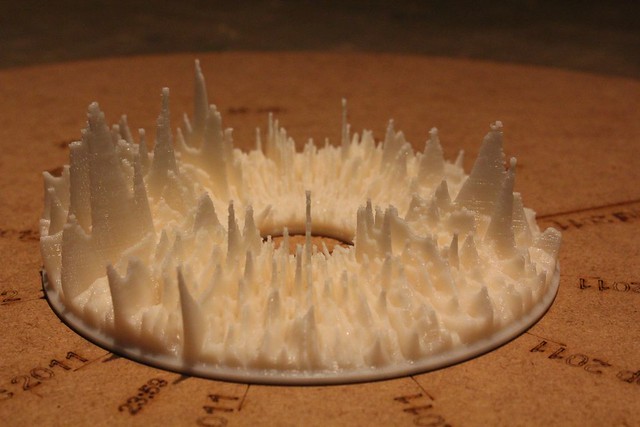
Generator.x 3.0. View on Flickr 
Generator.x 3.0. View on Flickr 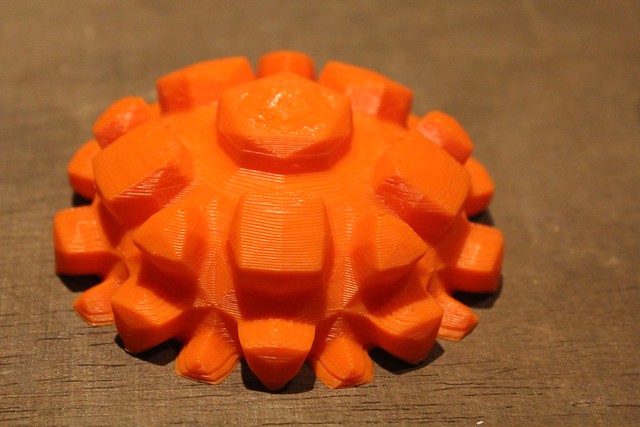
Generator.x 3.0. View on Flickr 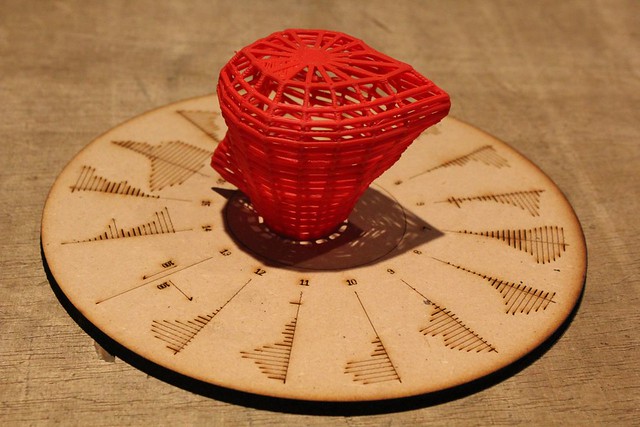
Generator.x 3.0. View on Flickr 
Generator.x 3.0 exhibition. View on Flickr 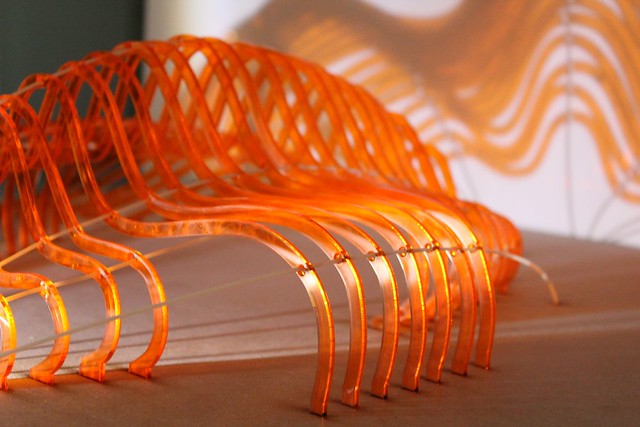
Generator.x 3.0 exhibition. View on Flickr 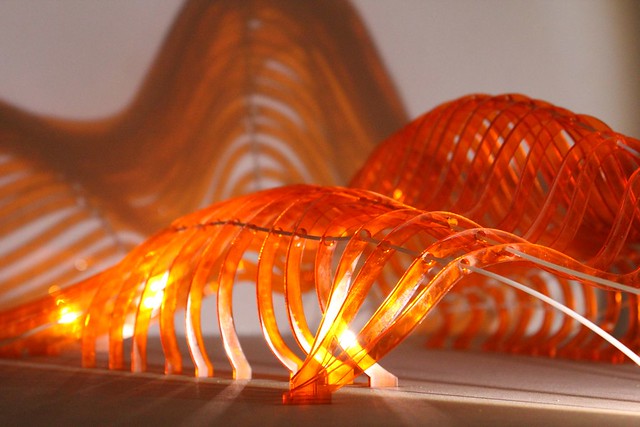
Generator.x 3.0 exhibition. View on Flickr 
Generator.x 3.0 exhibition. View on Flickr 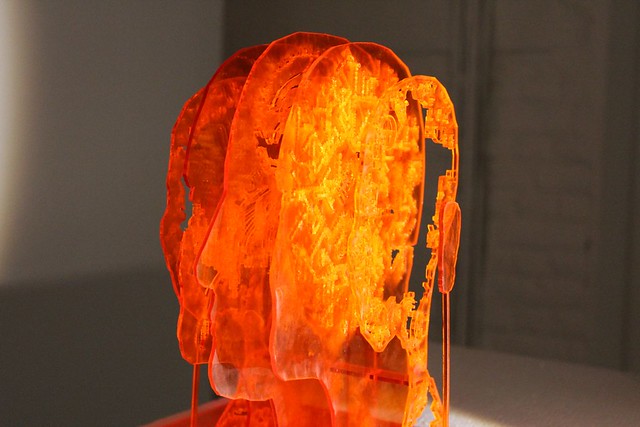
Generator.x 3.0 exhibition. View on Flickr 
Generator.x 3.0 exhibition. View on Flickr 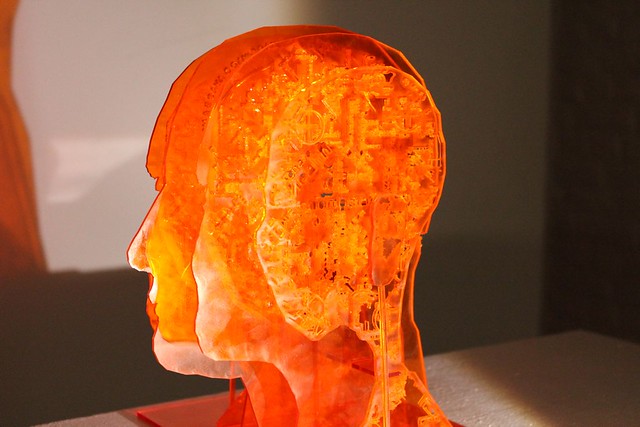
Generator.x 3.0 exhibition. View on Flickr 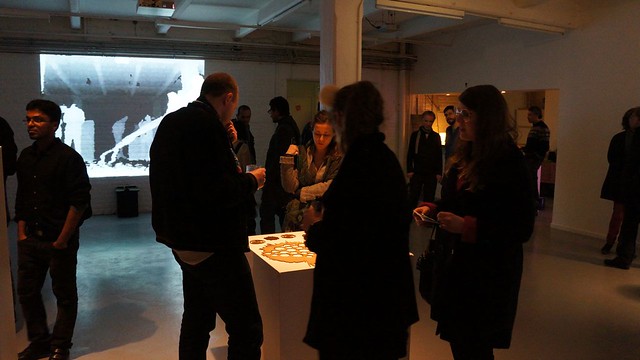
Generator.x 3.0 Opening. View on Flickr 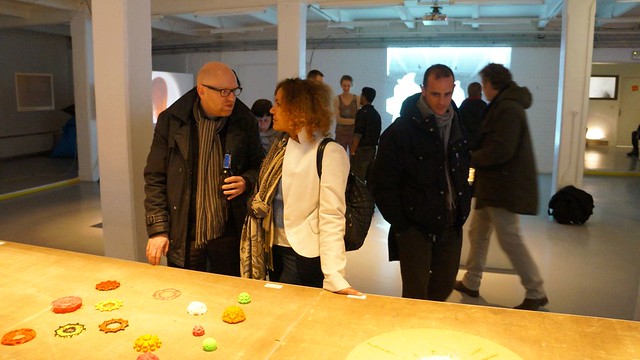
Generator.x 3.0 Opening. View on Flickr 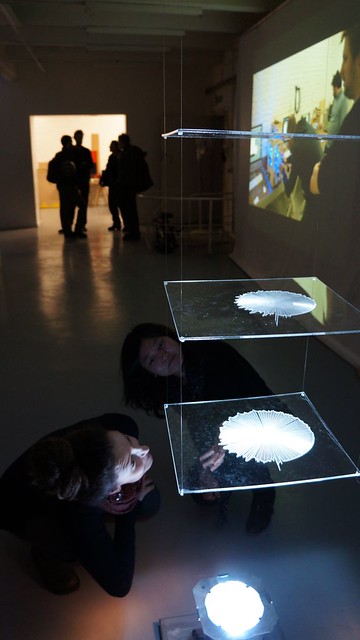
Generator.x 3.0 Opening. View on Flickr 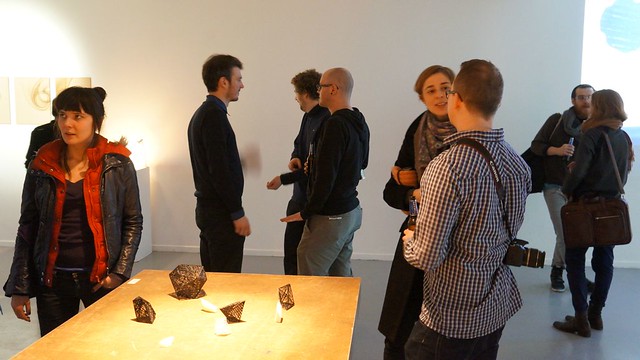
Generator.x 3.0 Opening. View on Flickr 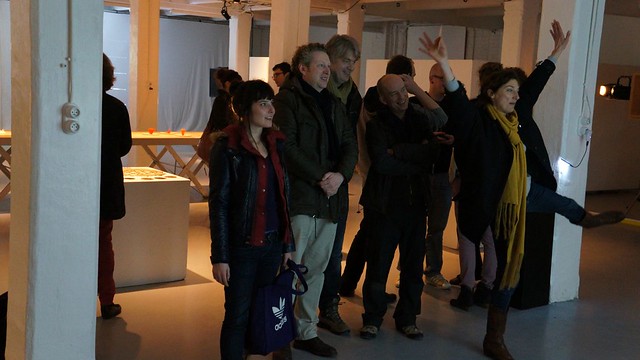
Generator.x 3.0 Opening. View on Flickr 
Generator.x 3.0 Opening. View on Flickr 
Generator.x 3.0 Opening. View on Flickr 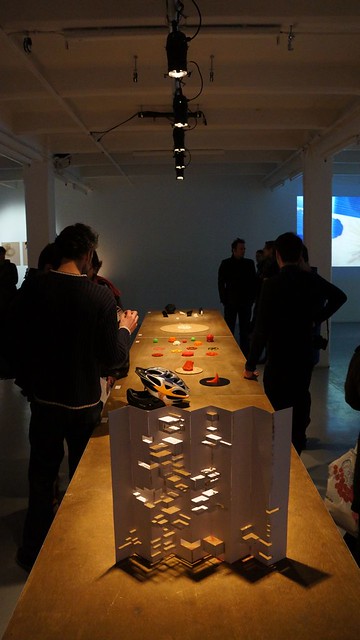
Generator.x 3.0 Opening. View on Flickr 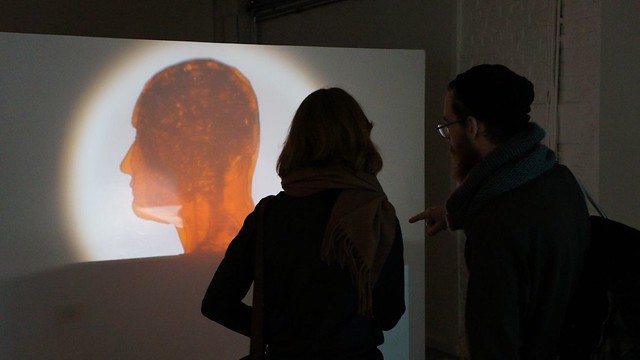
Generator.x 3.0 Opening. View on Flickr 
Generator.x 3.0 Opening. View on Flickr 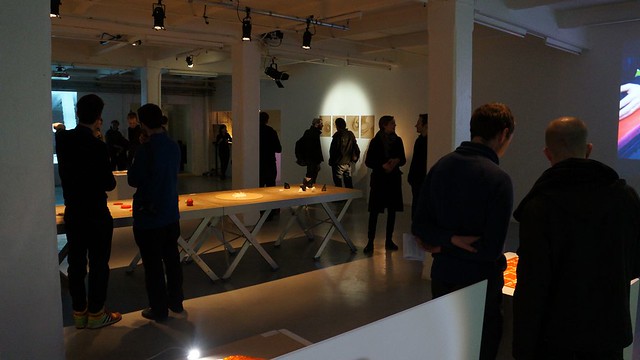
Generator.x 3.0 Opening. View on Flickr 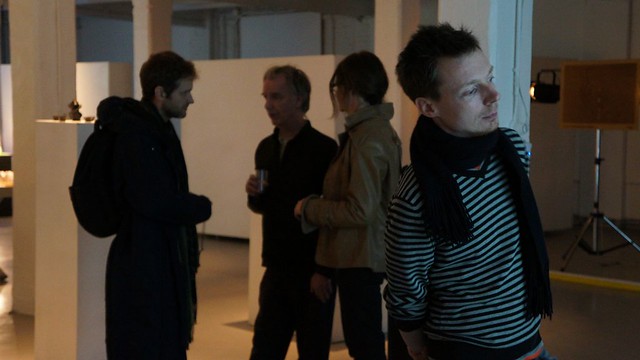
Generator.x 3.0 Opening. View on Flickr 
Generator.x 3.0 Opening. View on Flickr 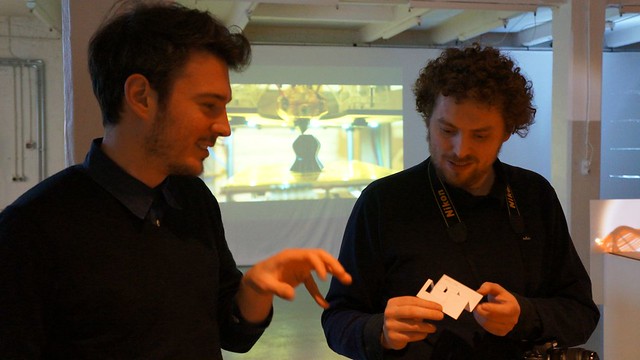
Generator.x 3.0 Opening. View on Flickr 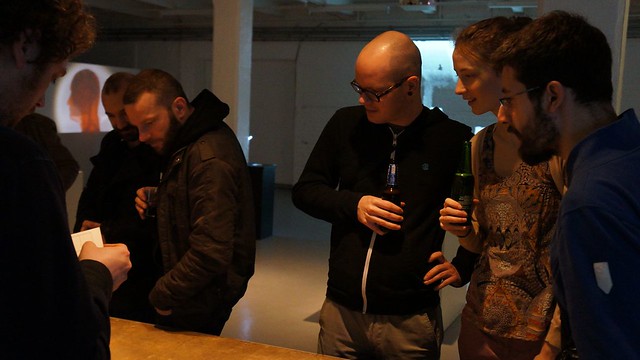
Generator.x 3.0 Opening. View on Flickr
Exposition
25-26 février, 12:00-18:00
Vernissage 24 février, 18:00
Entrée libre!
Workshop / Production Lab
18-24 février
Frais de participation: 50 EUR
(lunch weekend + boissons inclues)
Inscriptions clôturées
Lieu:
iMAL
30, Quai des Charbonnages
1080 Bruxelles
BELGIUM
Evénement parallèle
Marius Watz: Mark Making
Exposition au MediaRuimte
29.02 > 31.03.12
+ vernissage & concert 25.02, 20:00
Une archive : 1999-2010-2019
Cette page est une archive du site d'iMAL tel qu'il existait entre 2010 et 2019. Il documente activités et projets créés depuis 1999.
Pour notre actualité et nos activités plus récentes, veuillez vous rendre sur notre nouveau site https://imal.org

